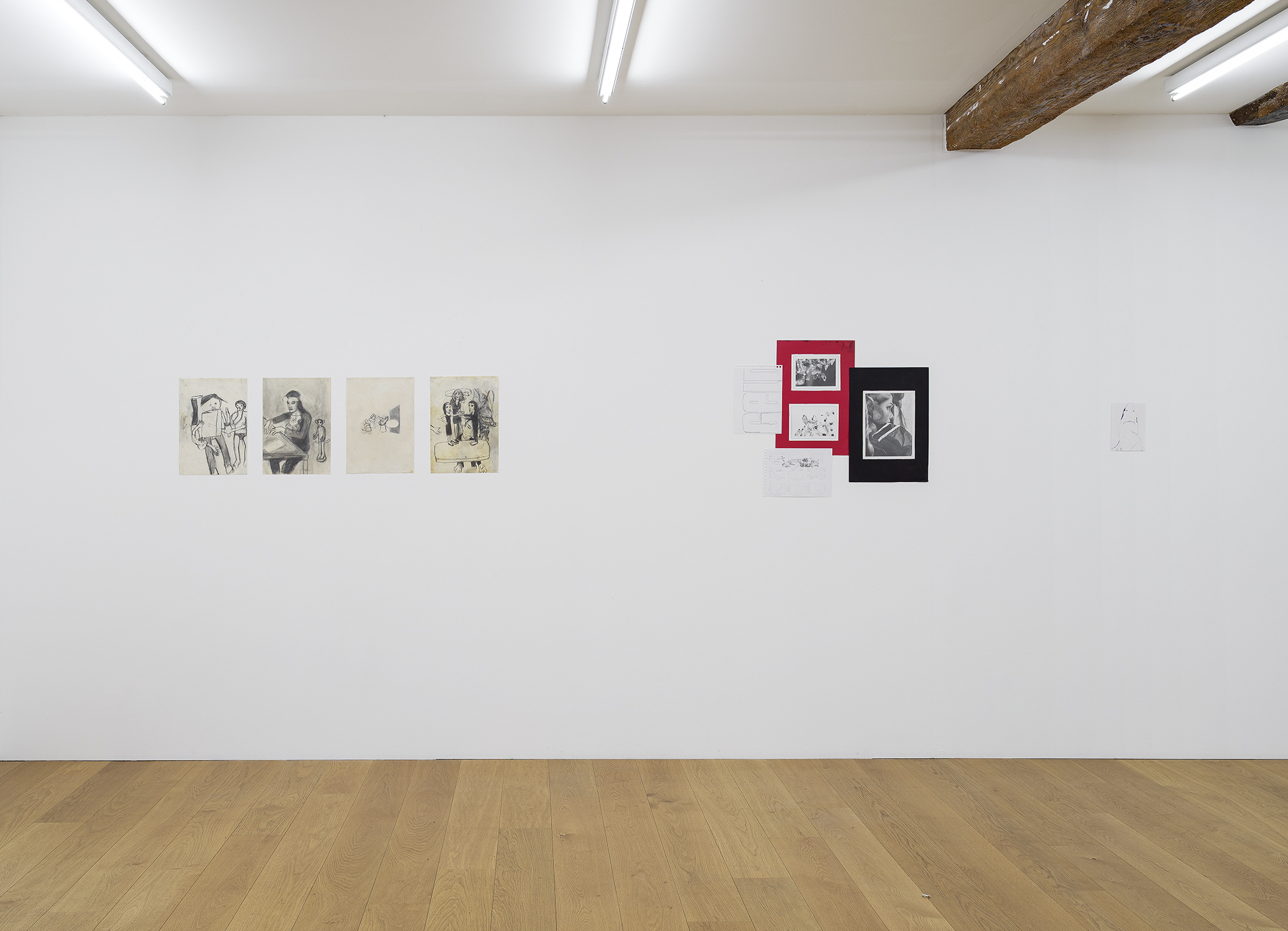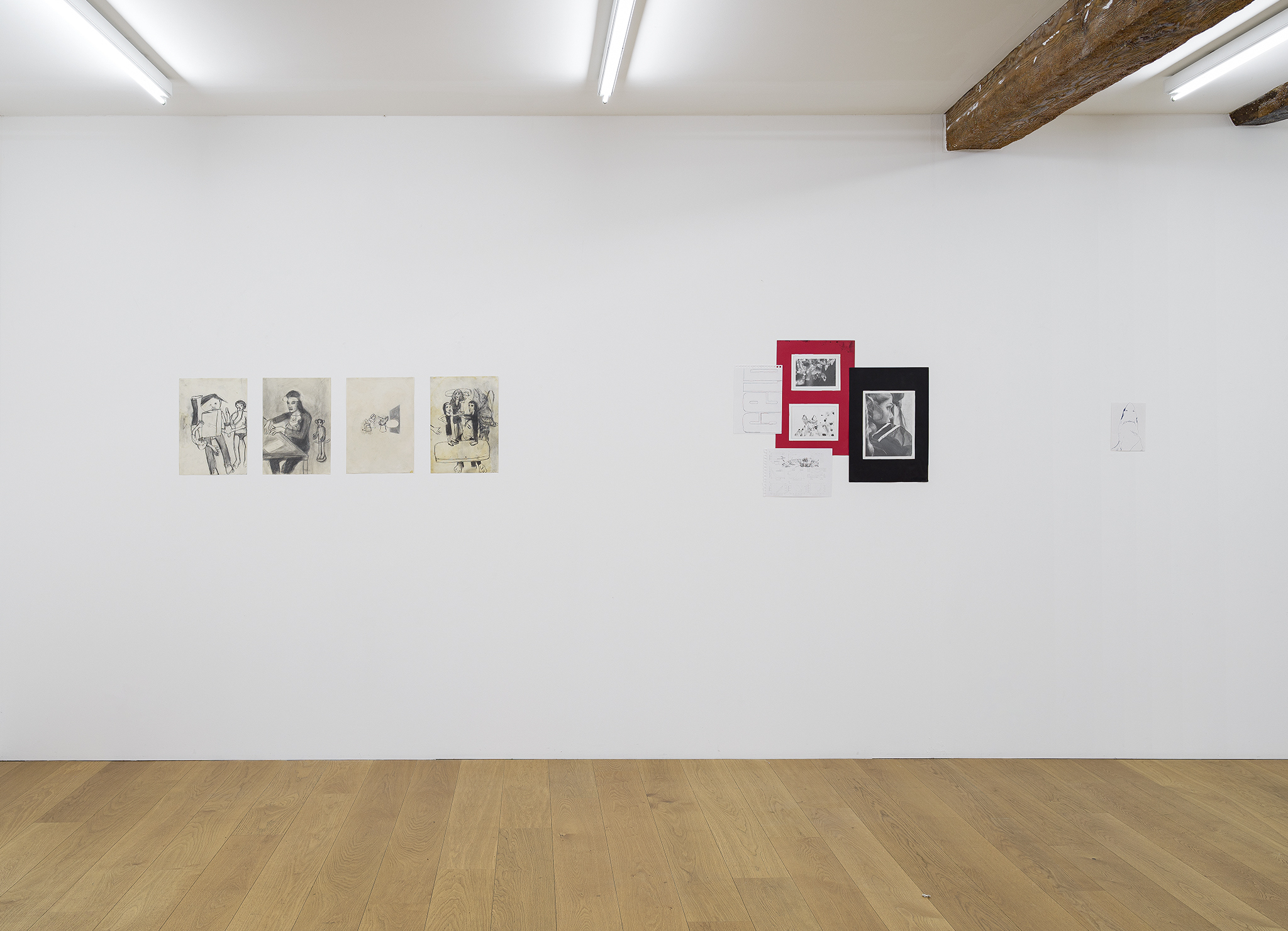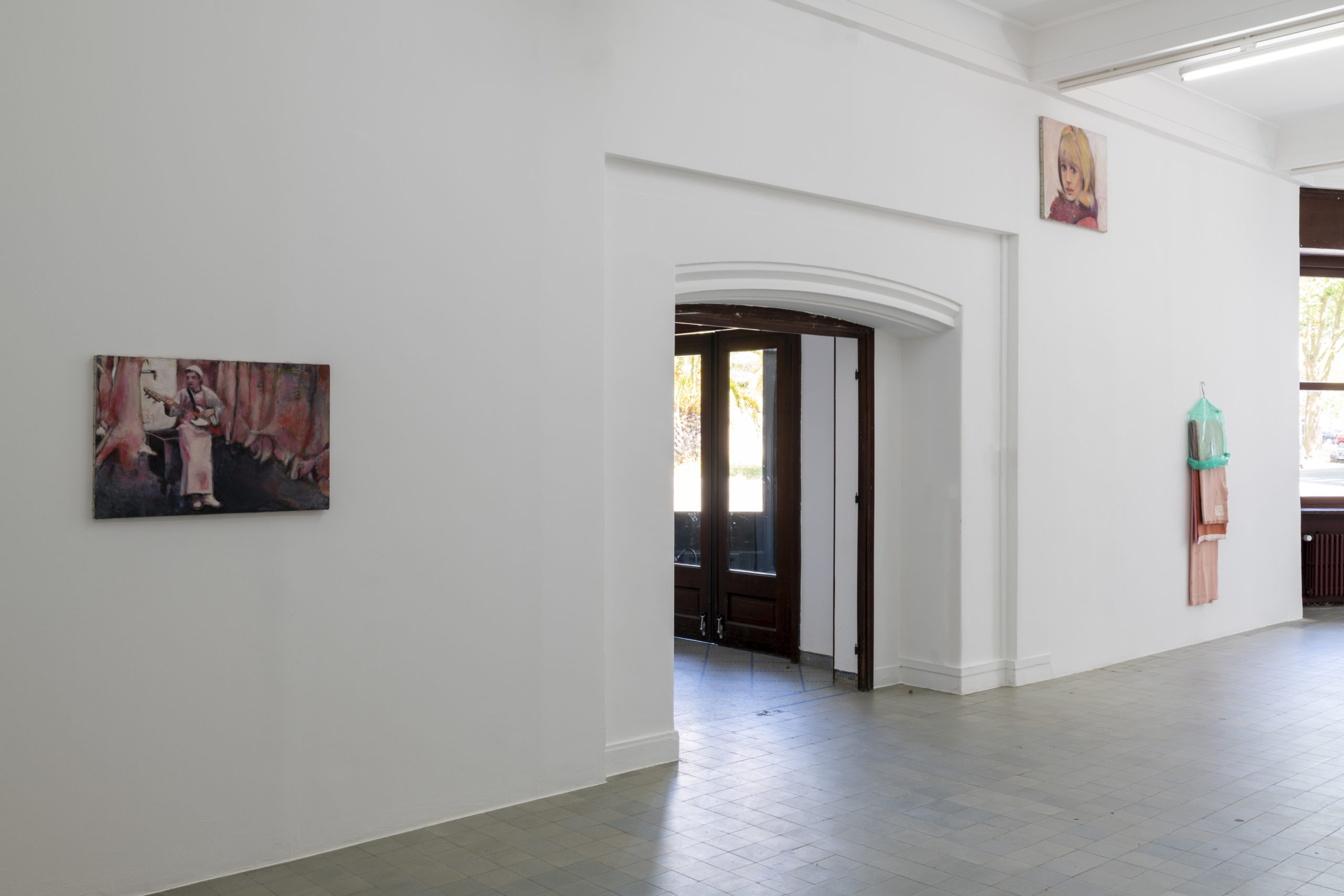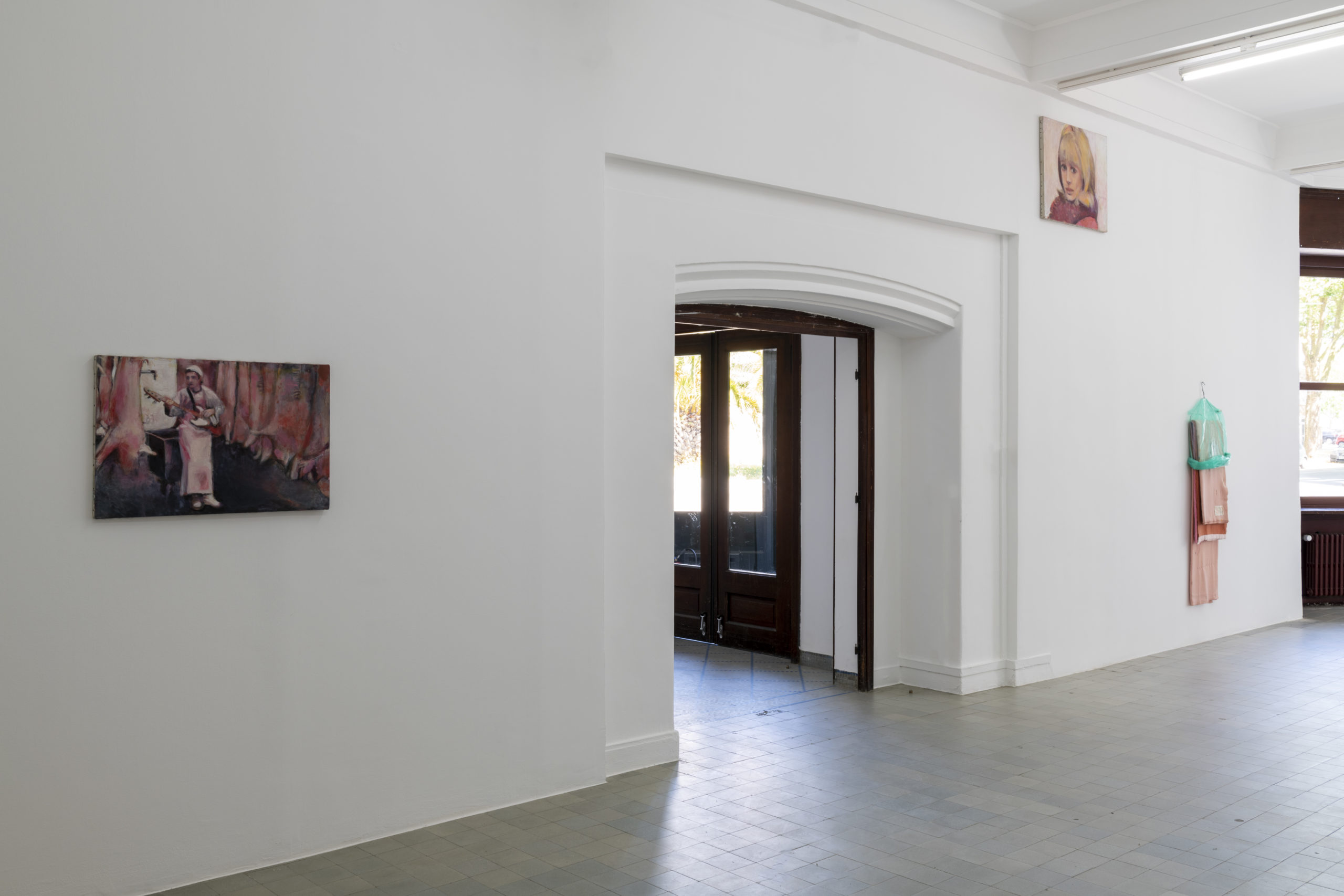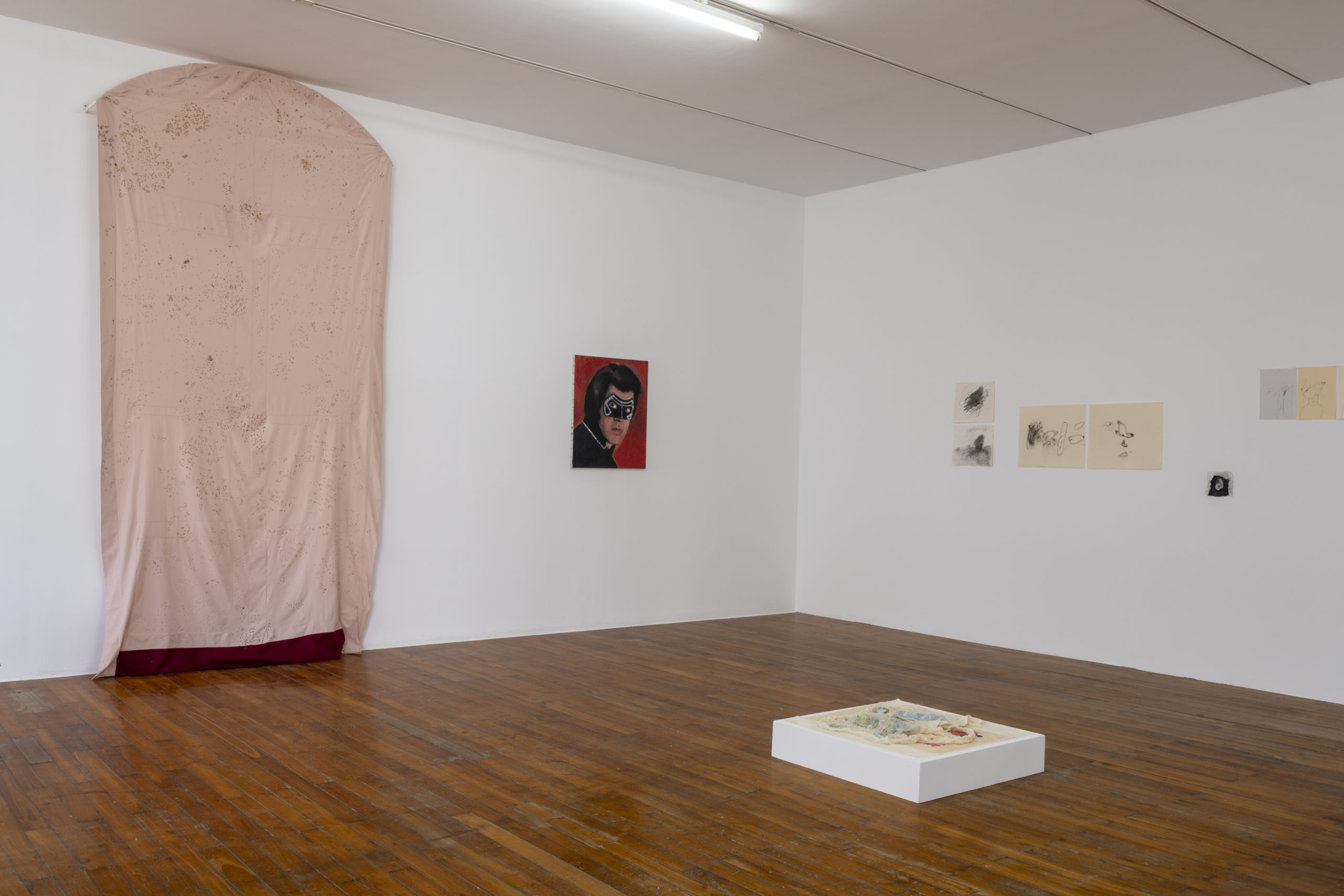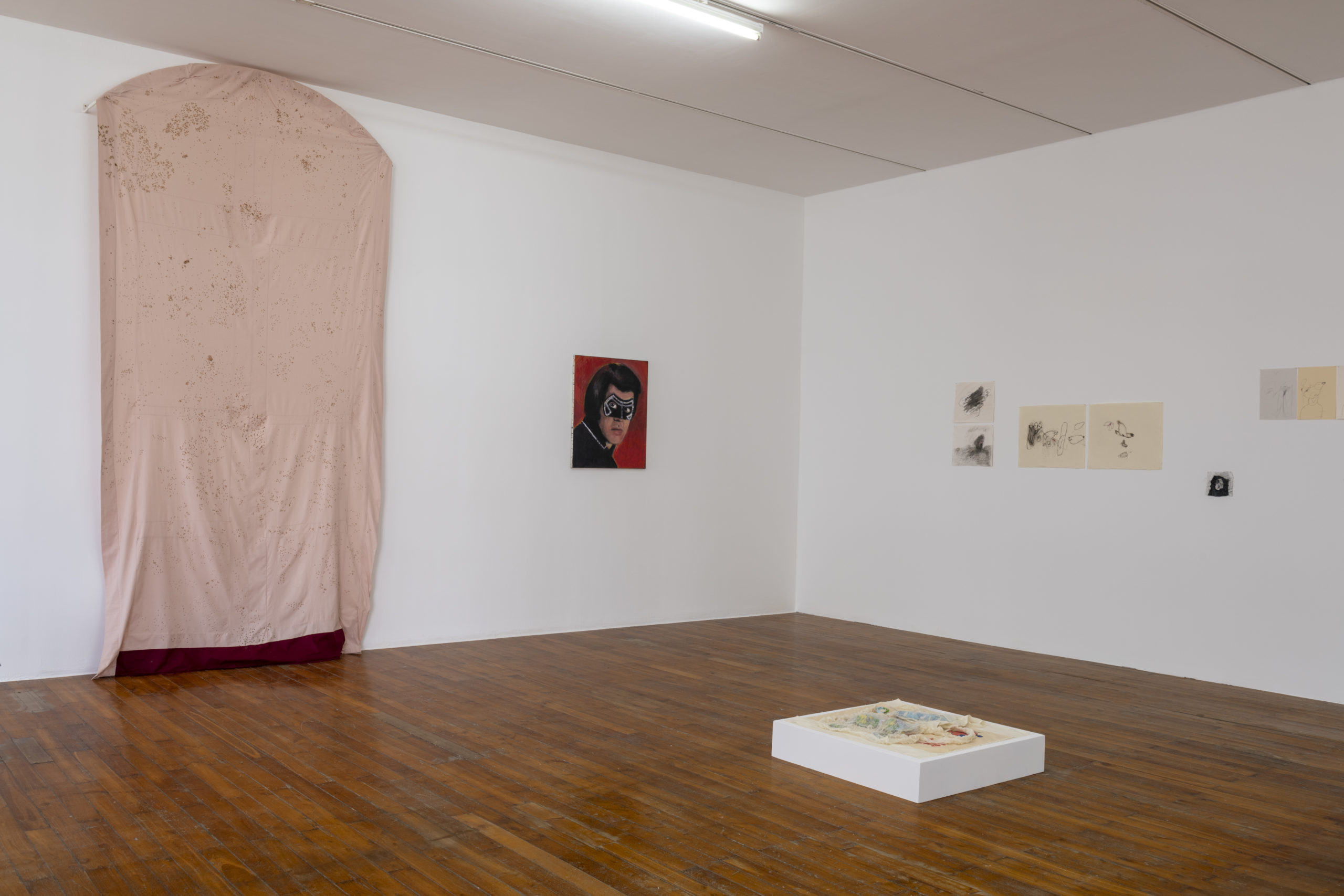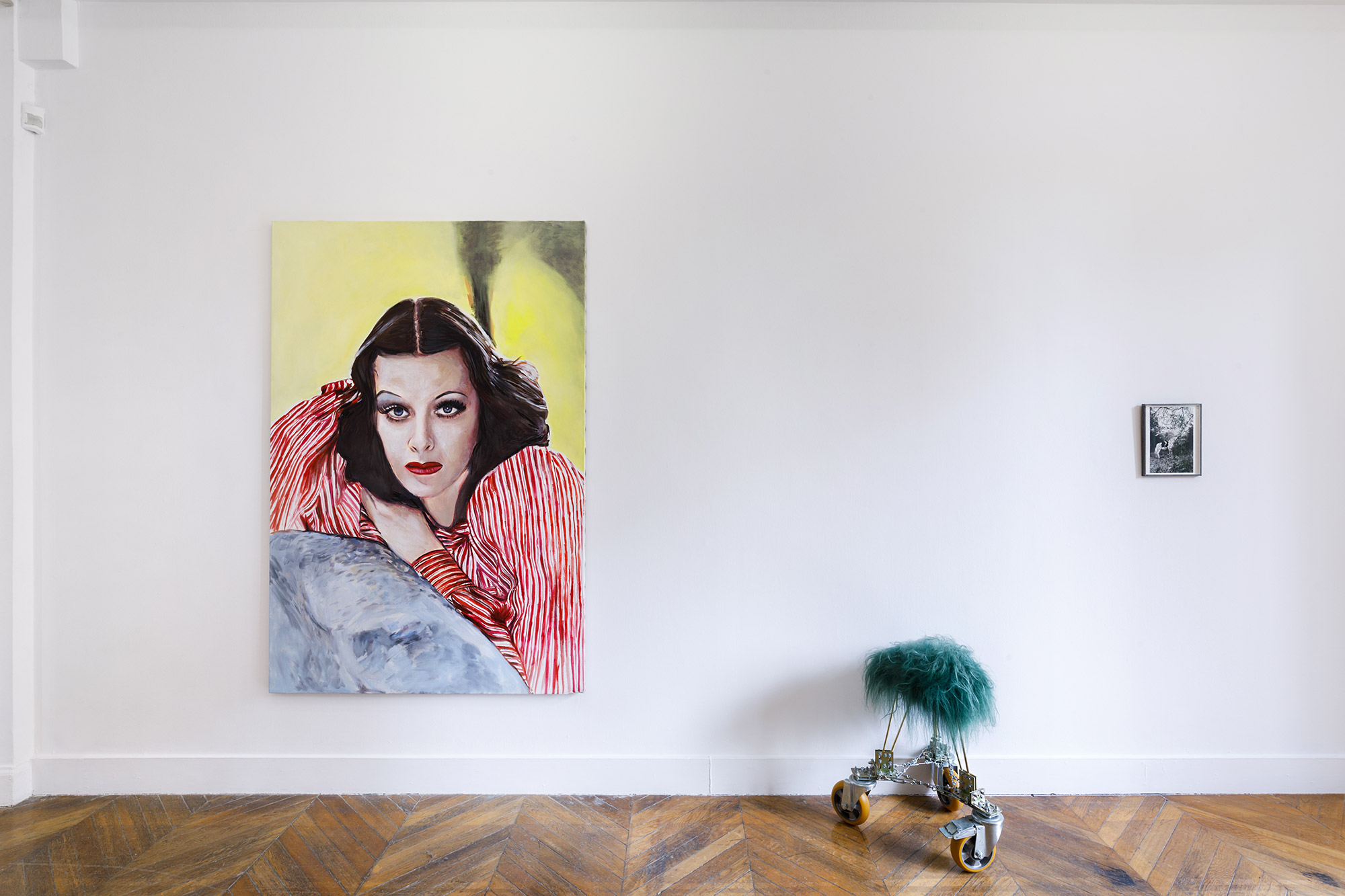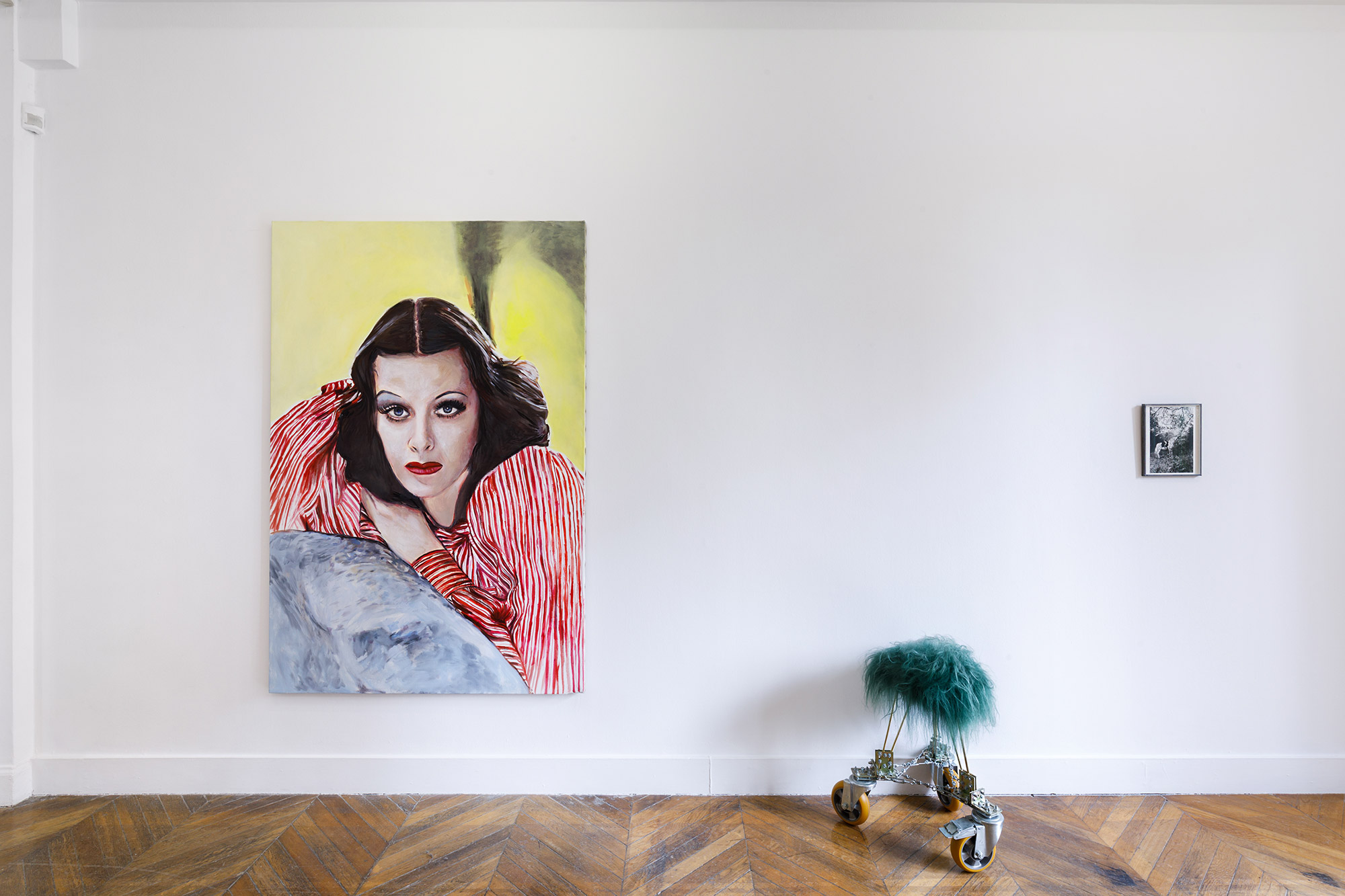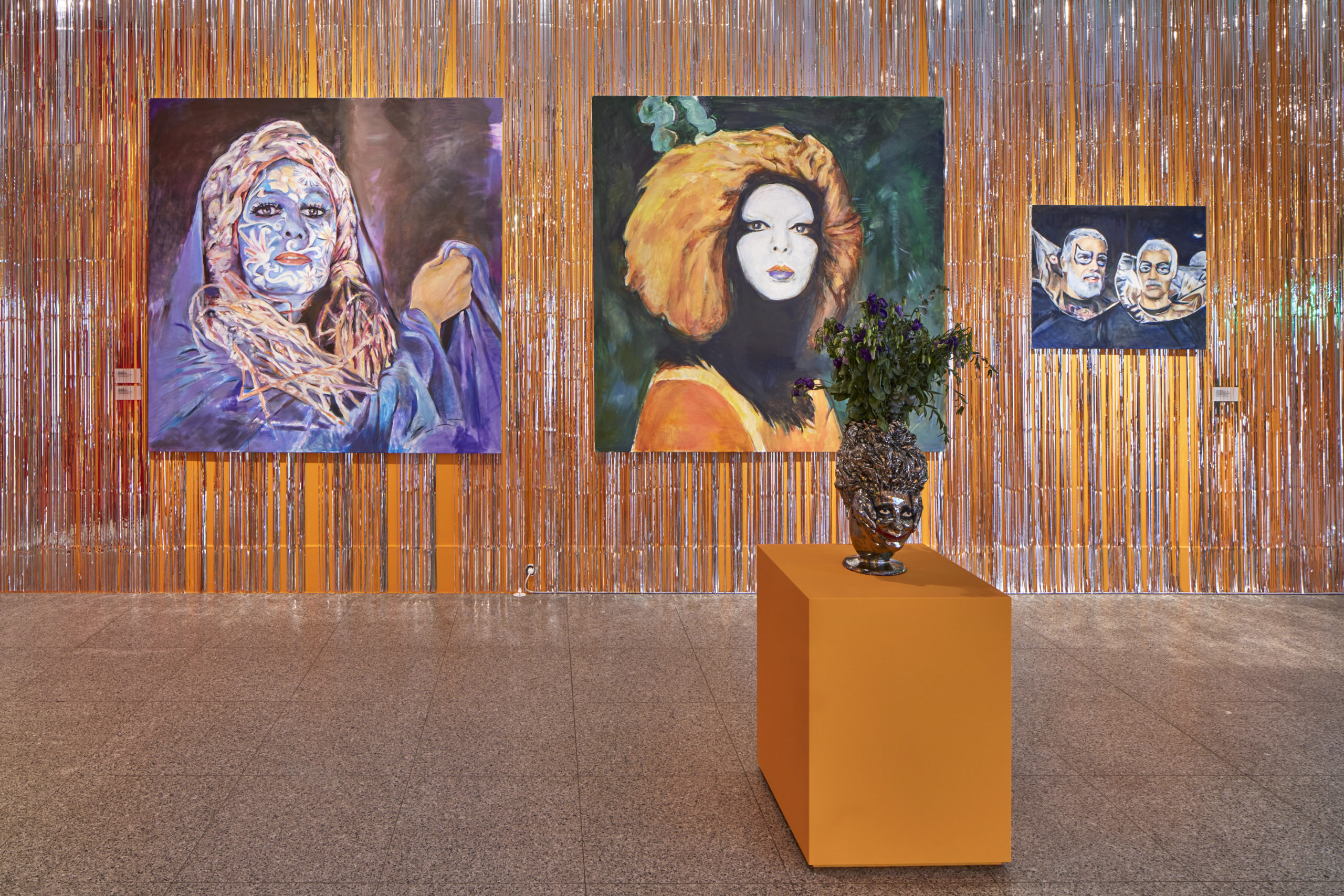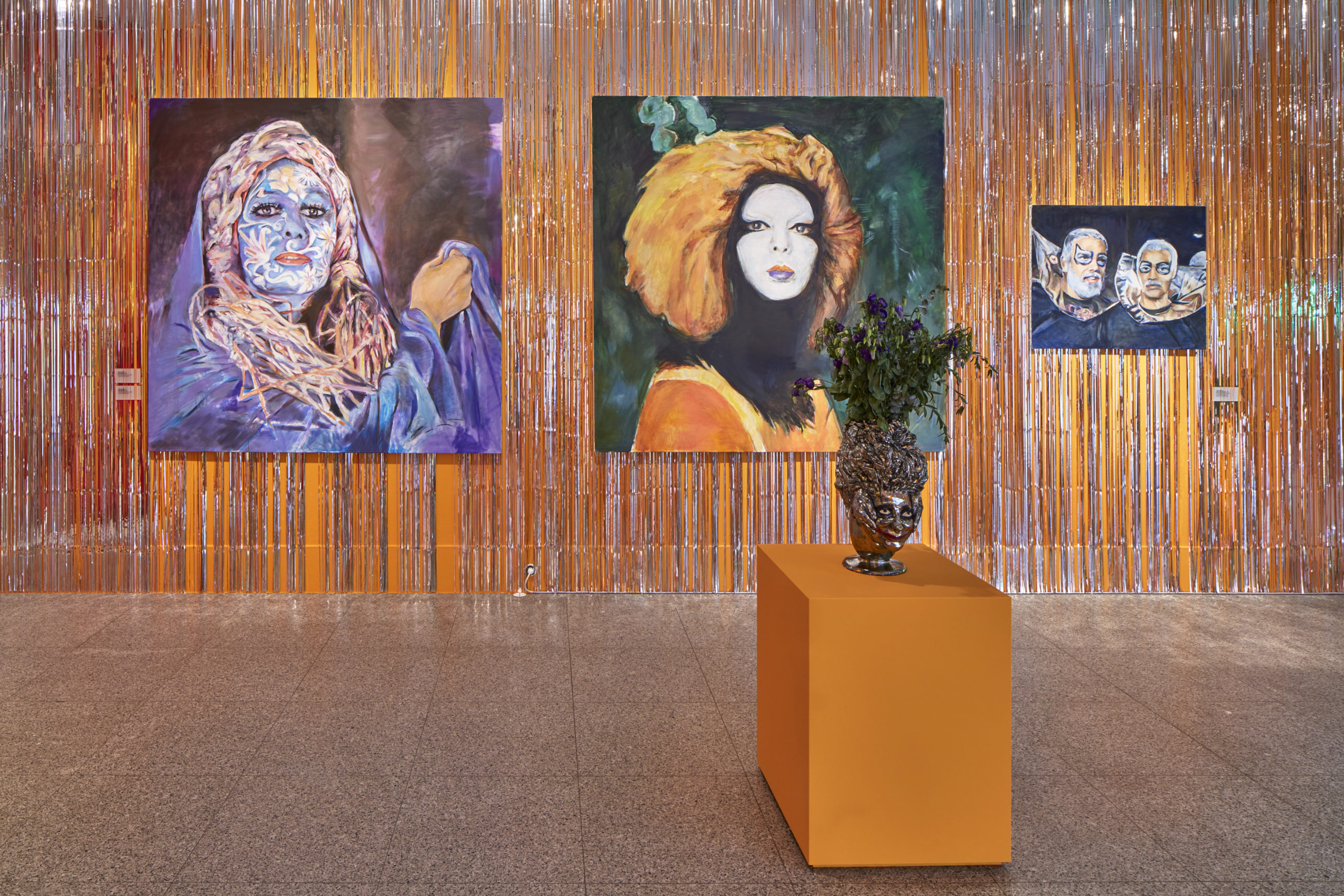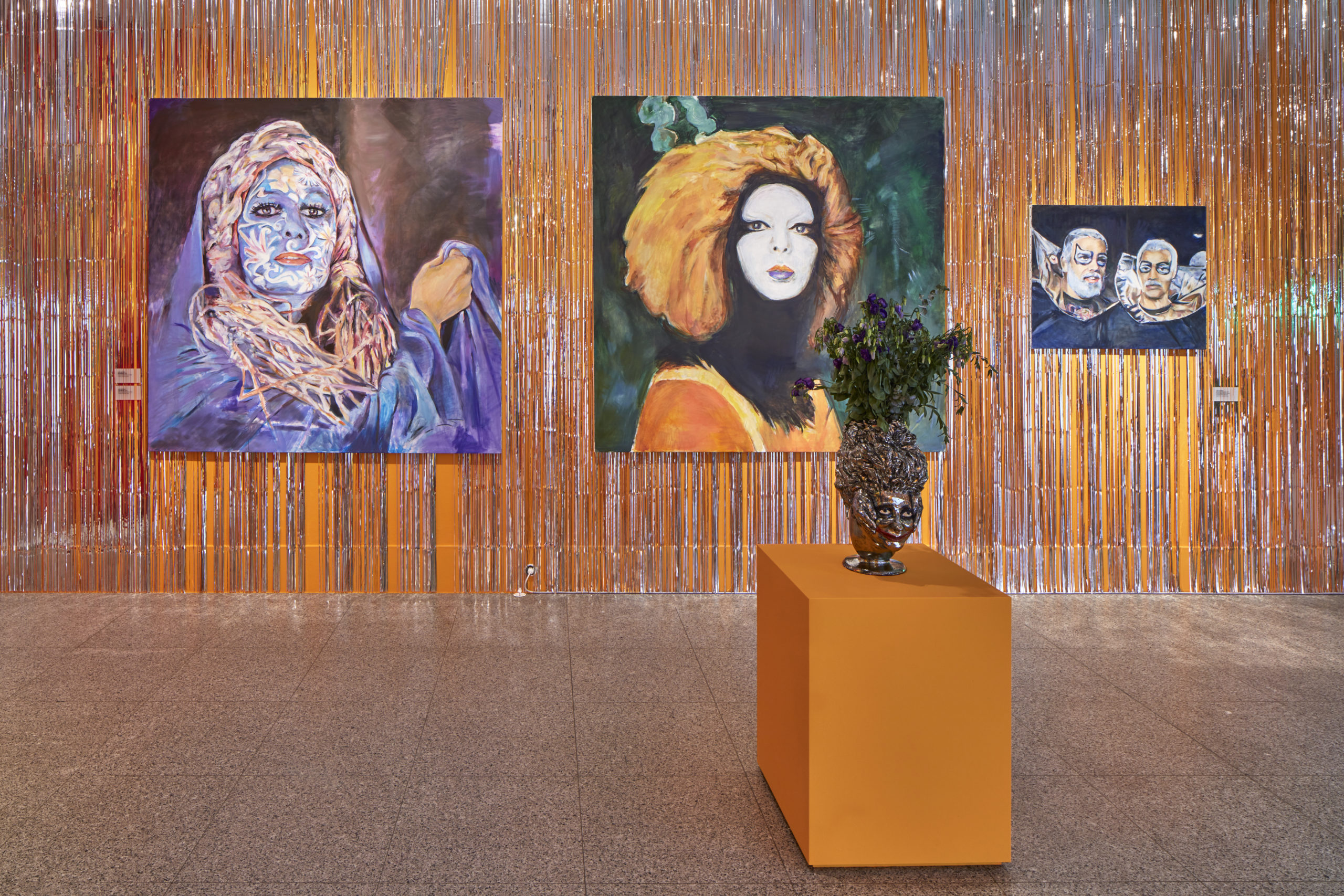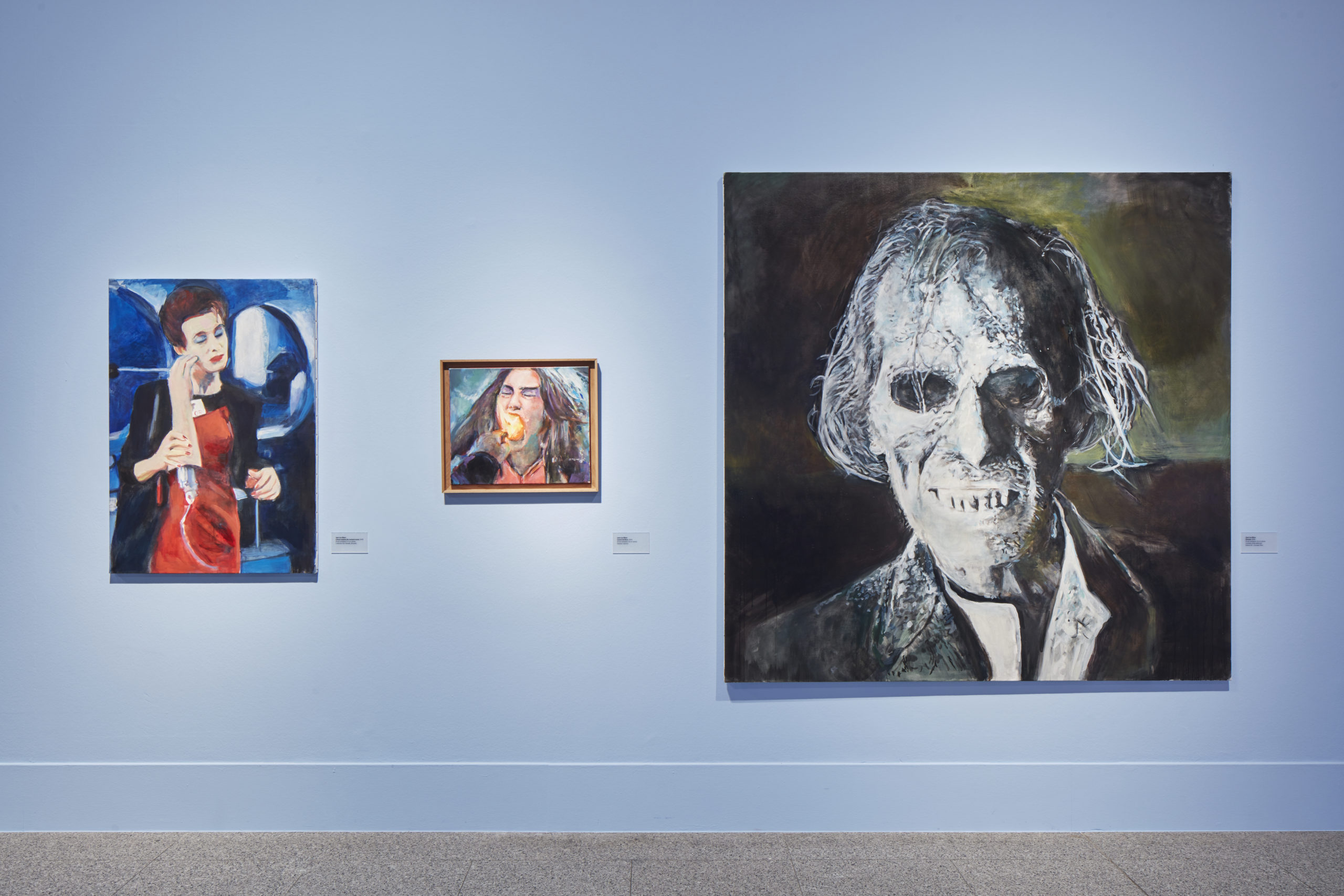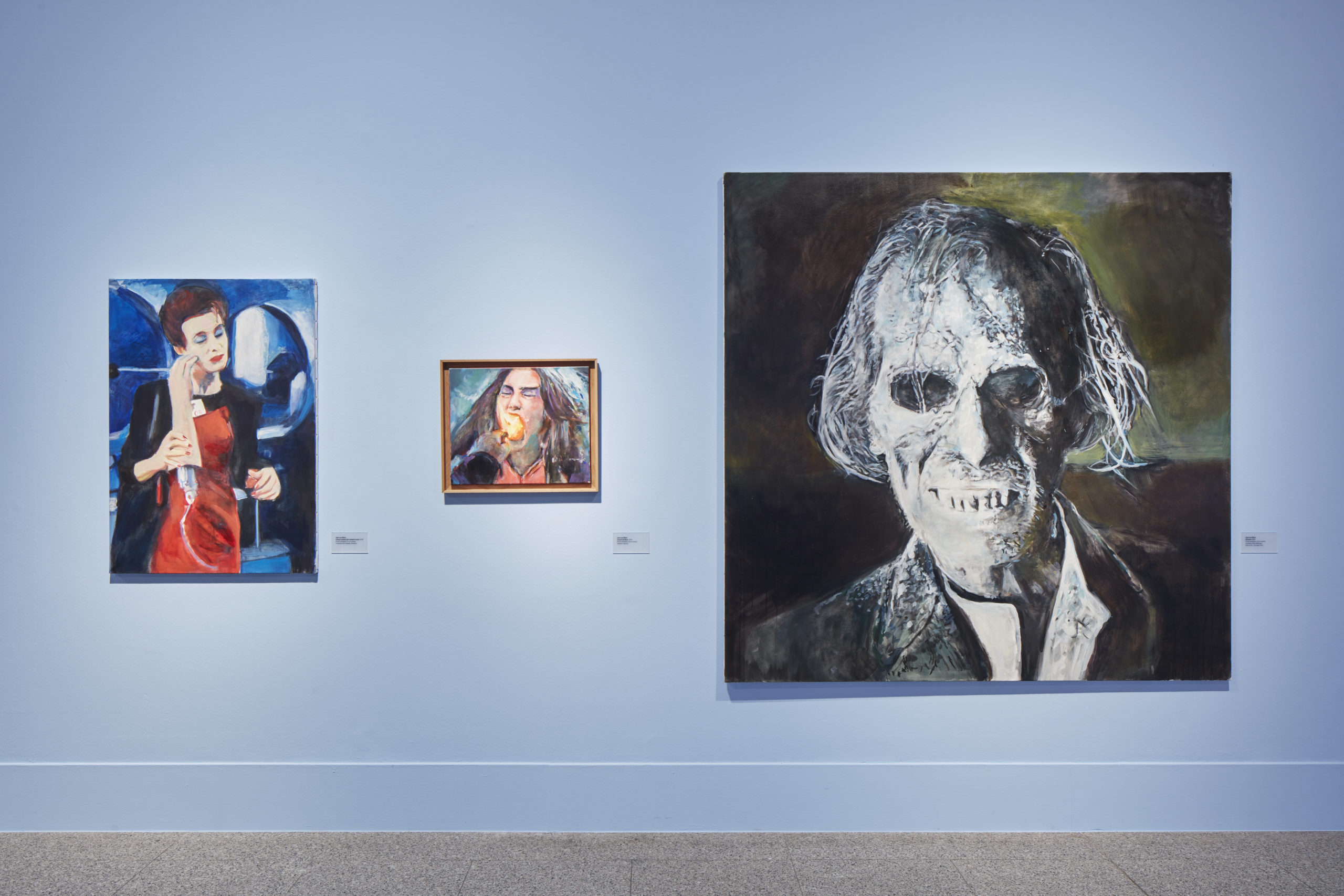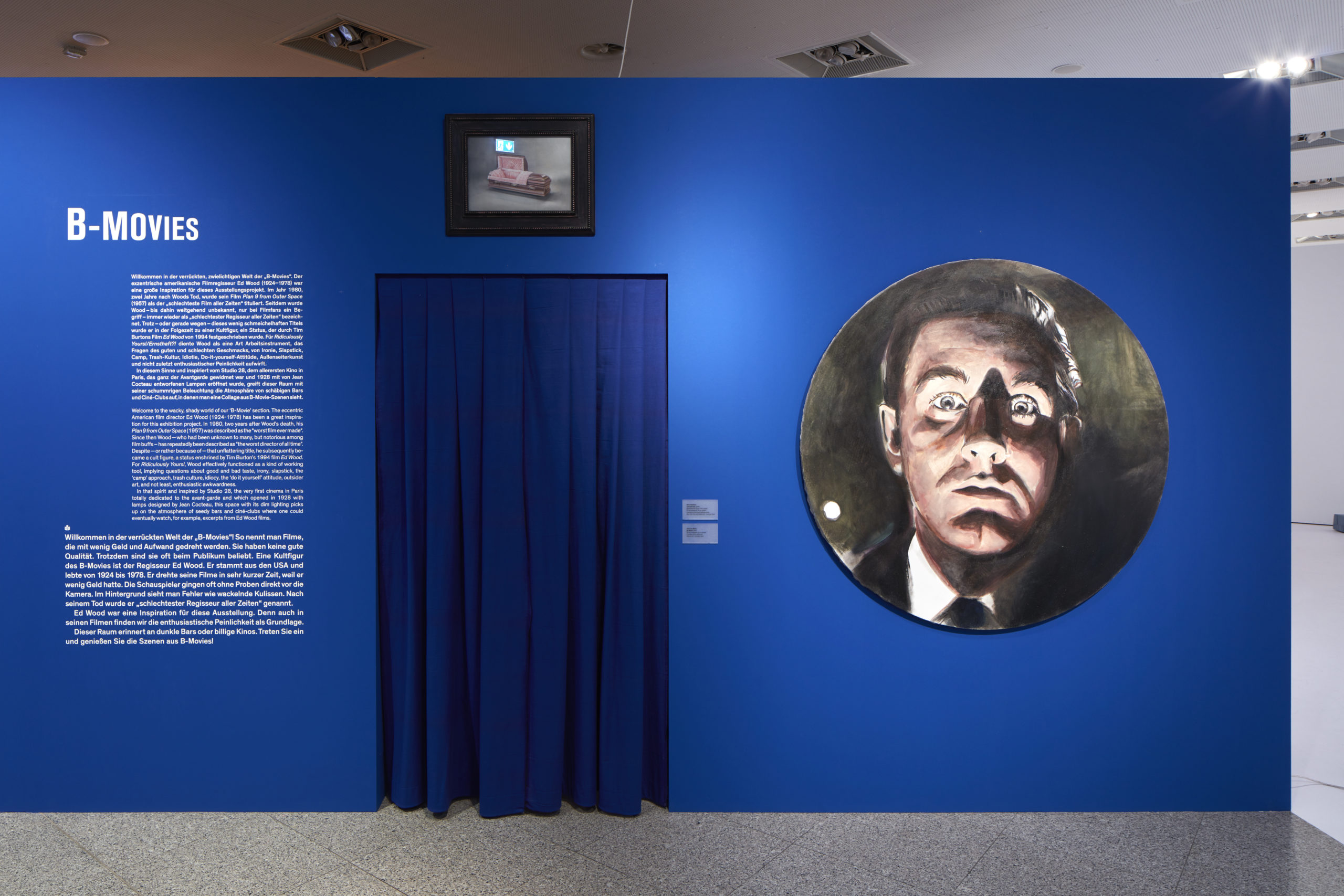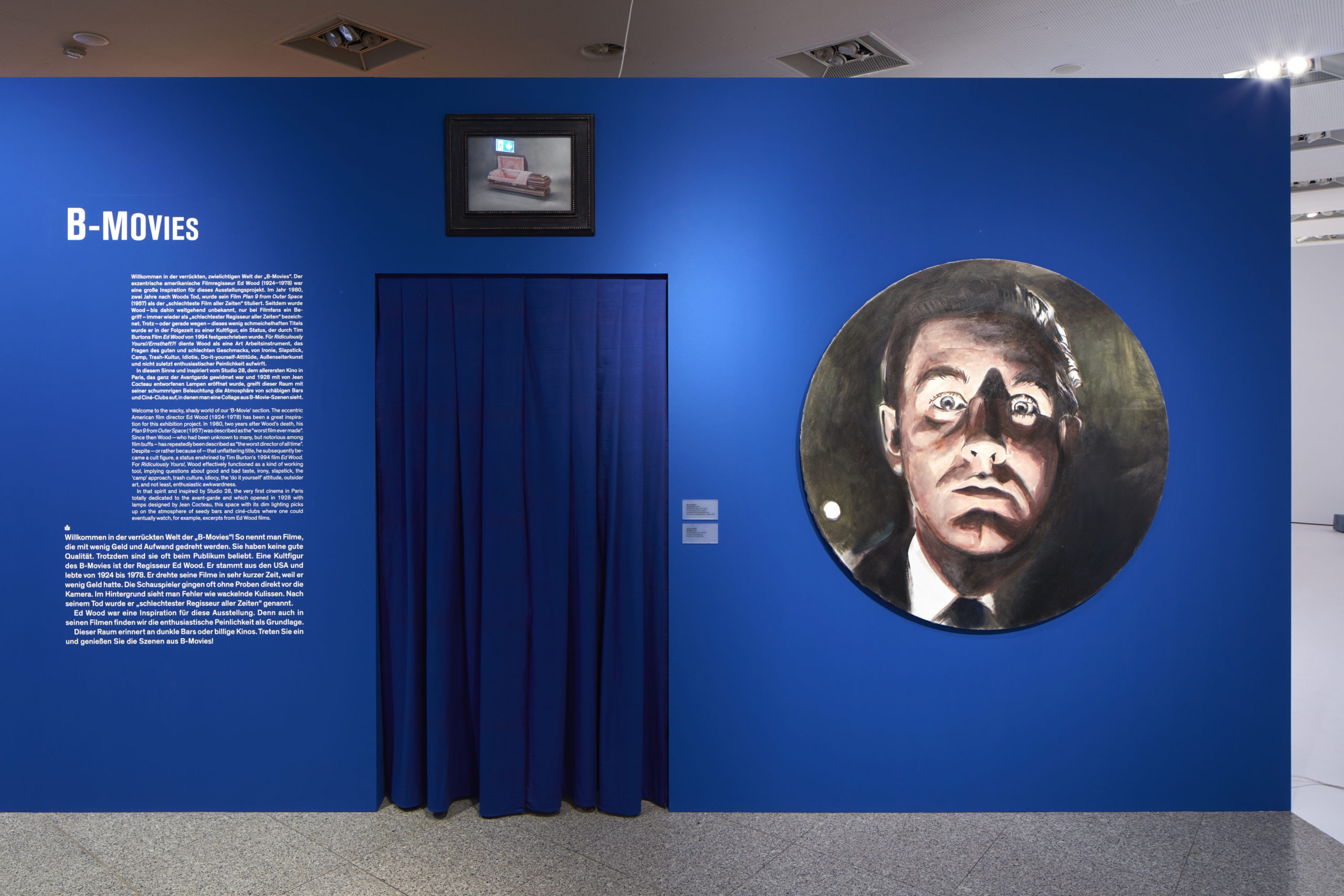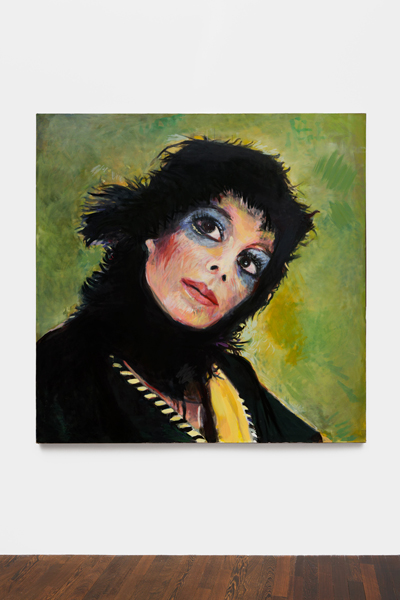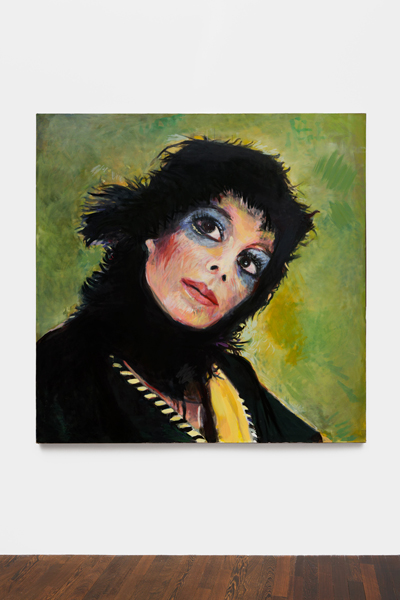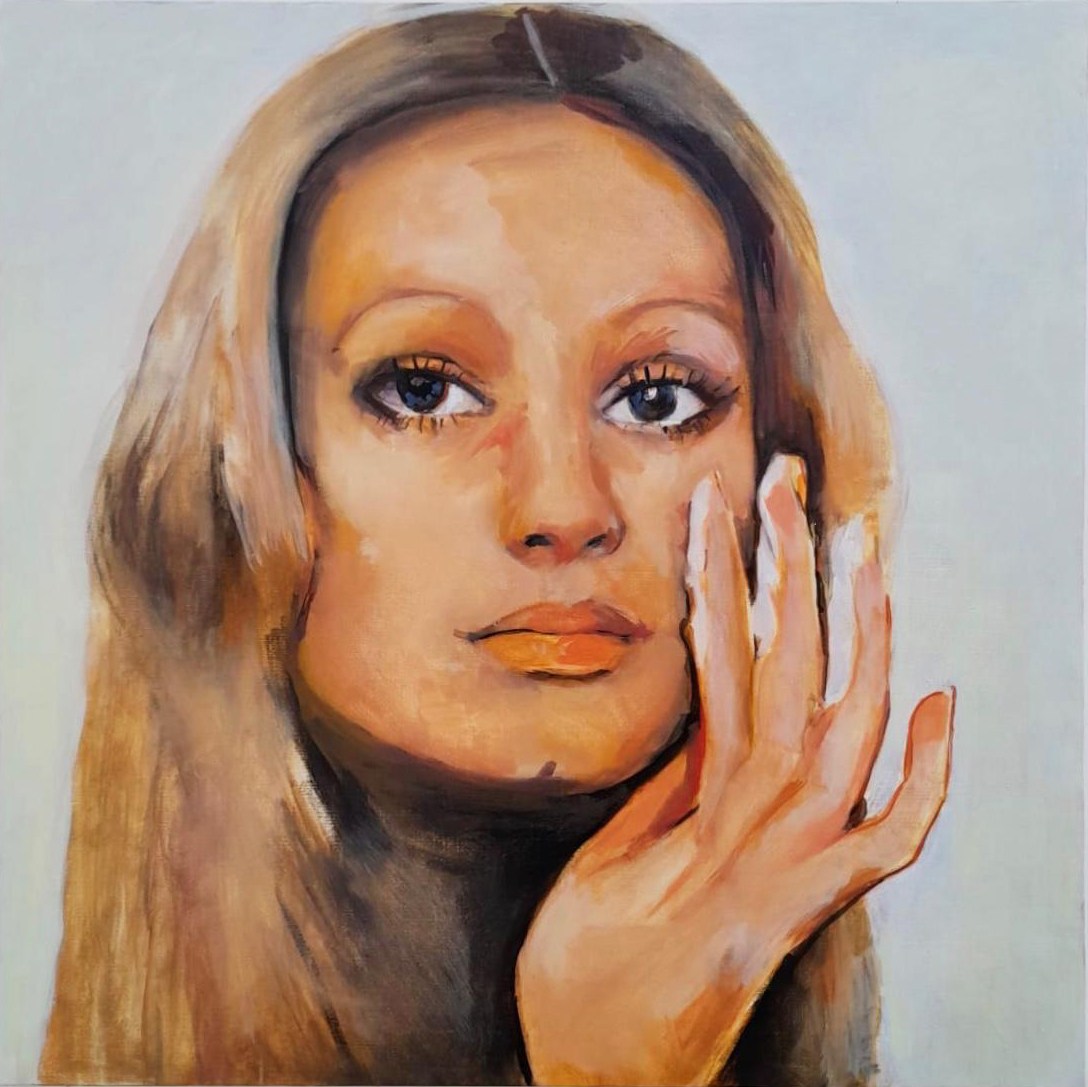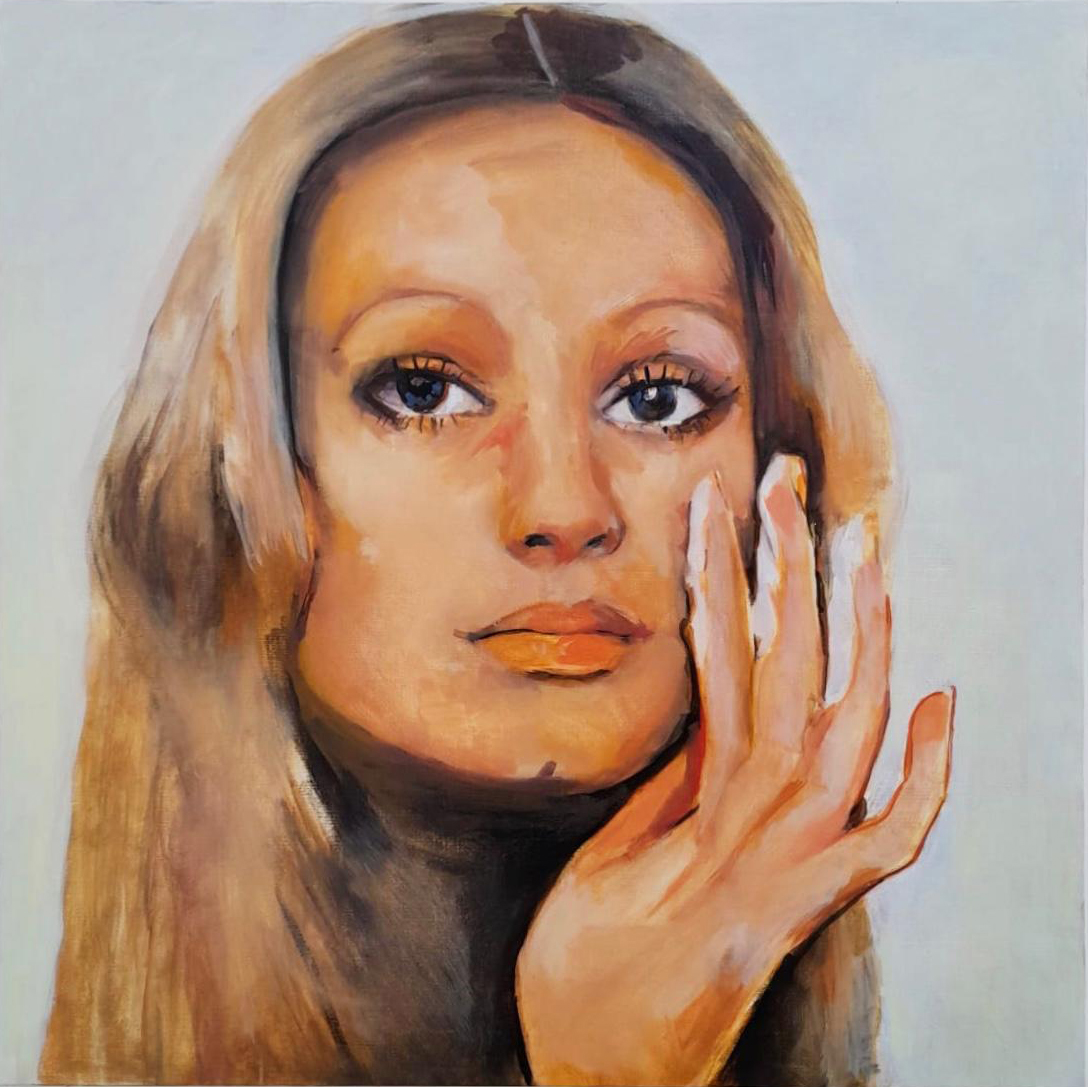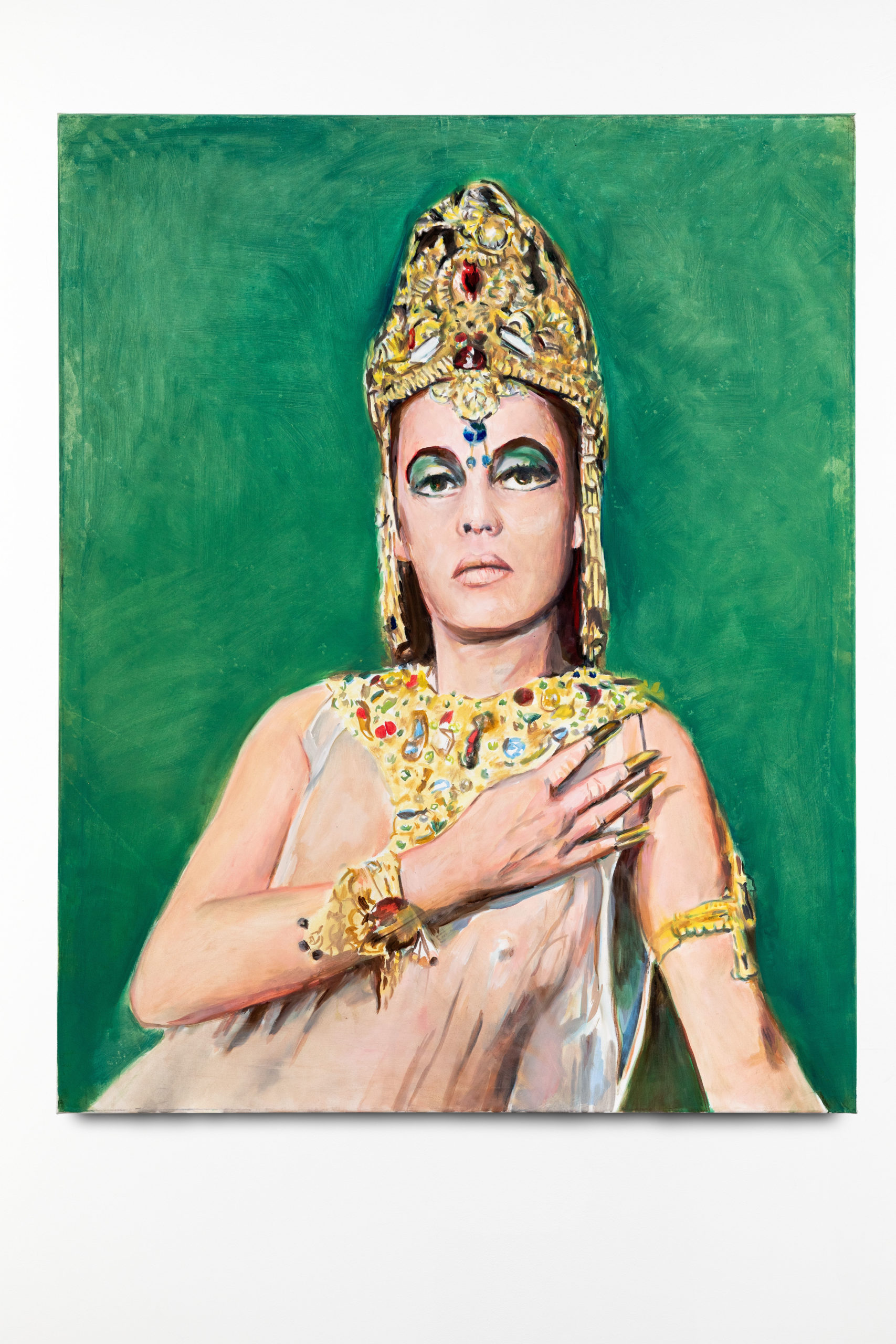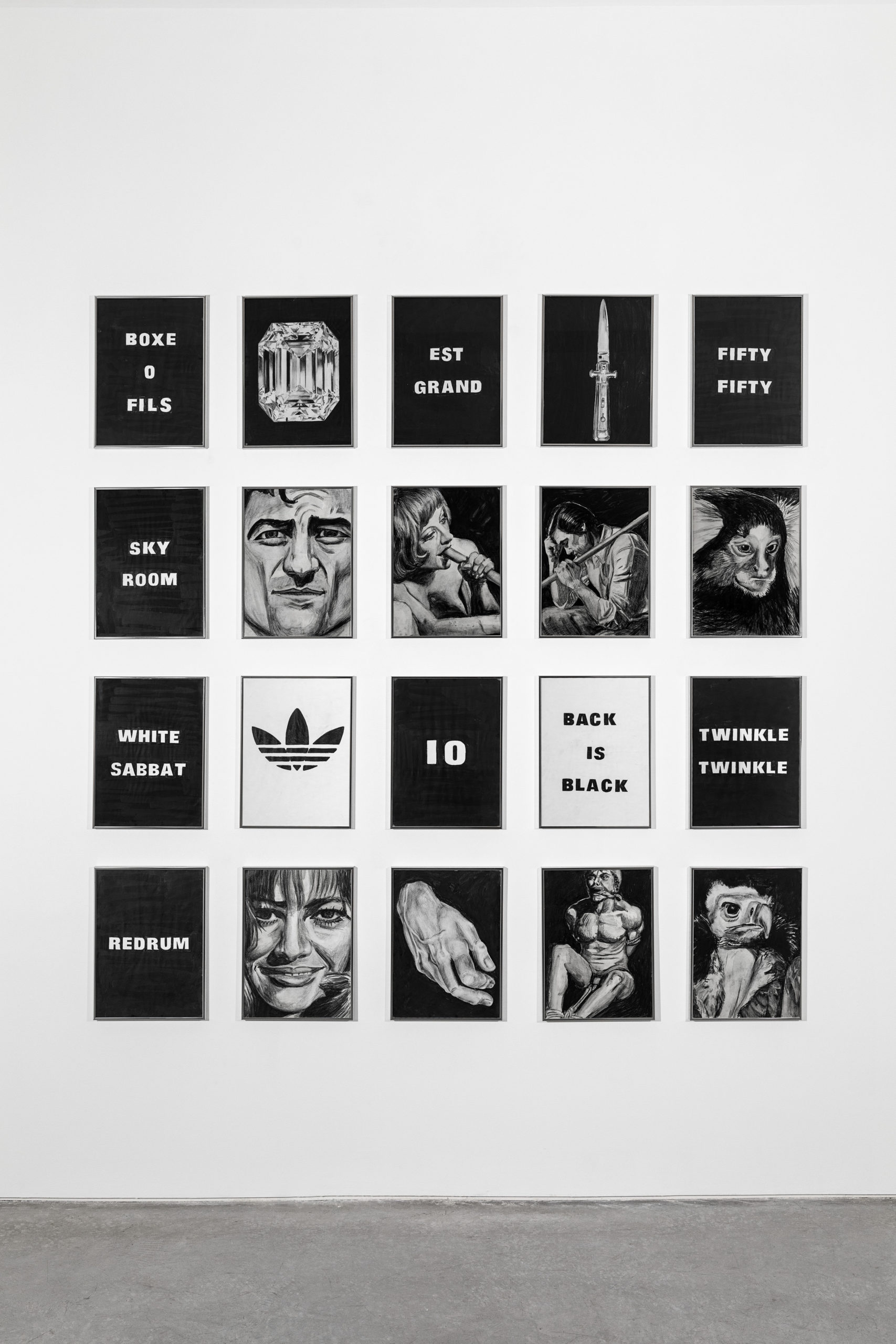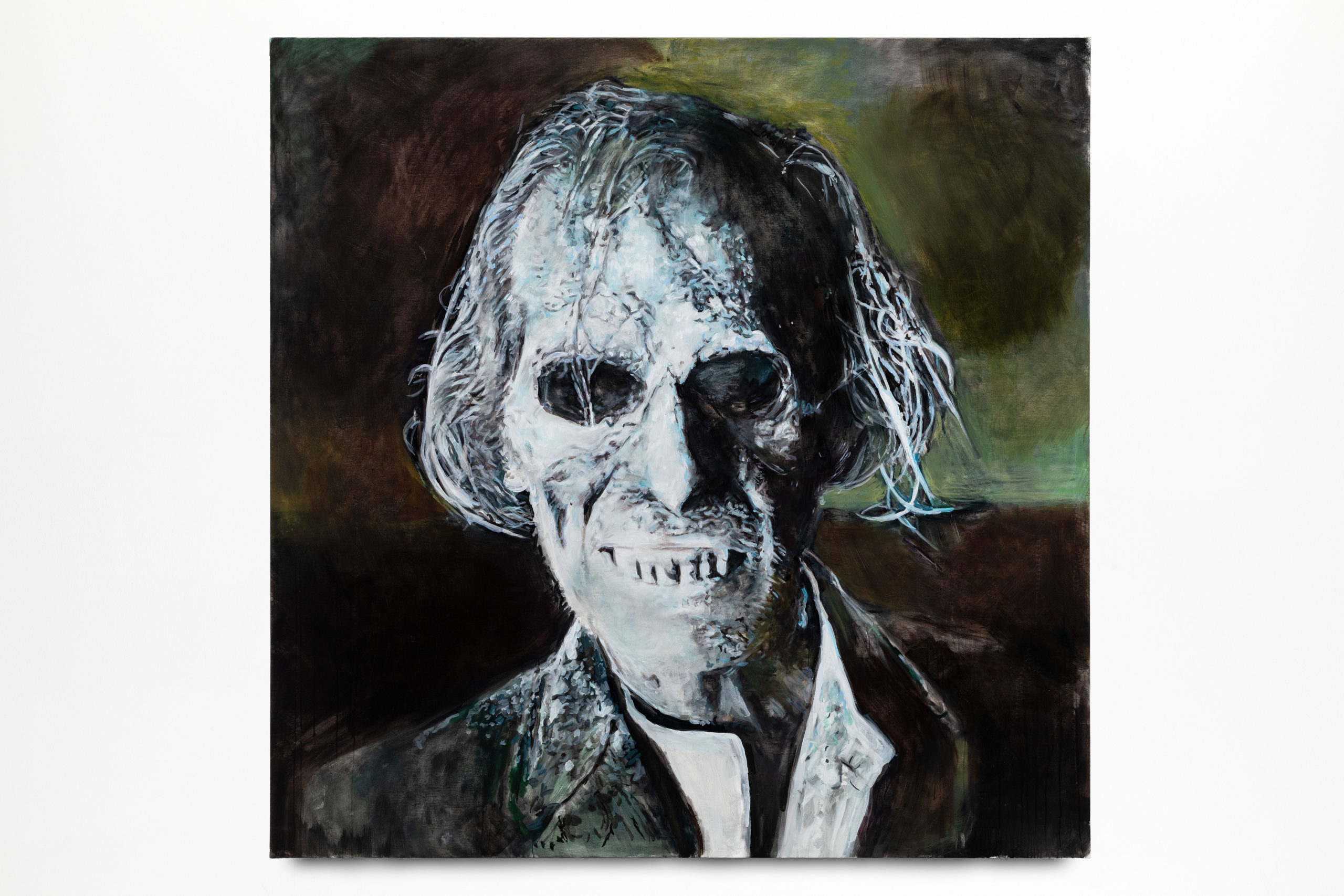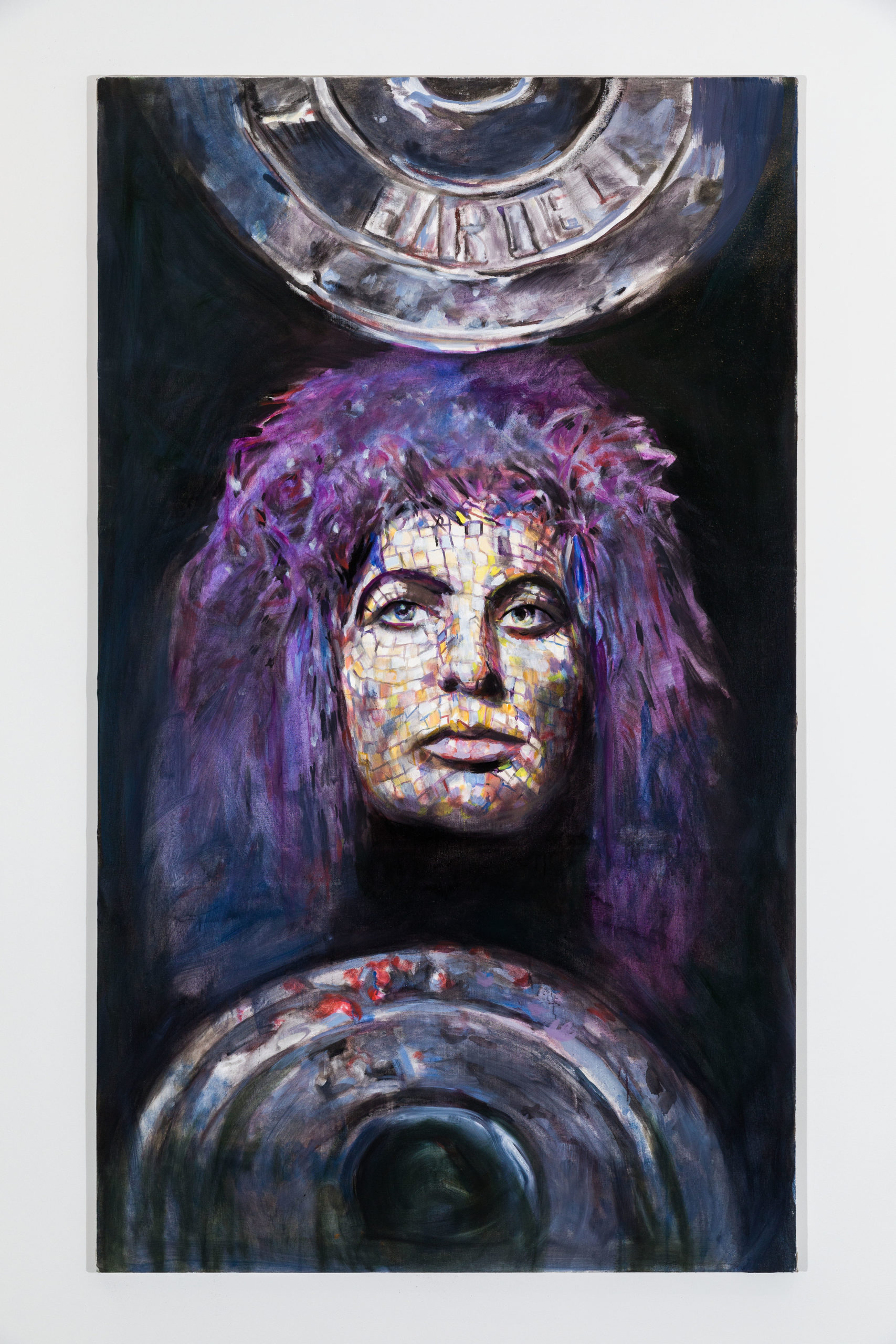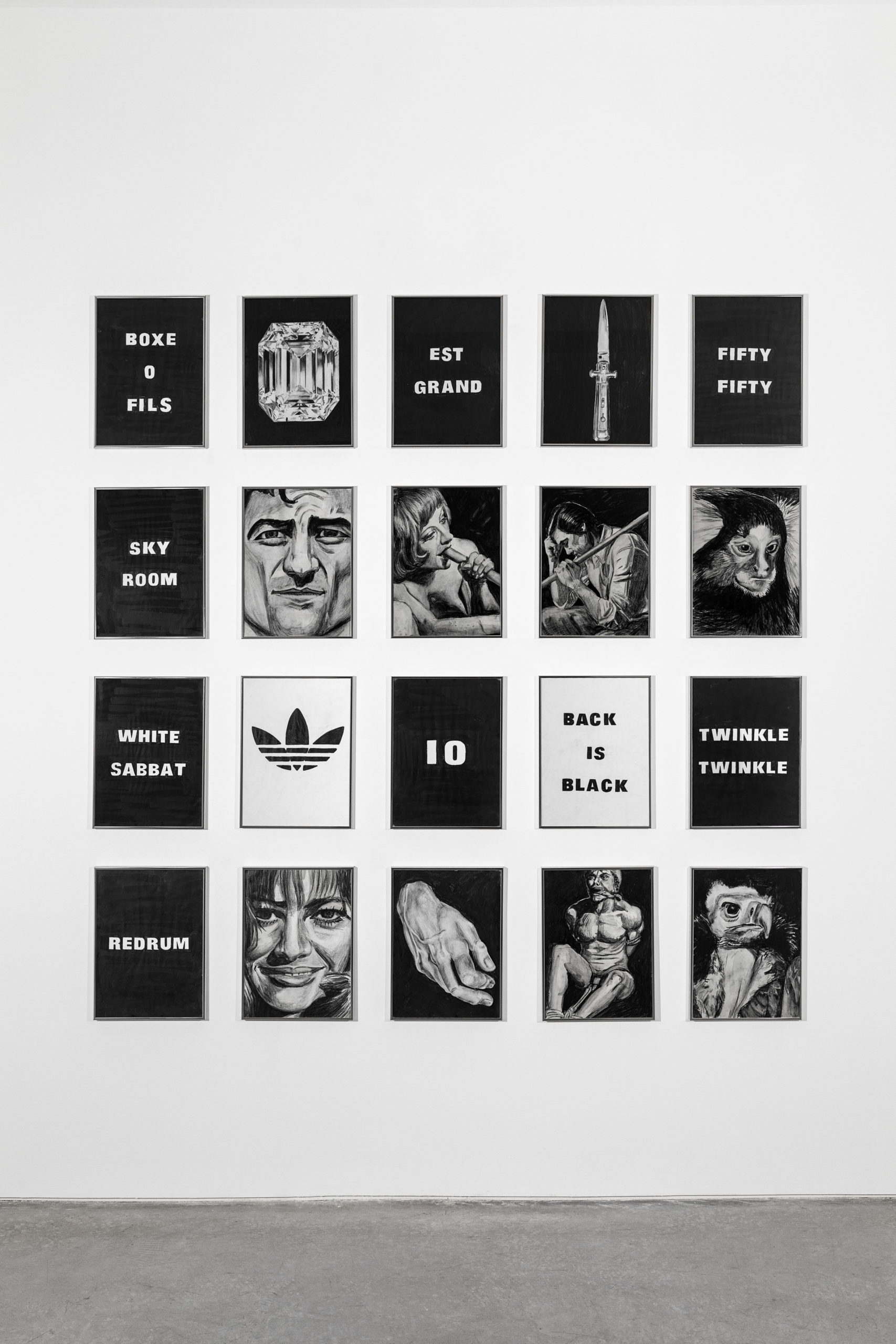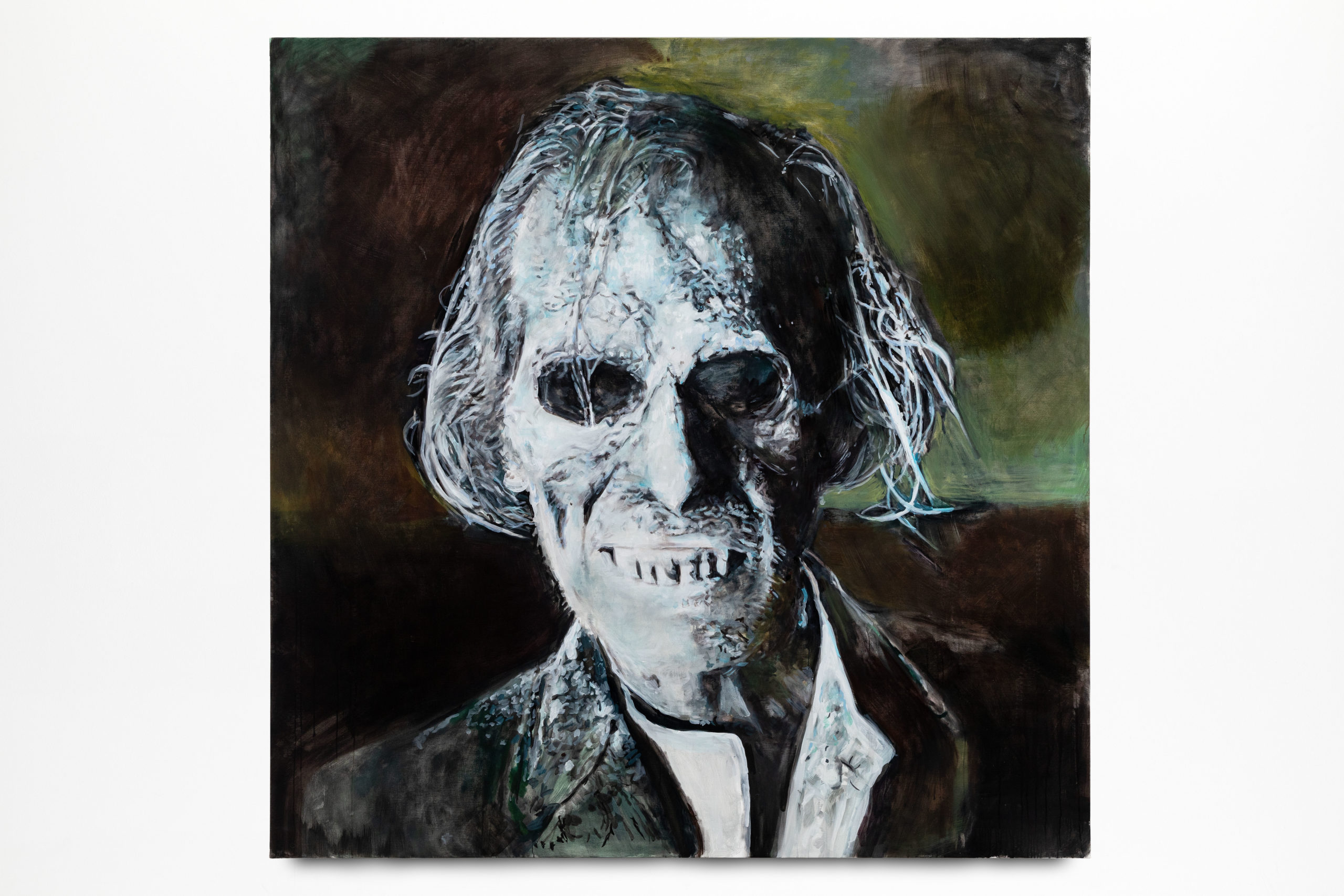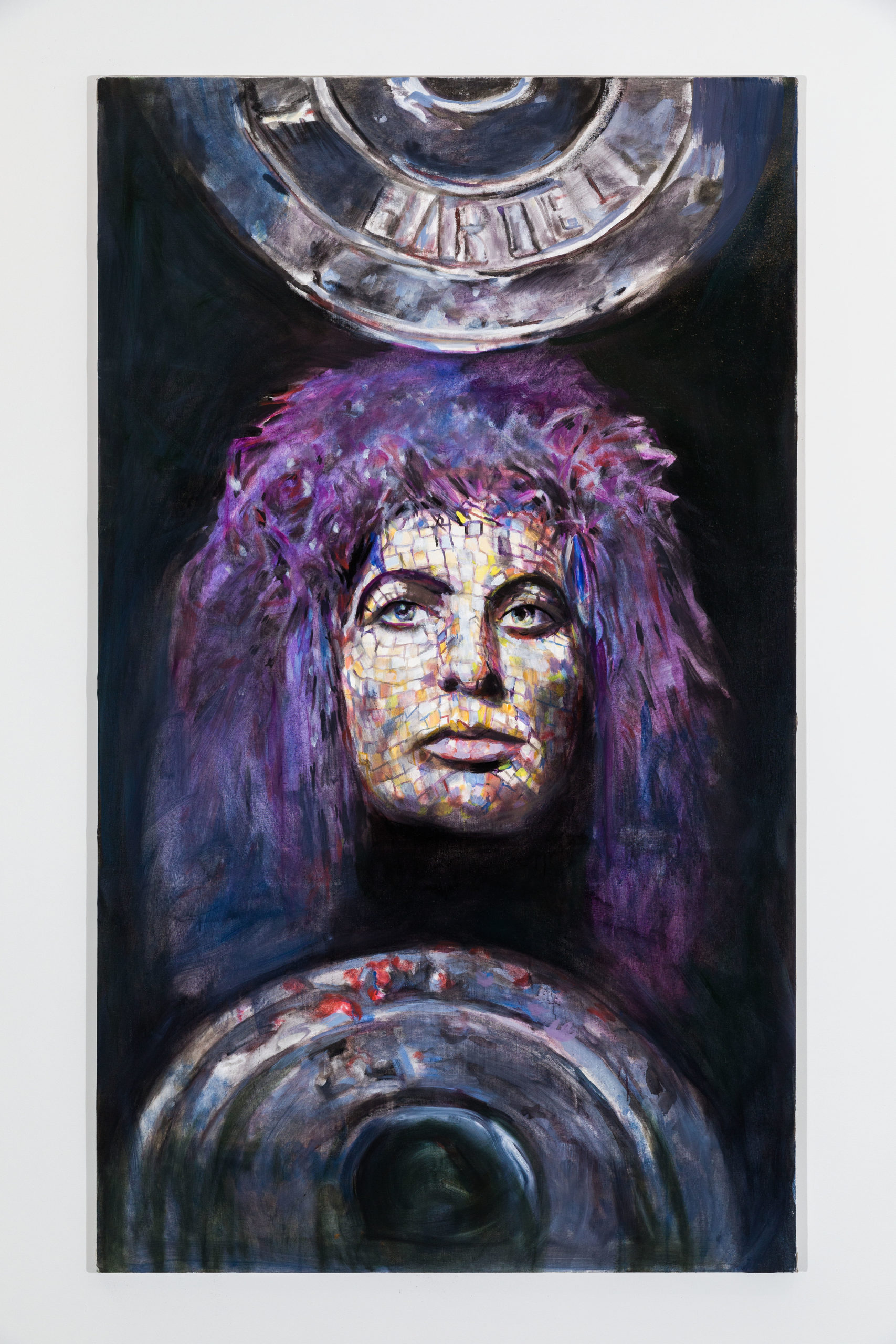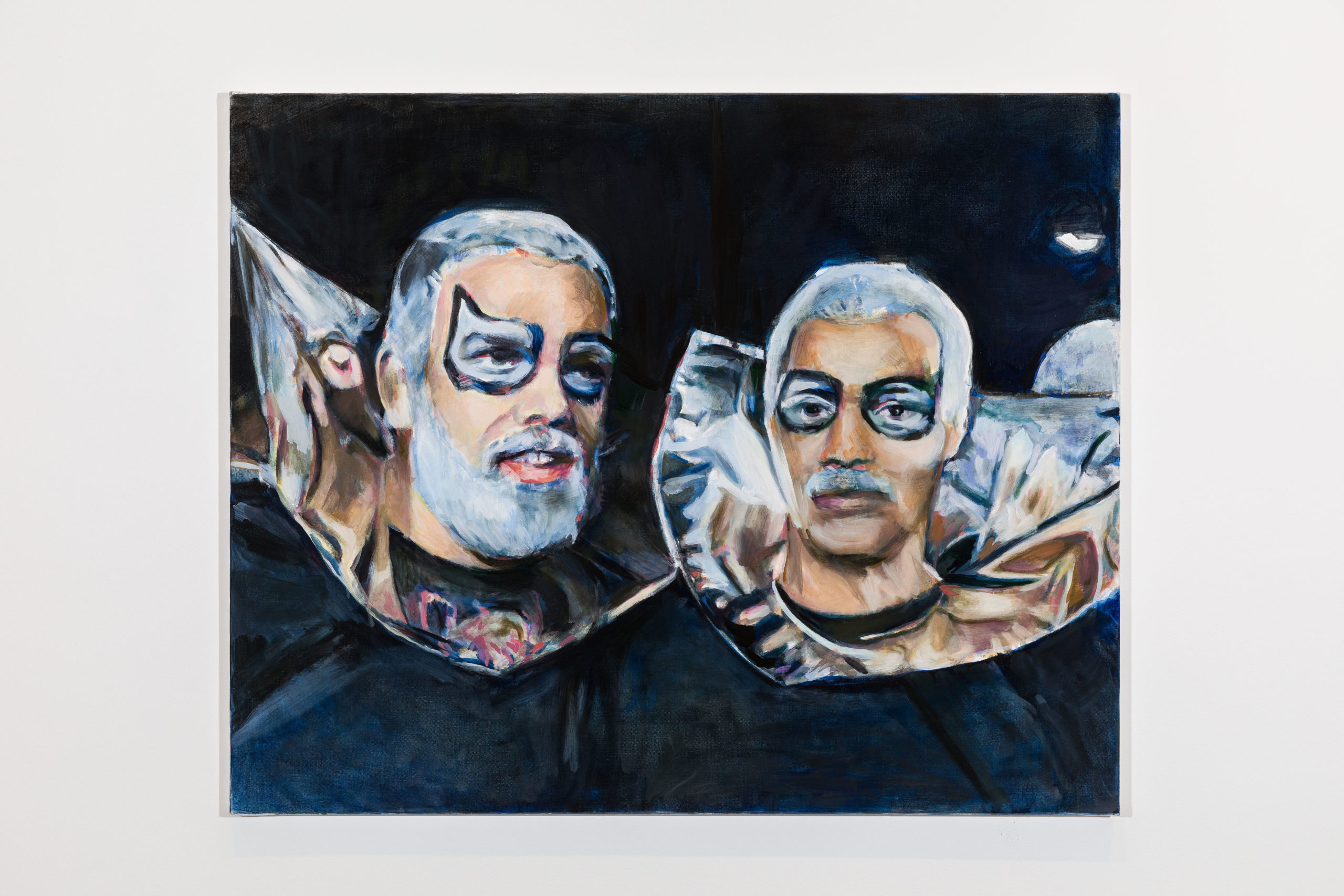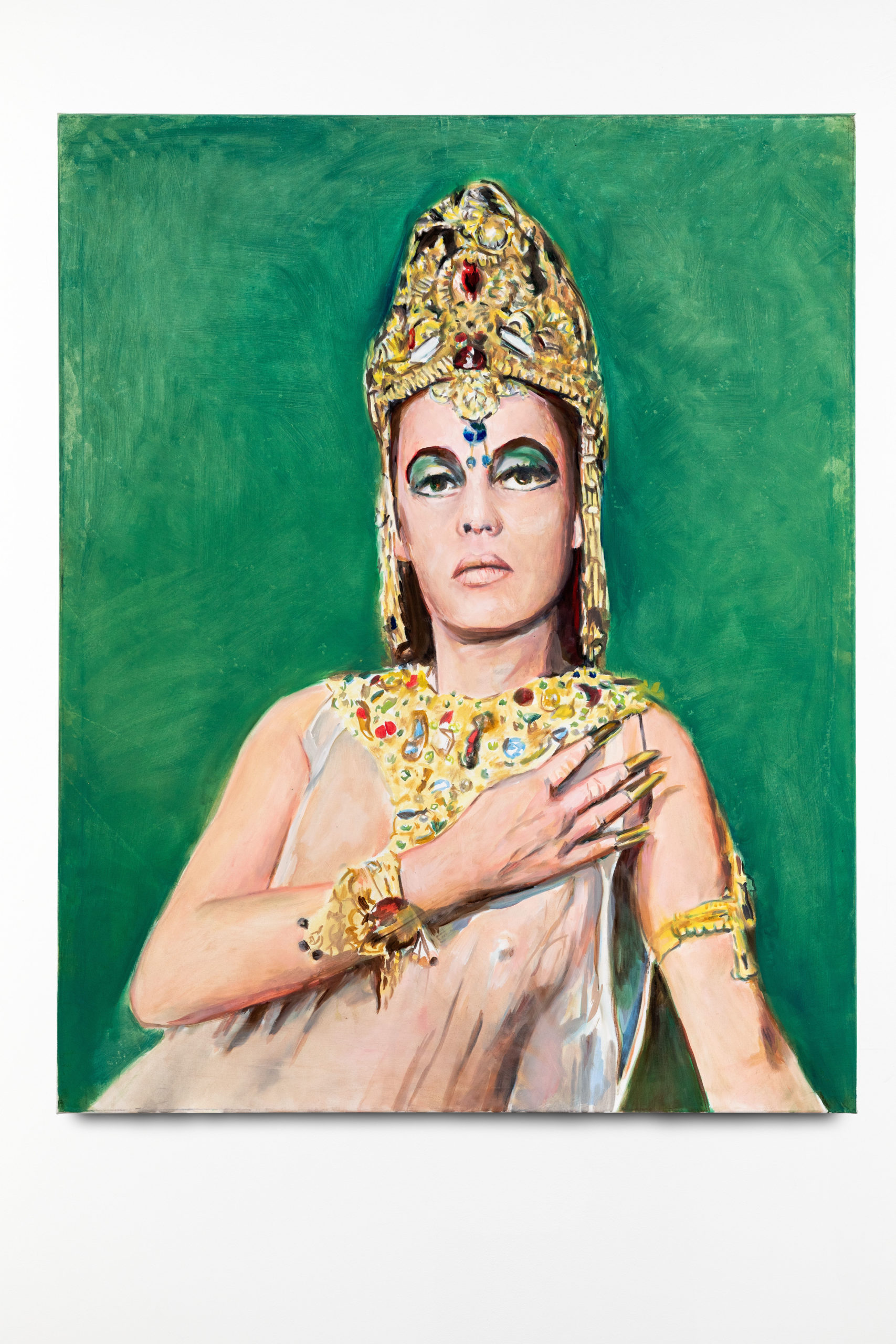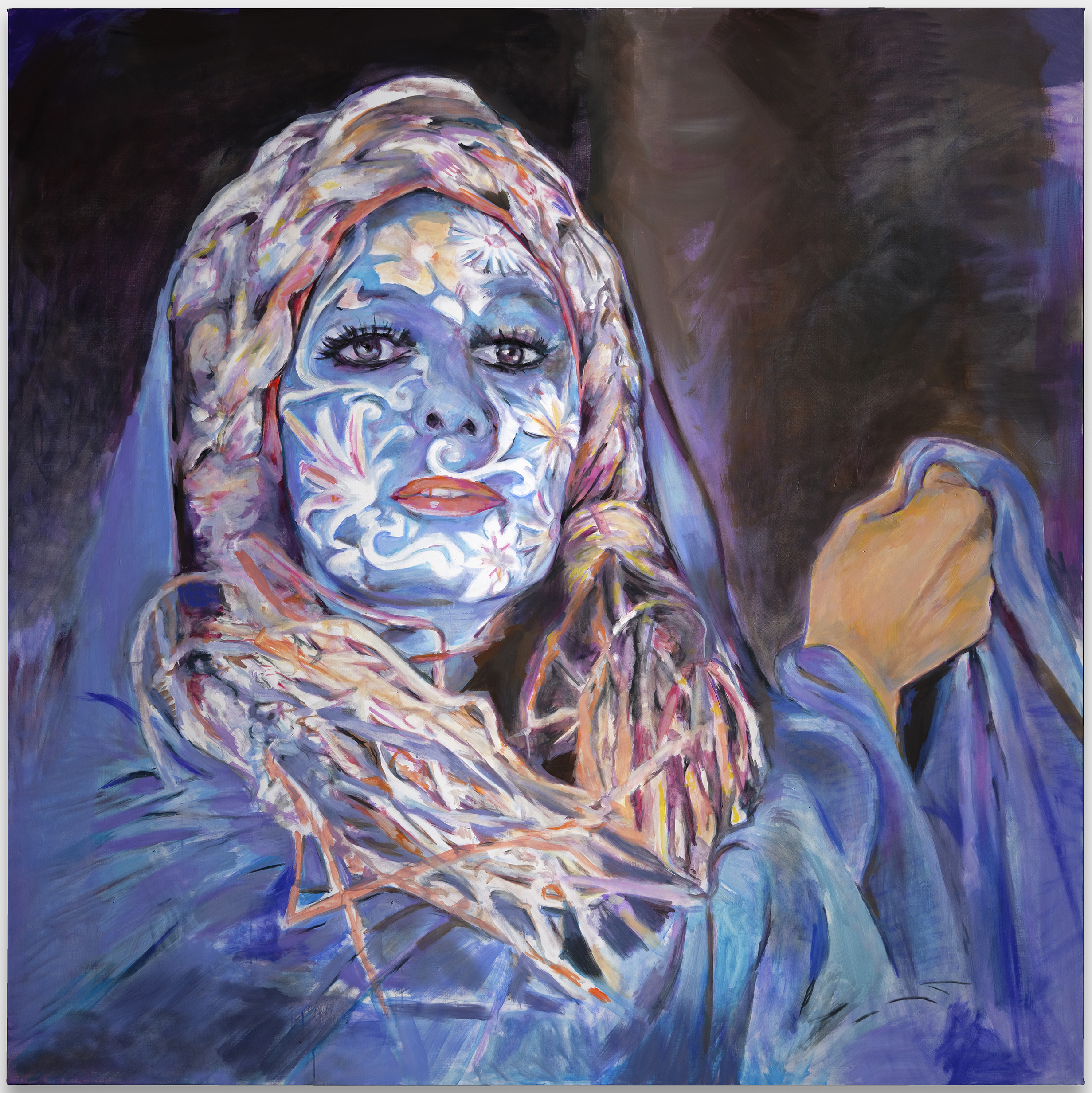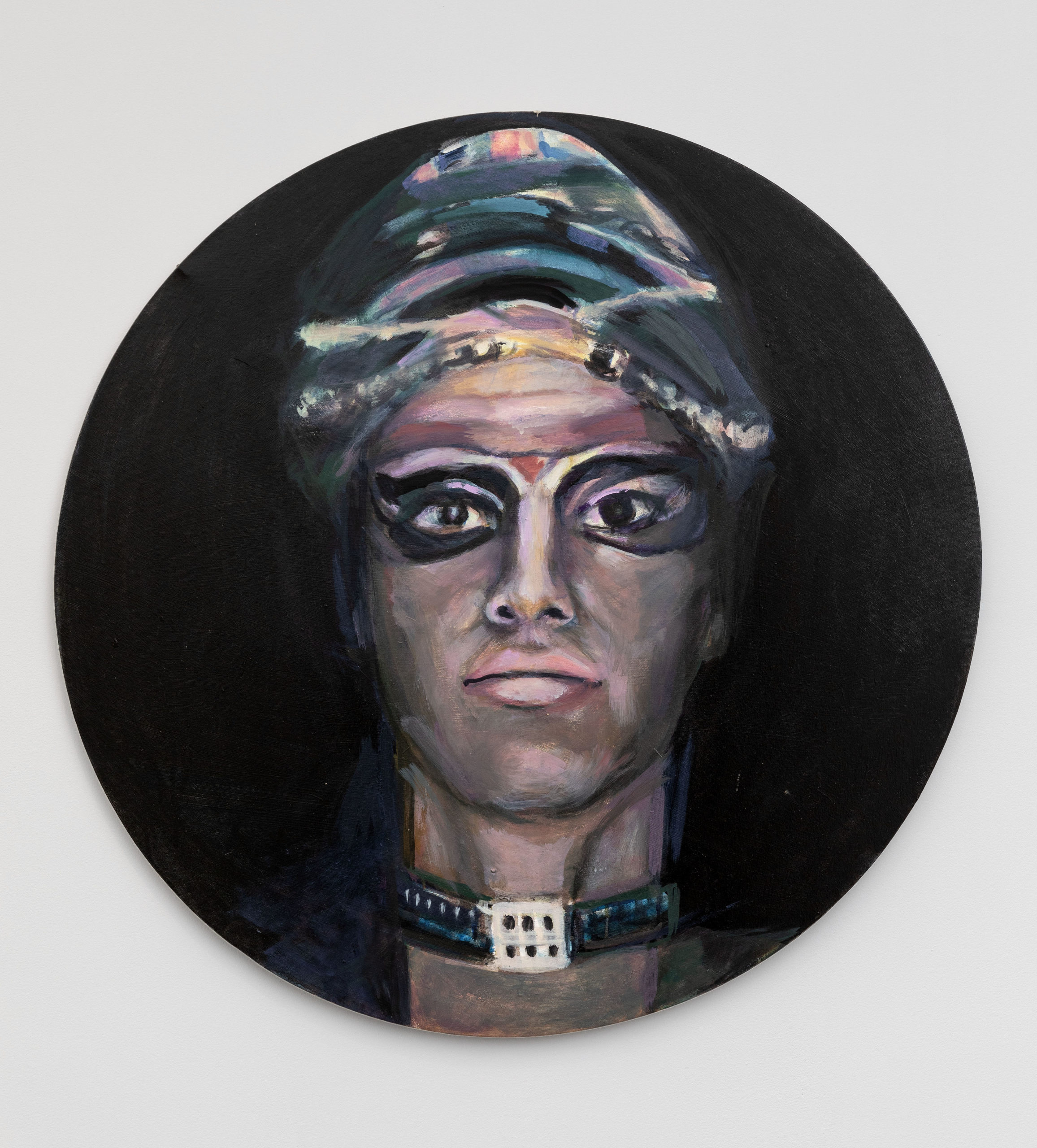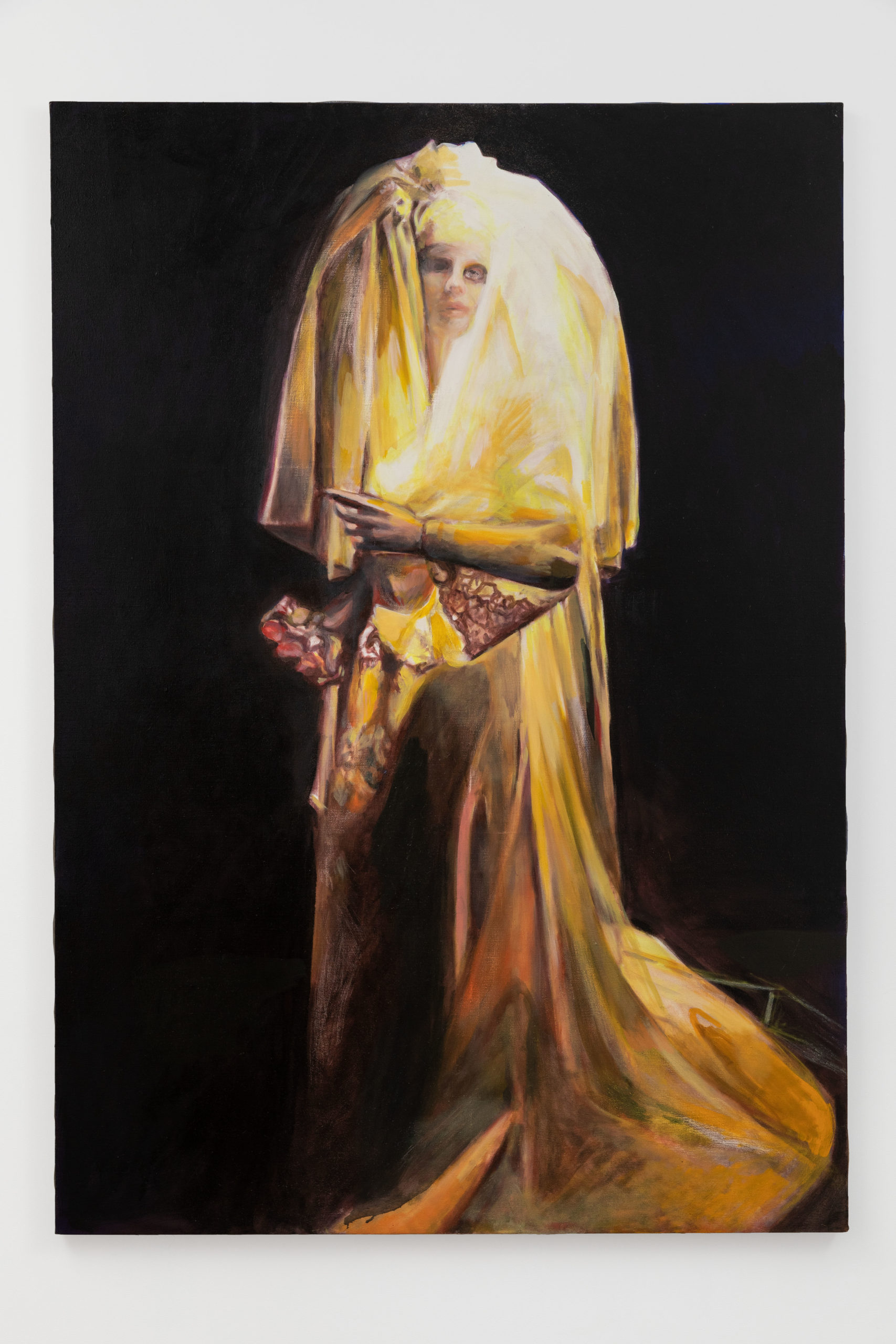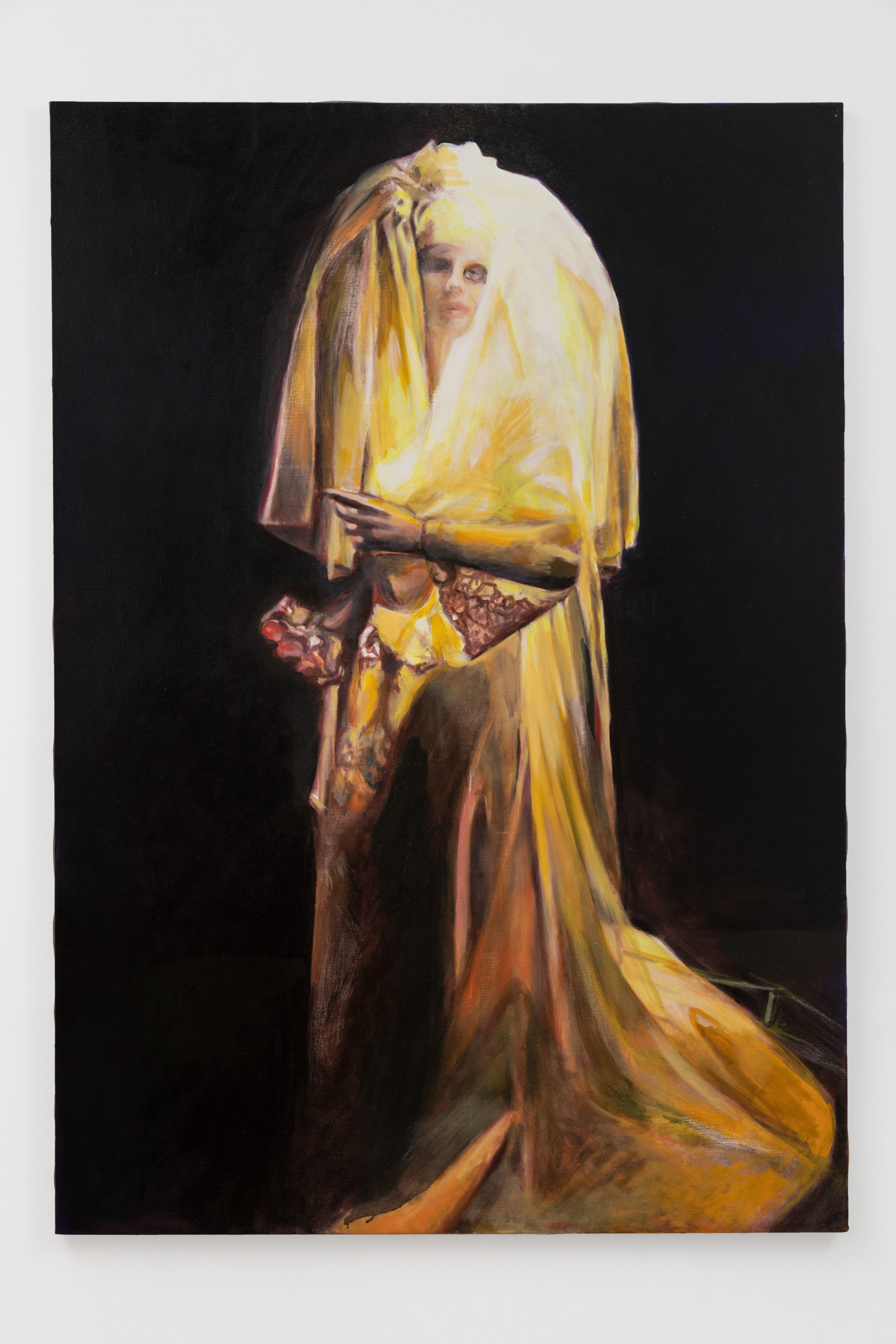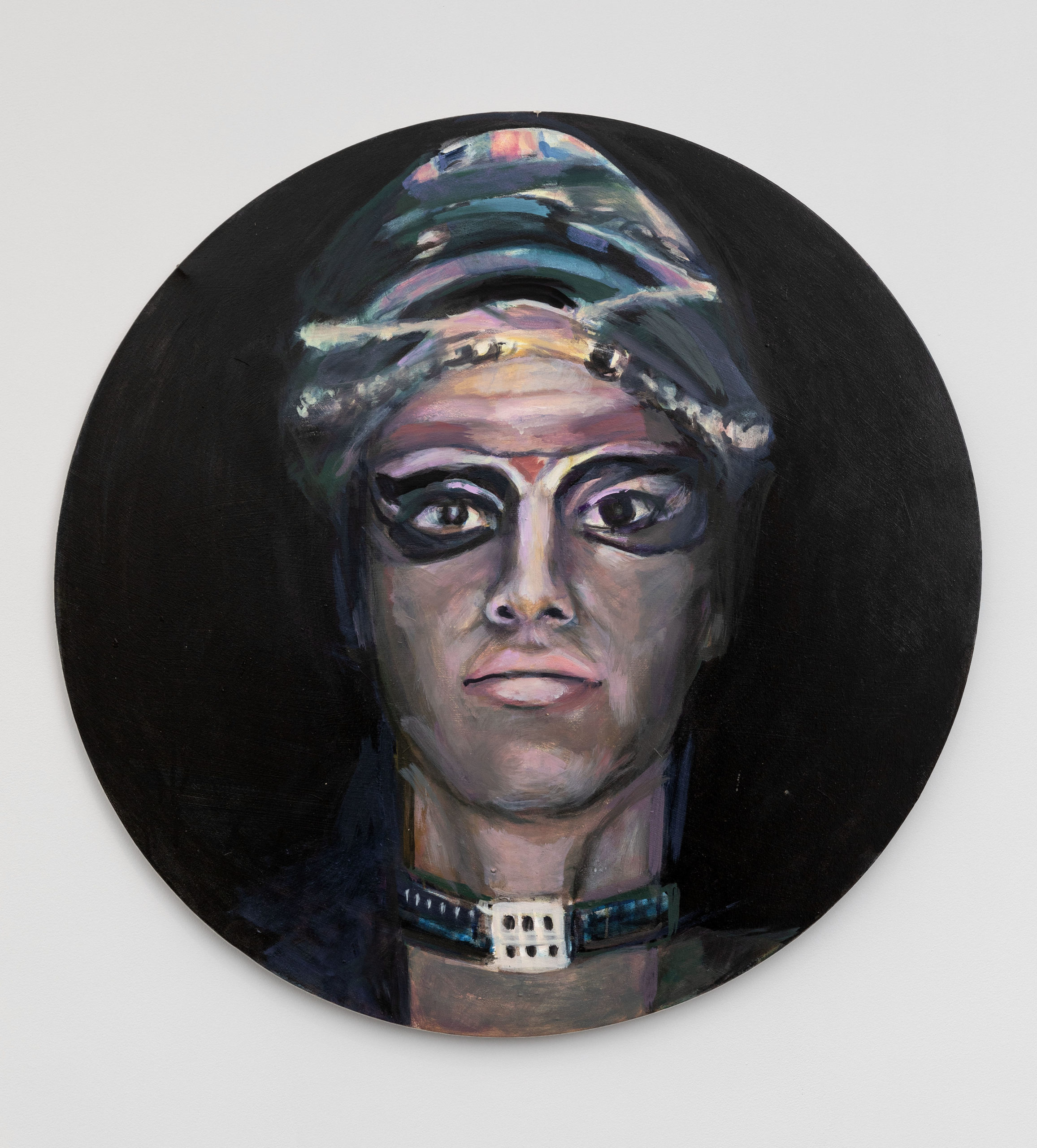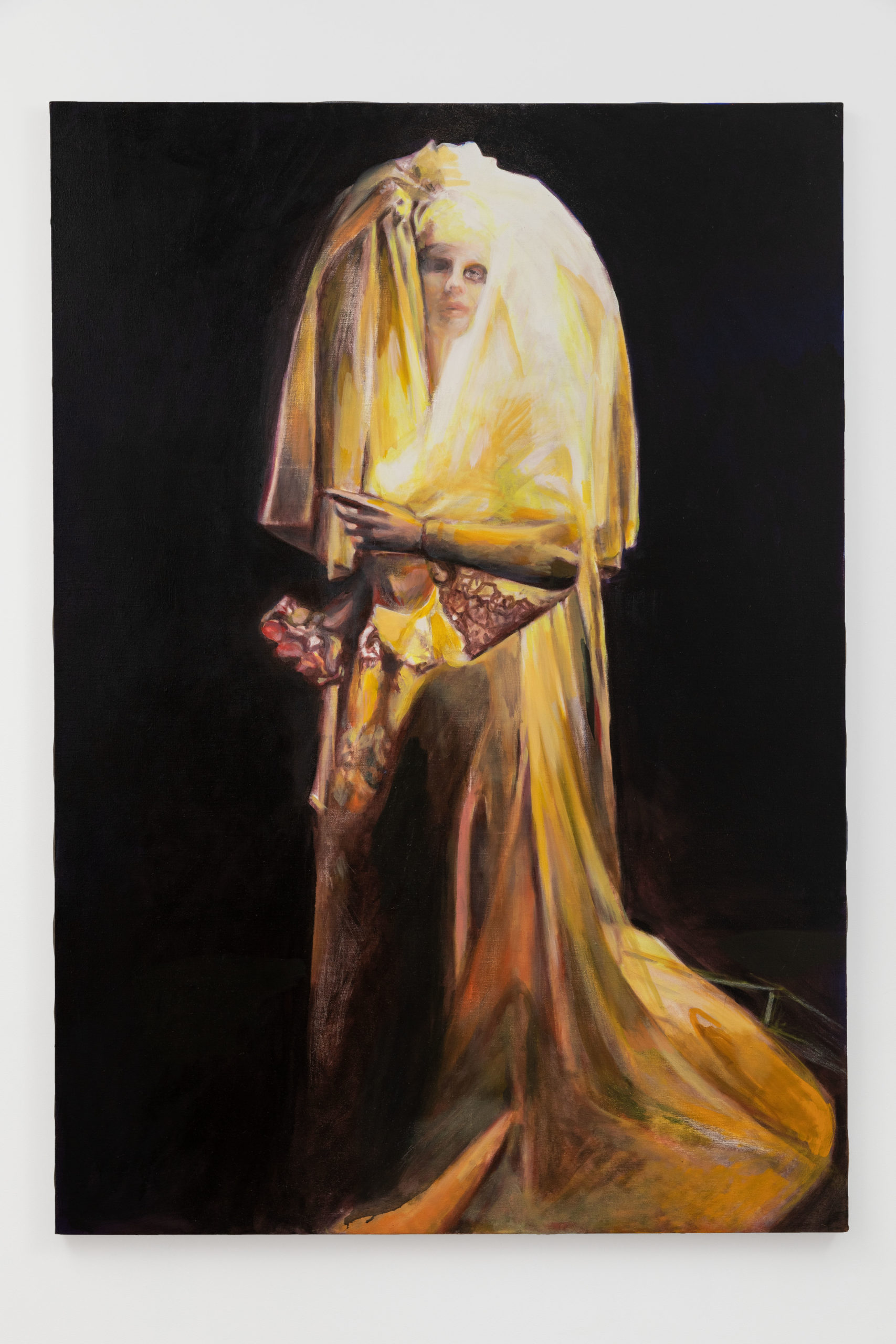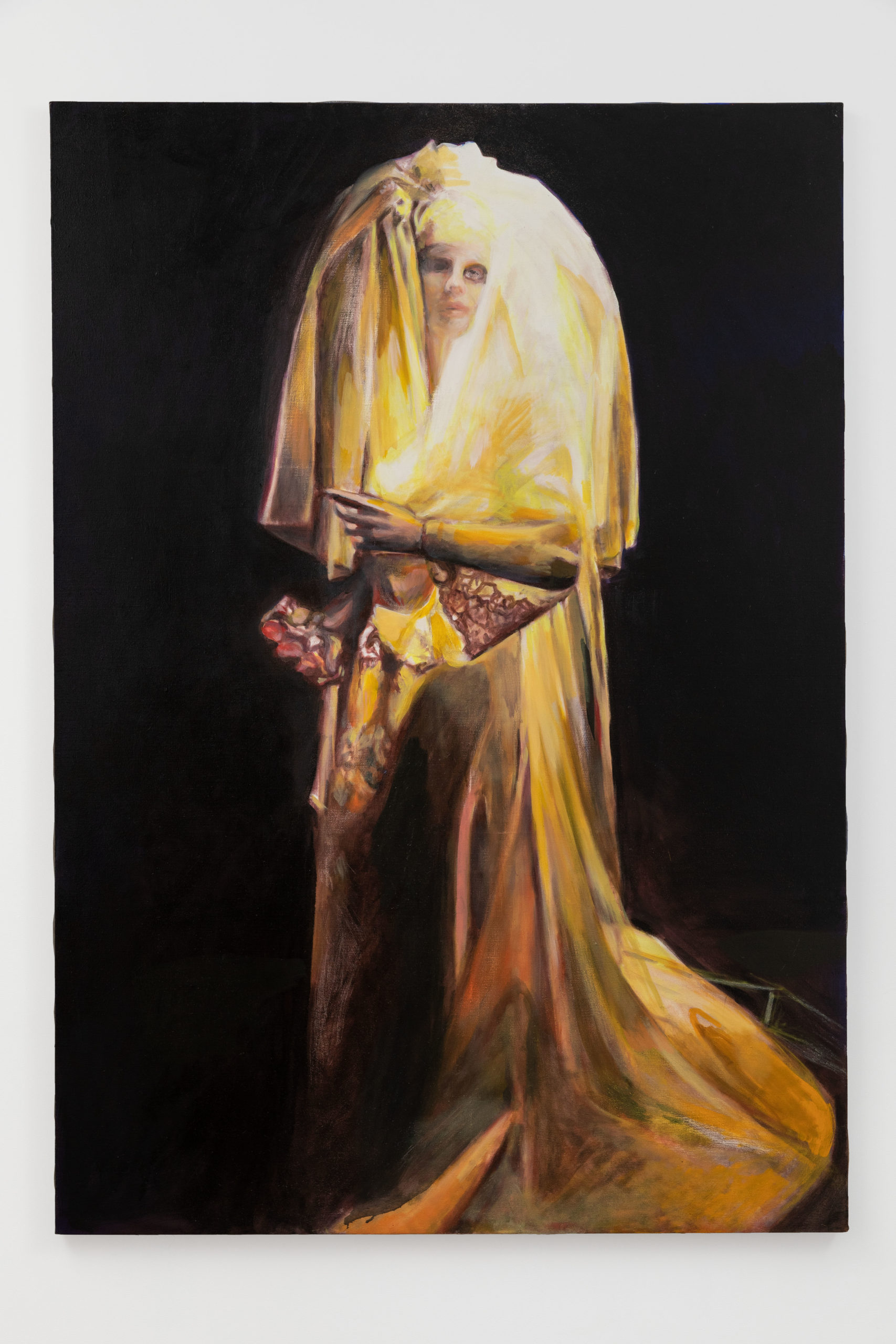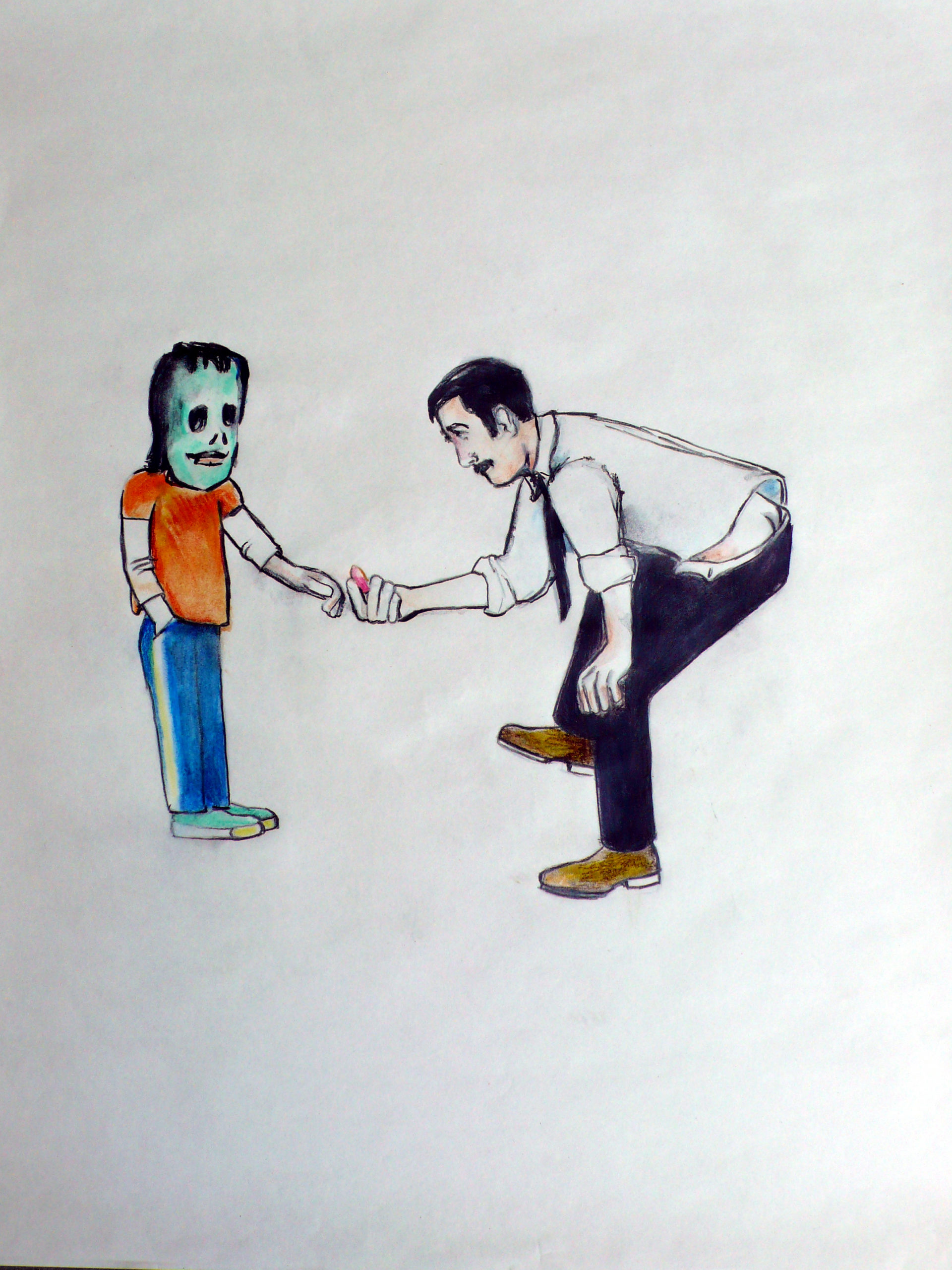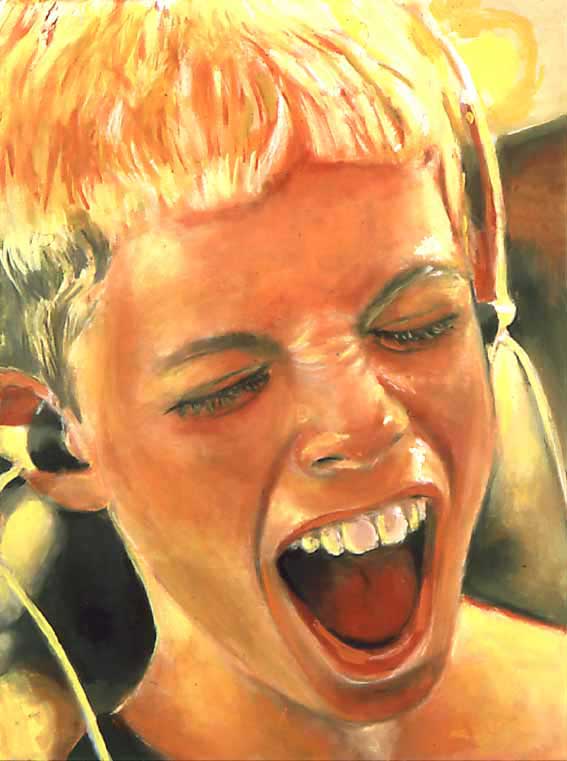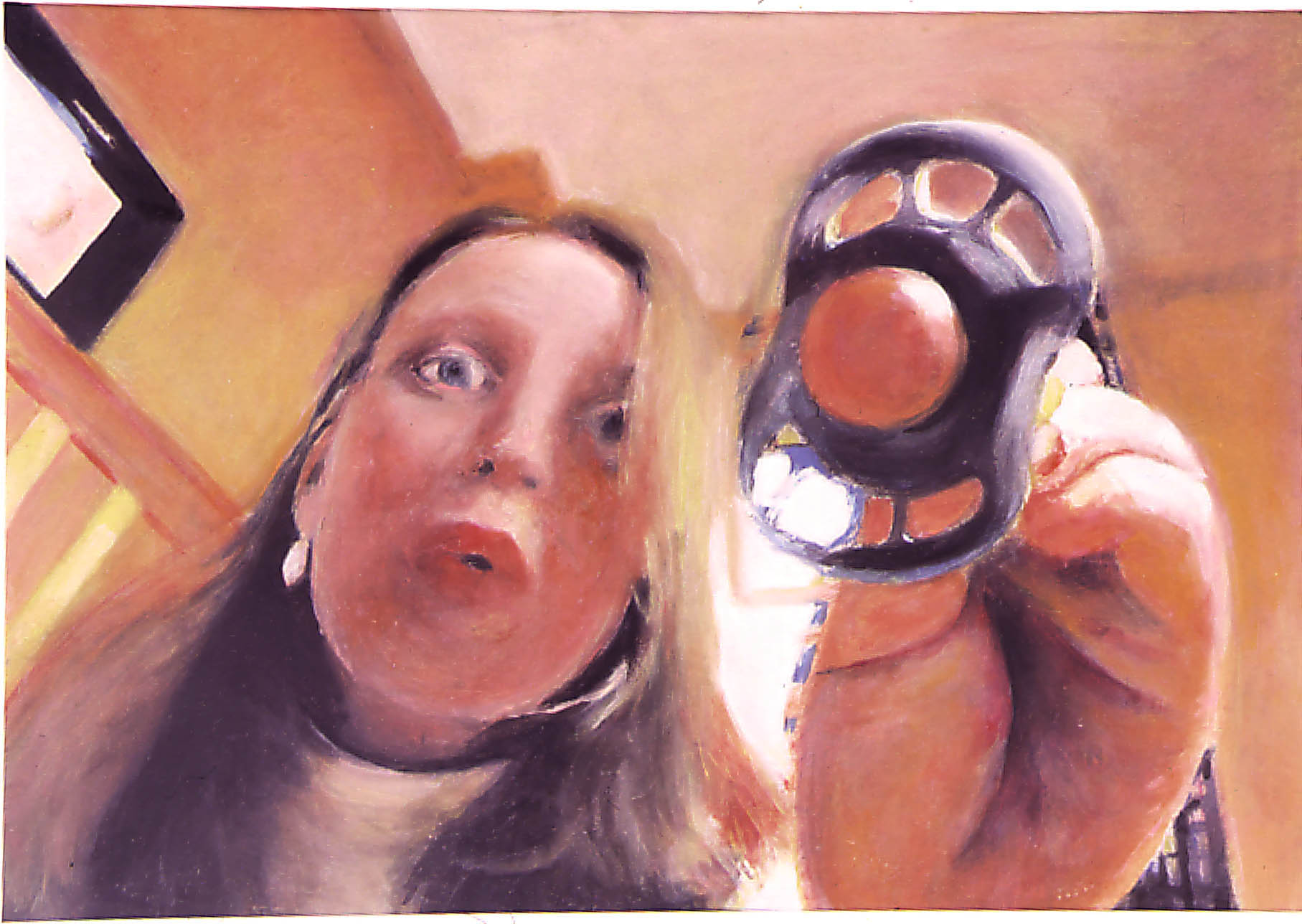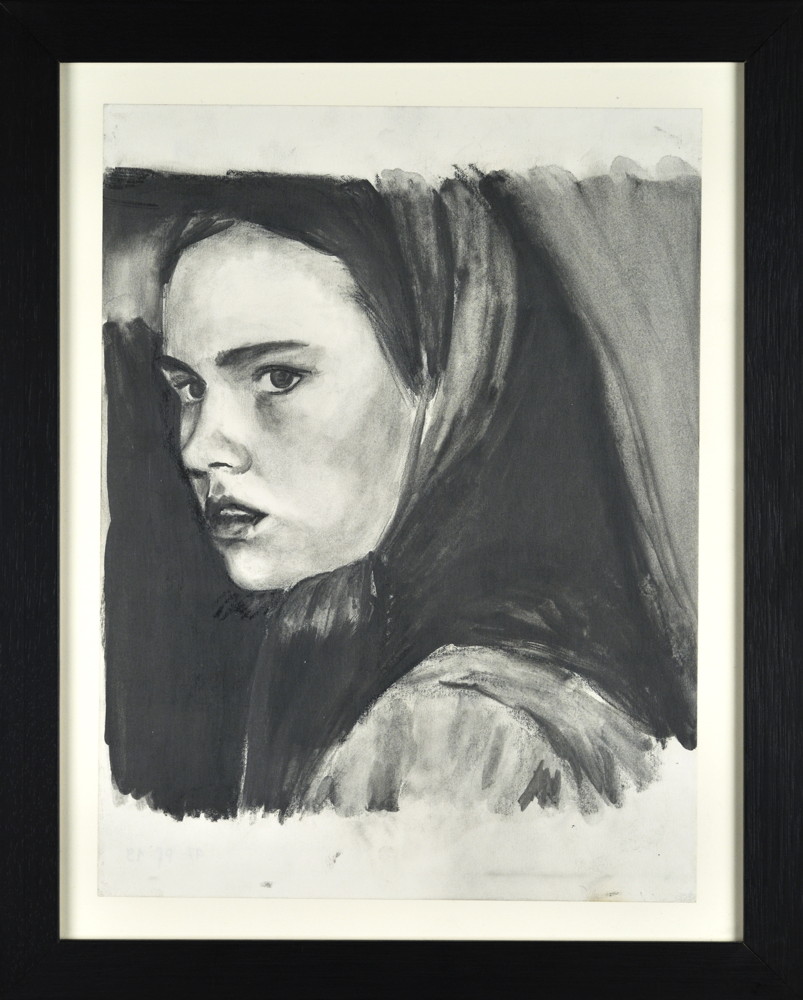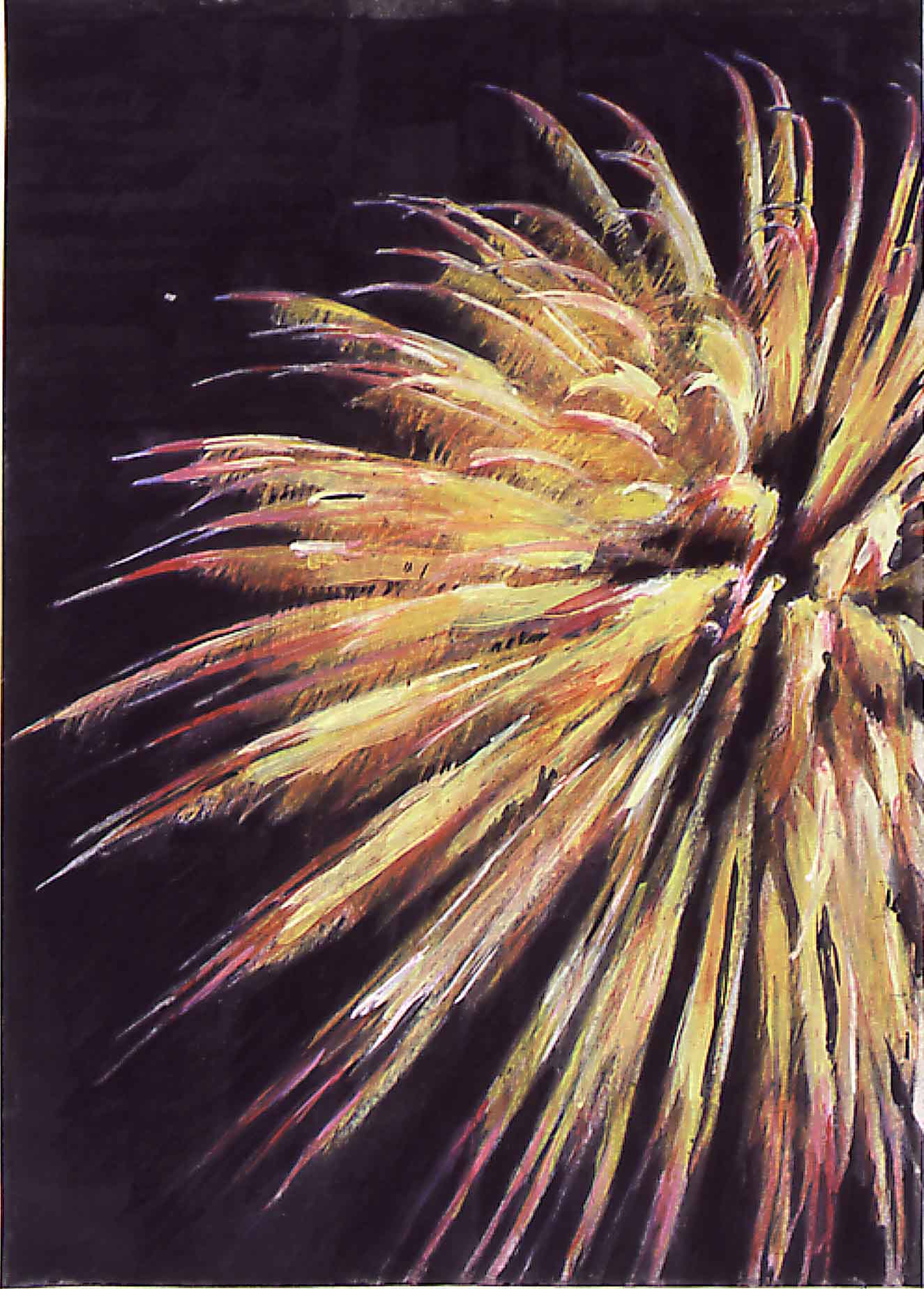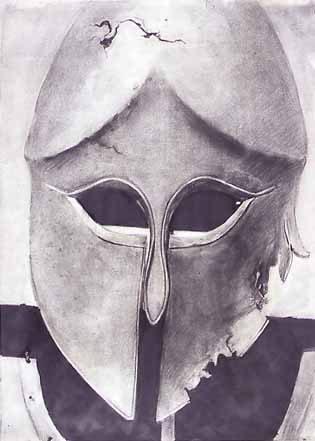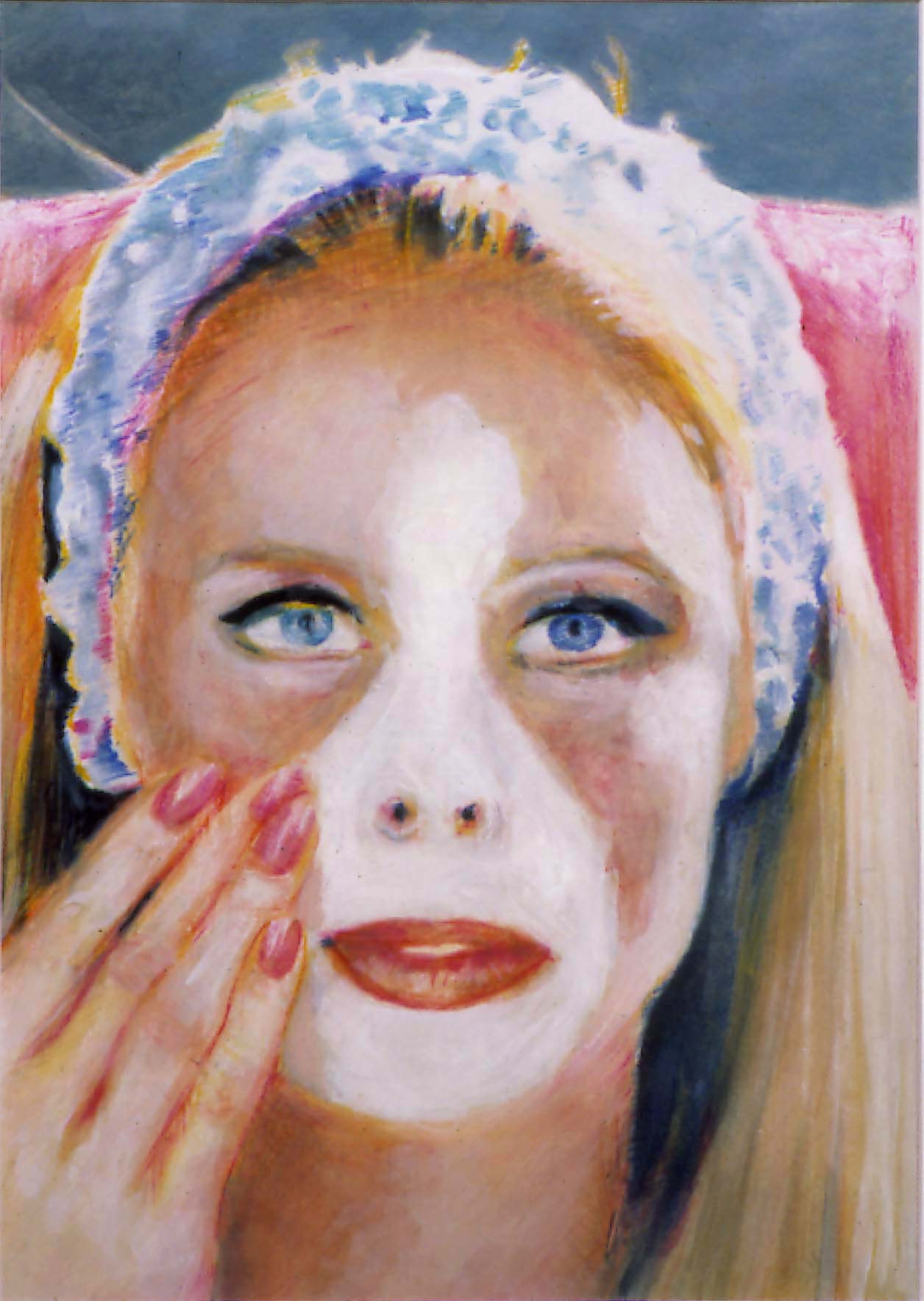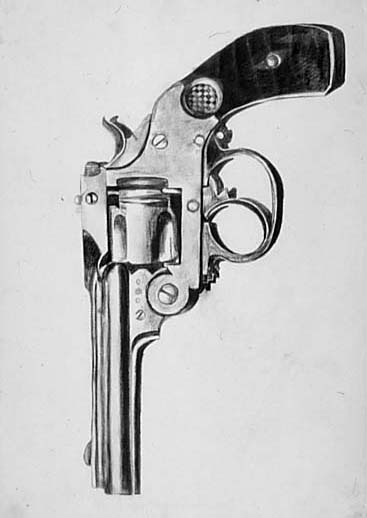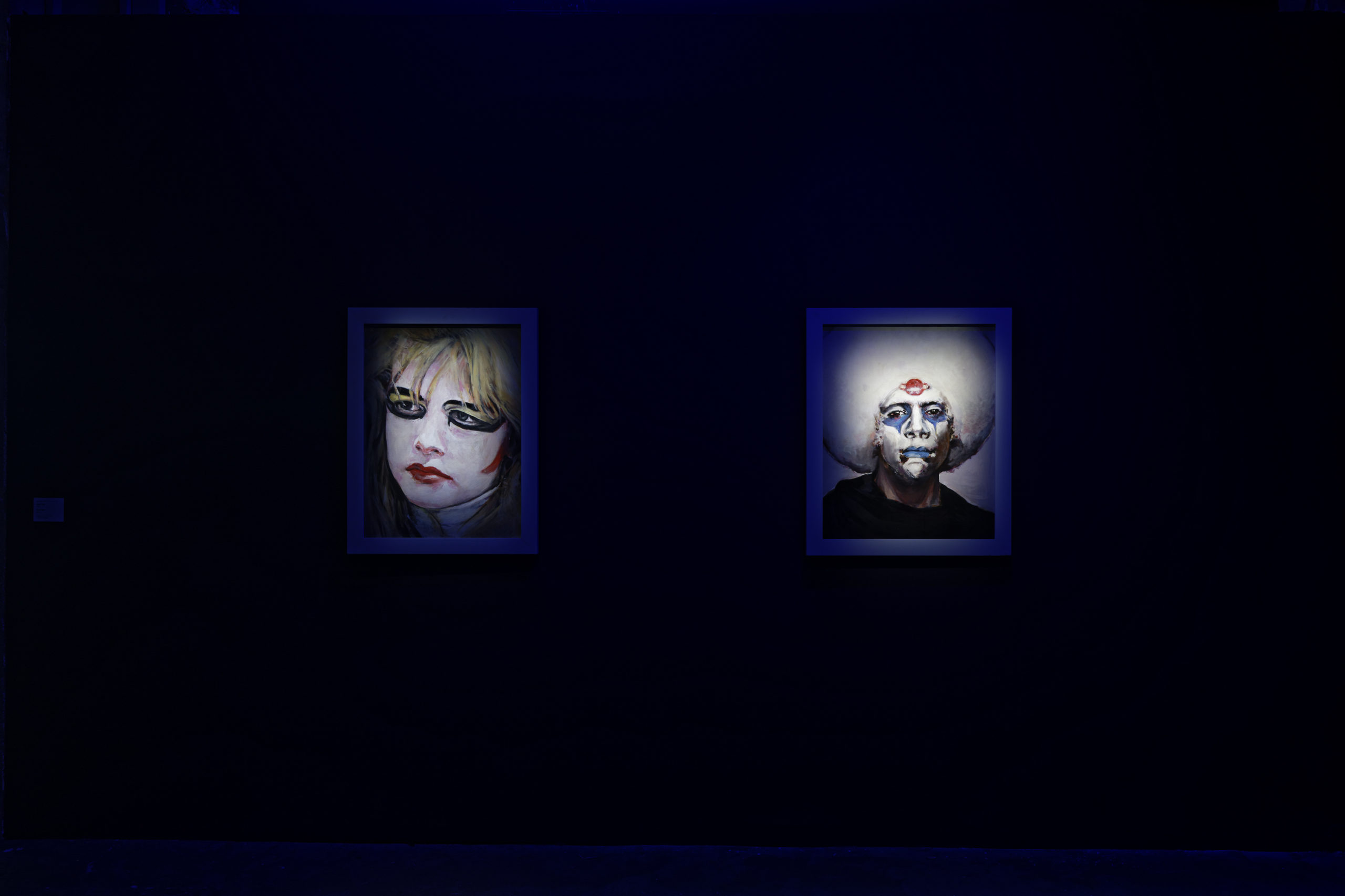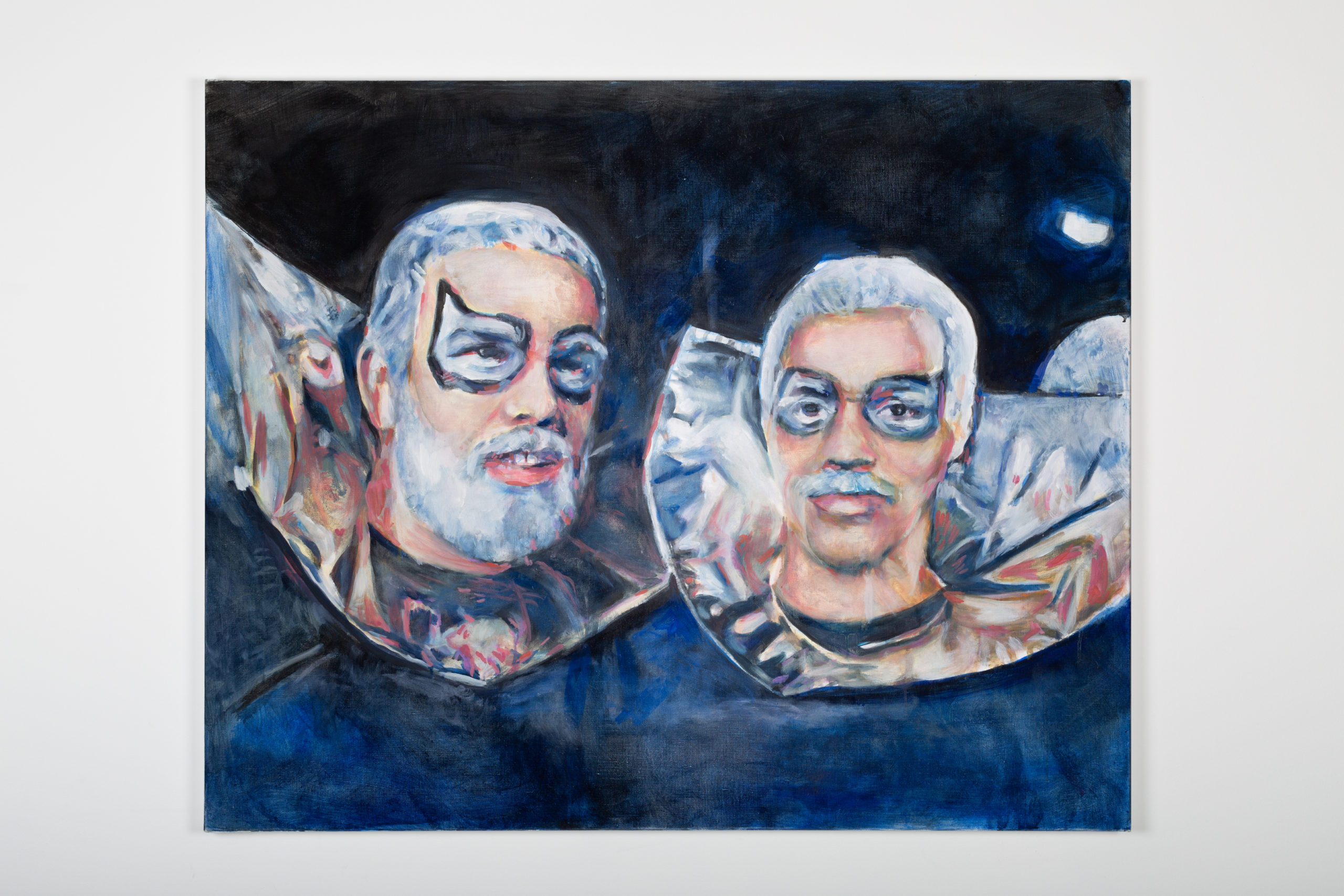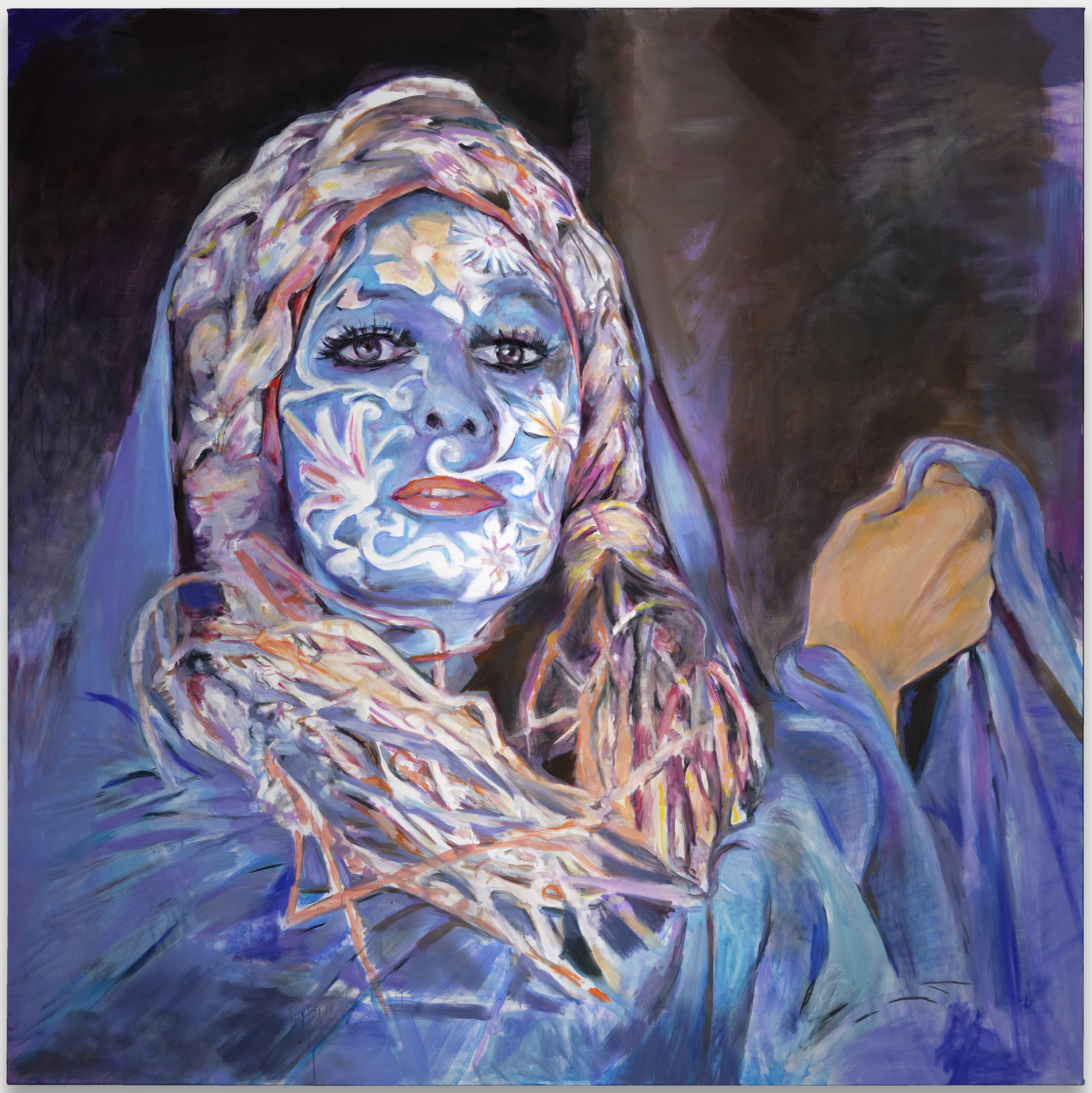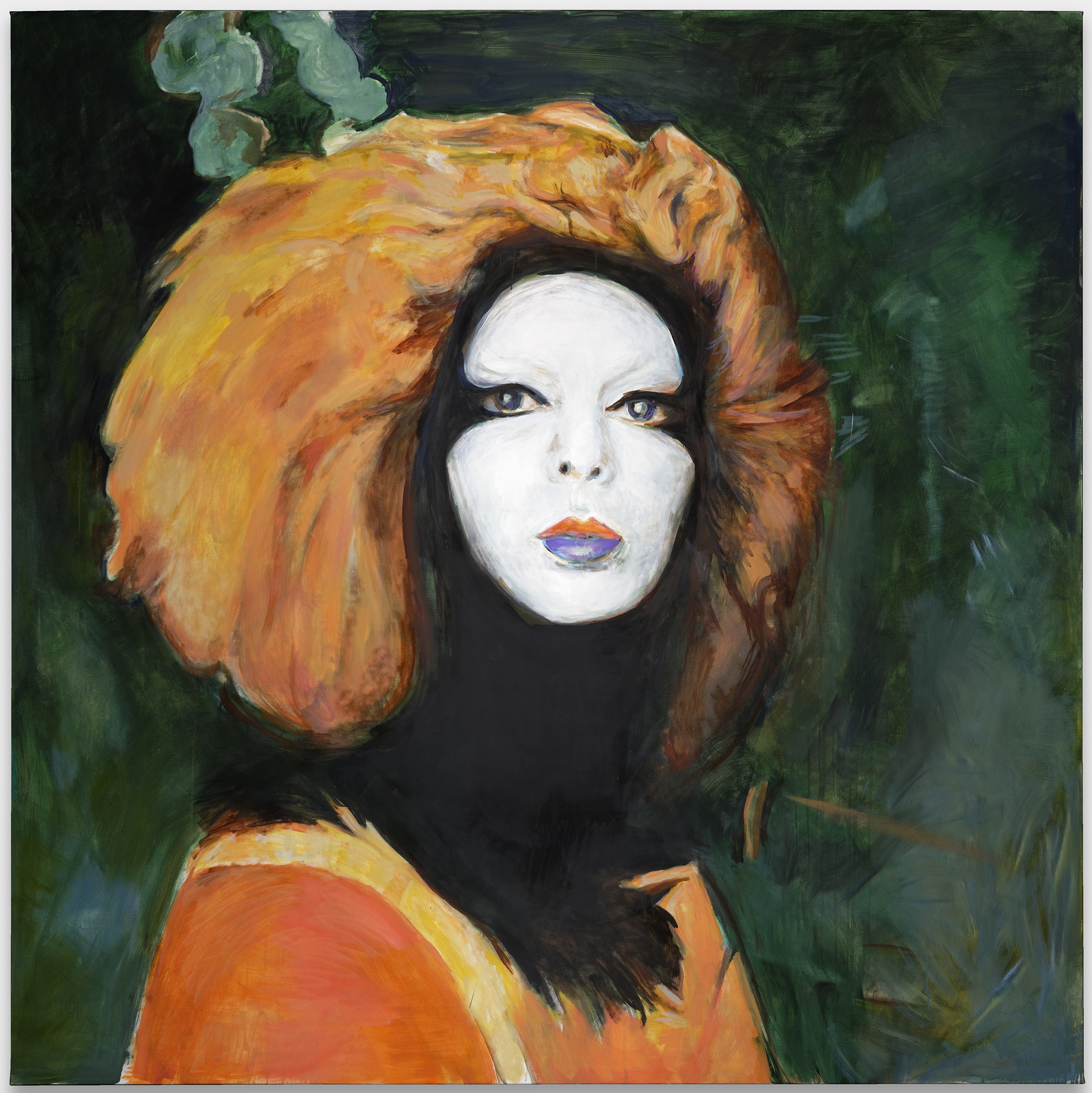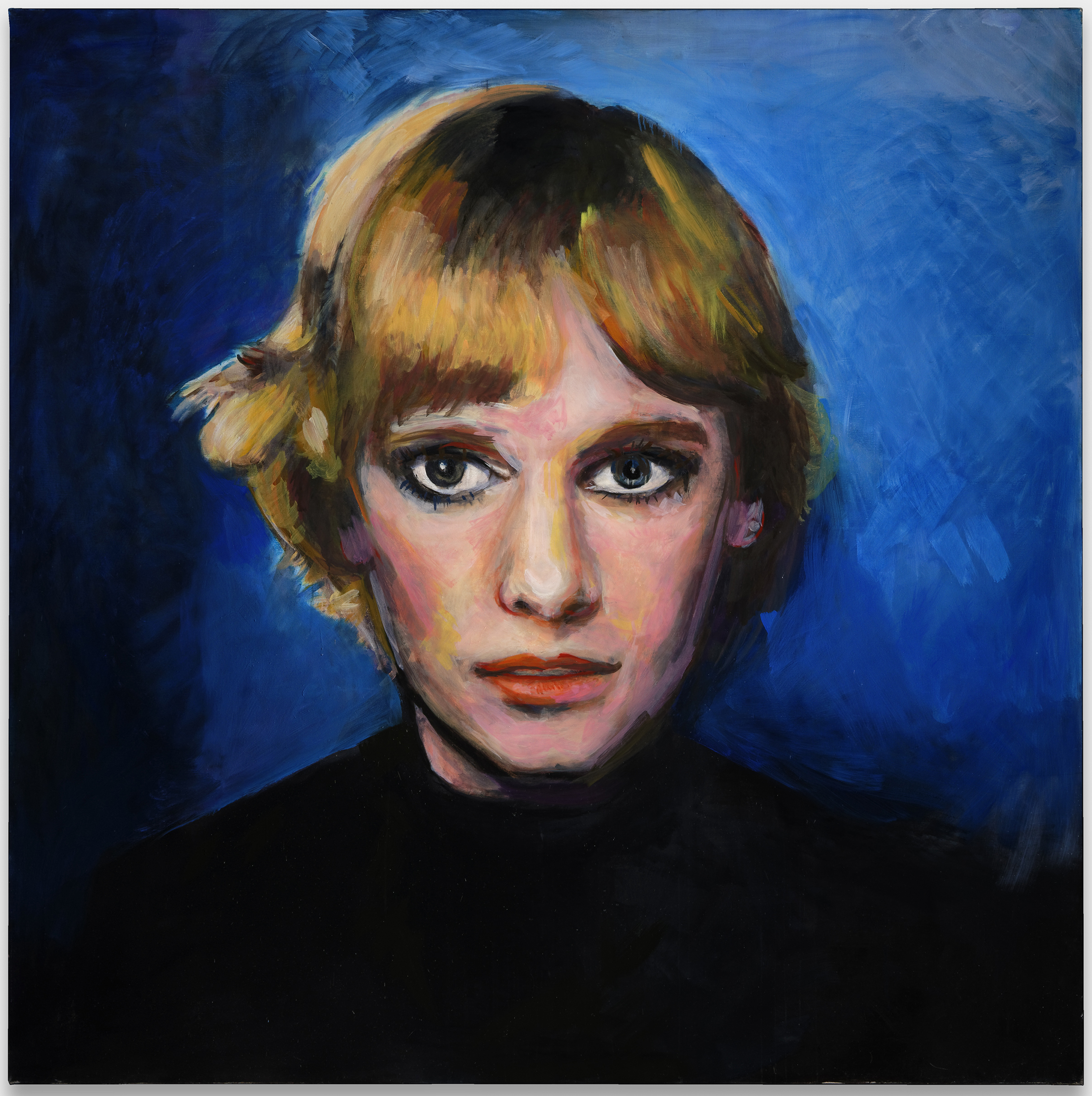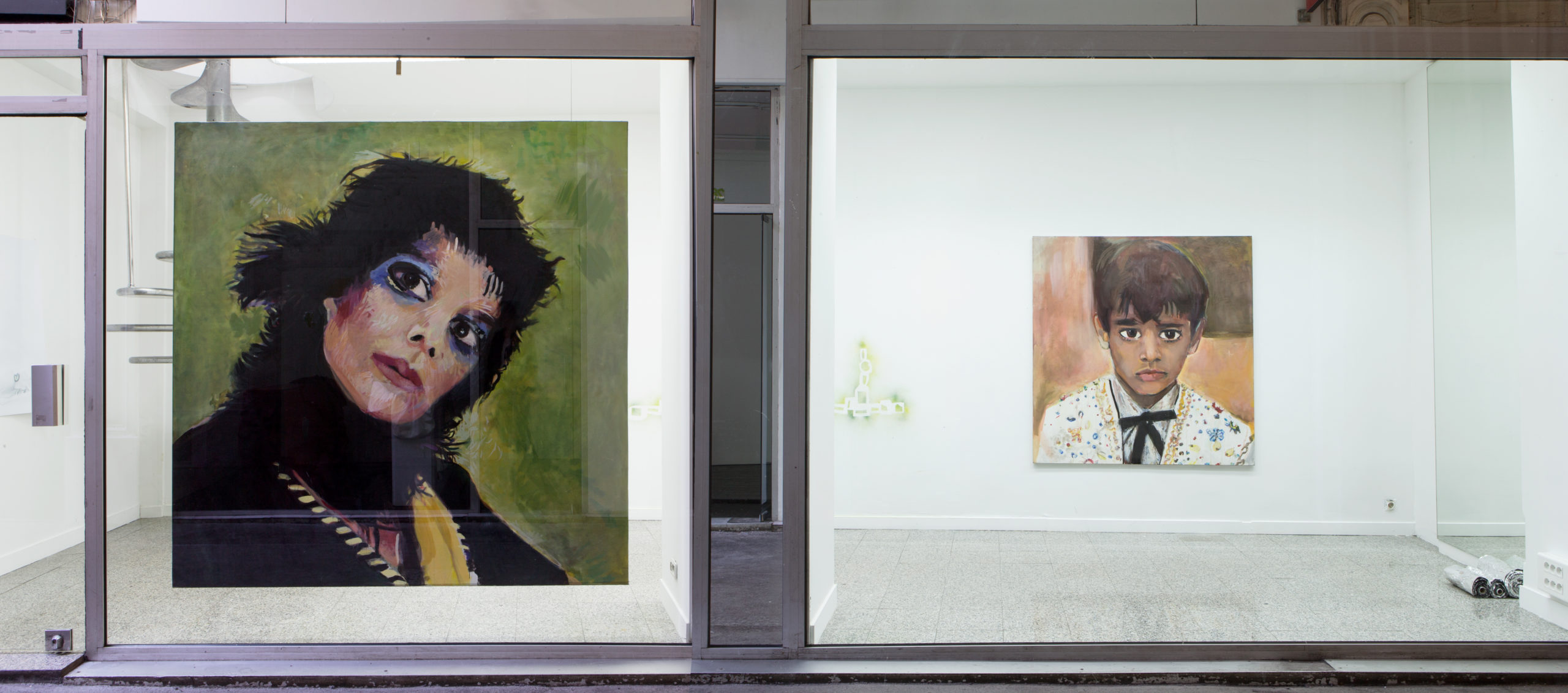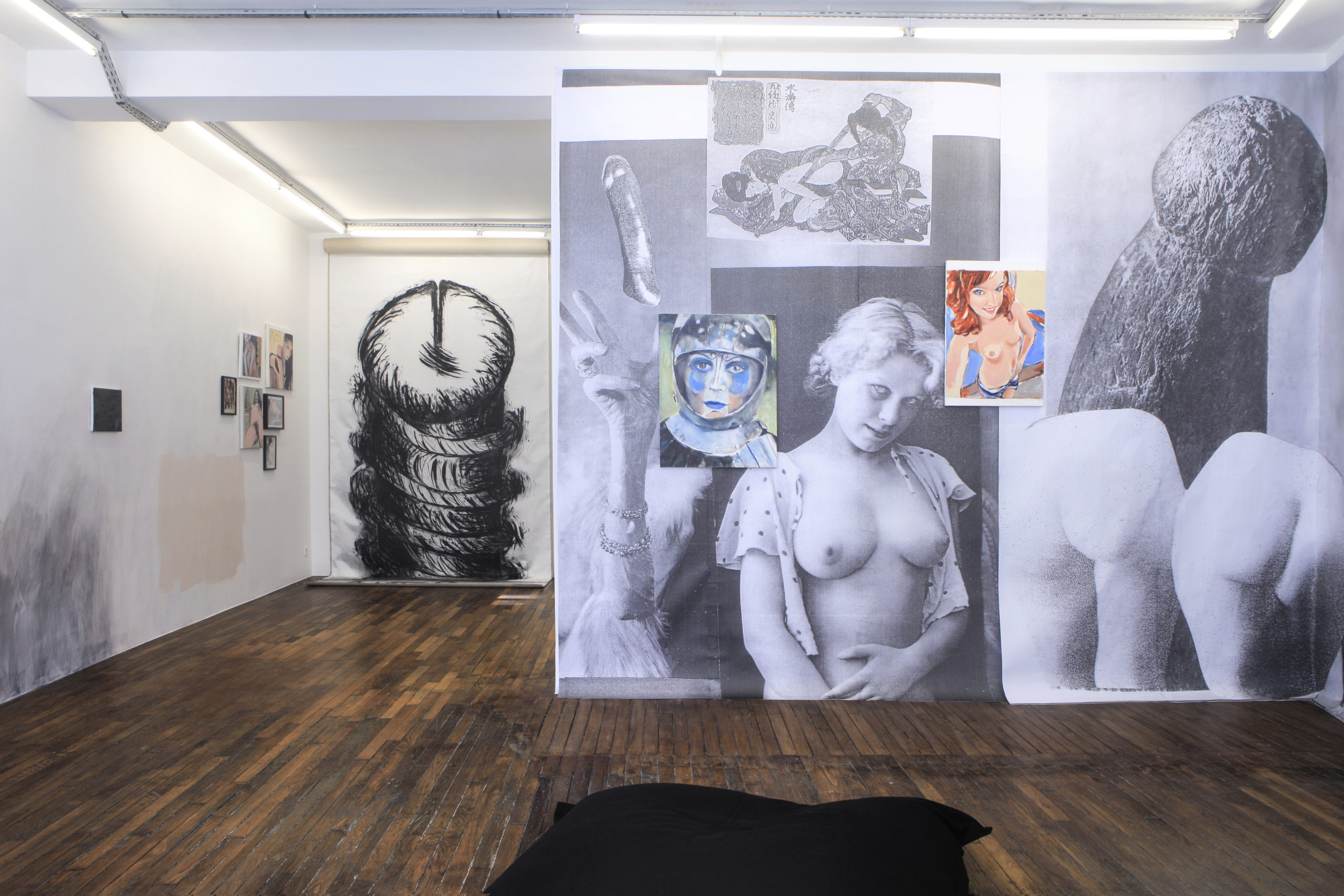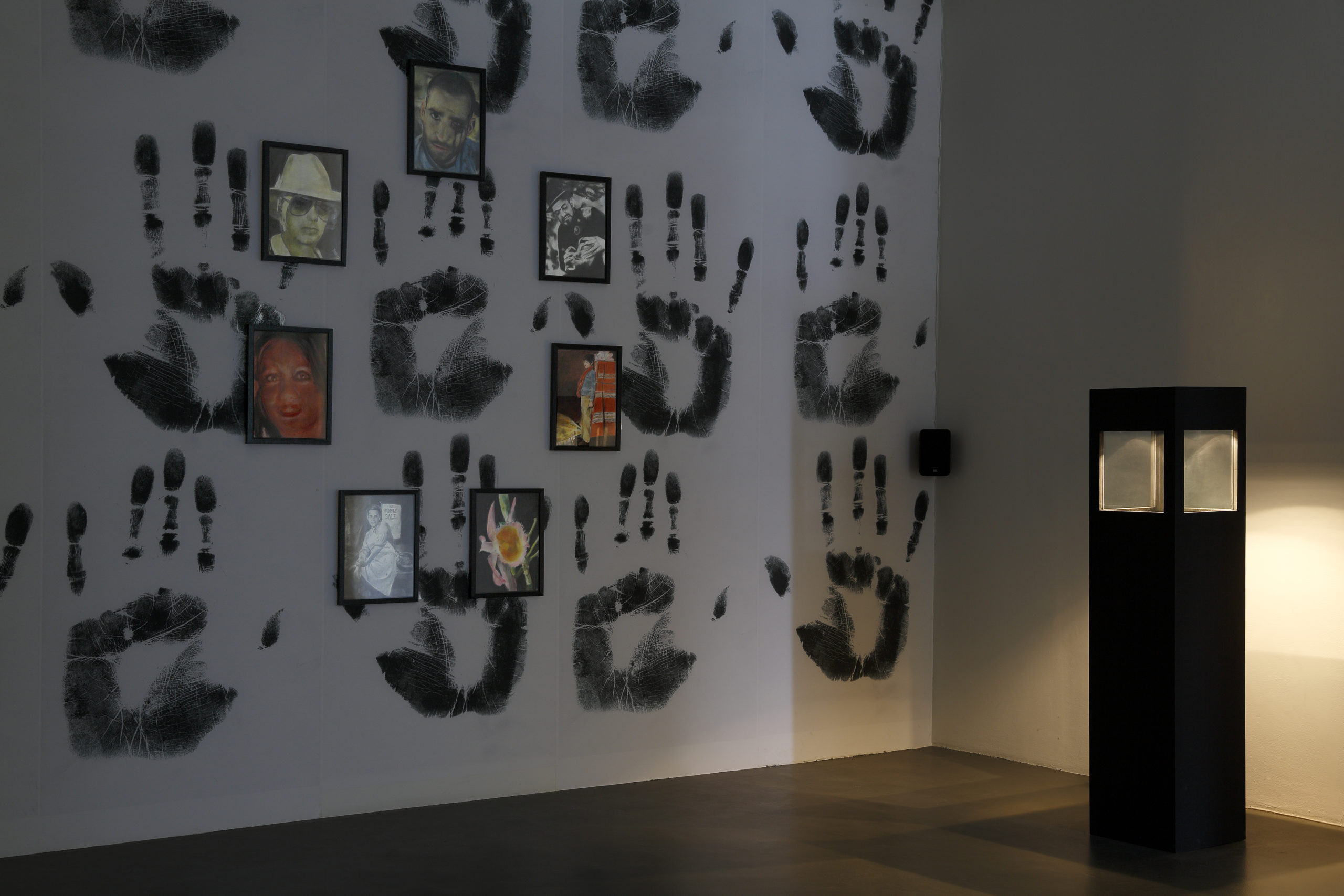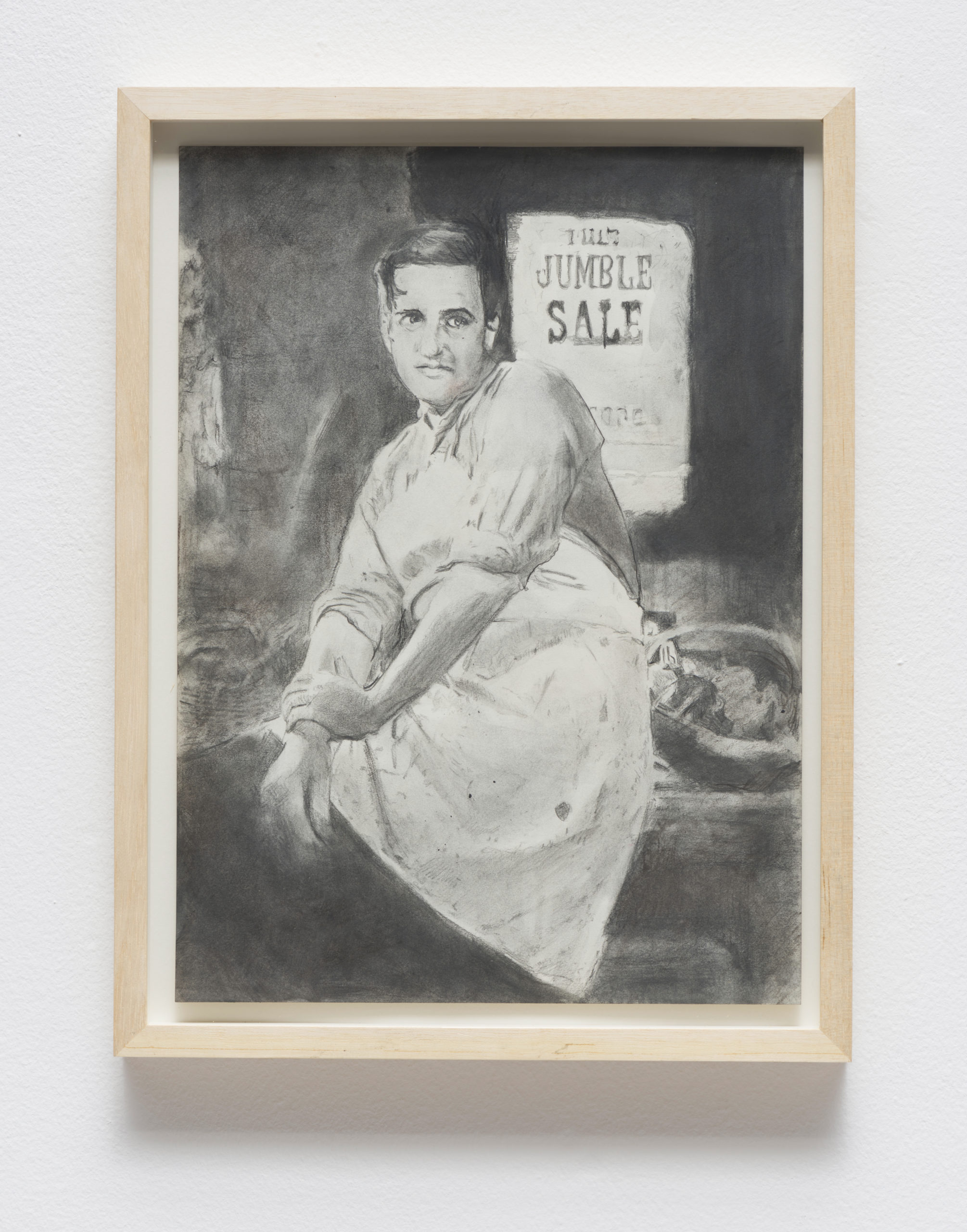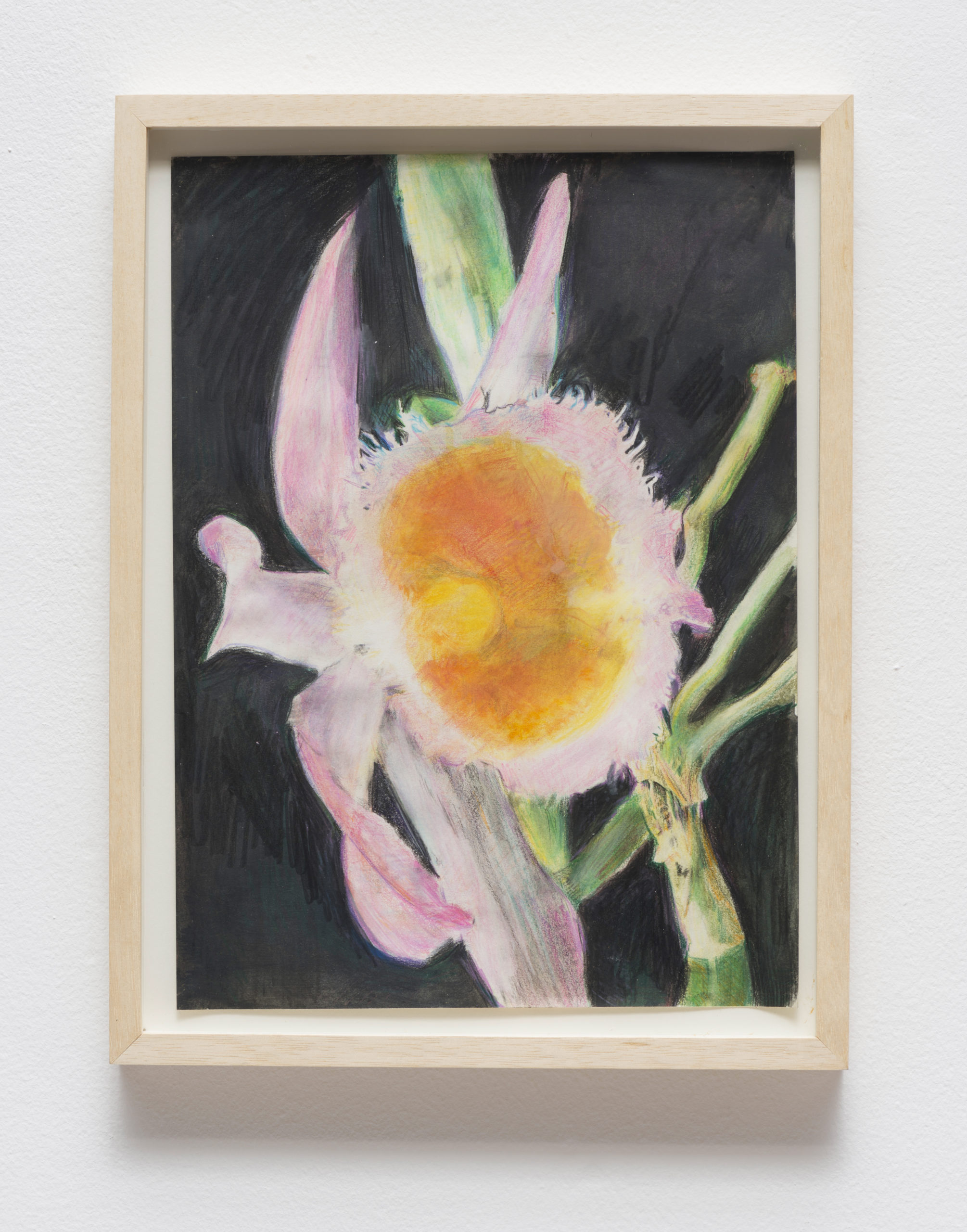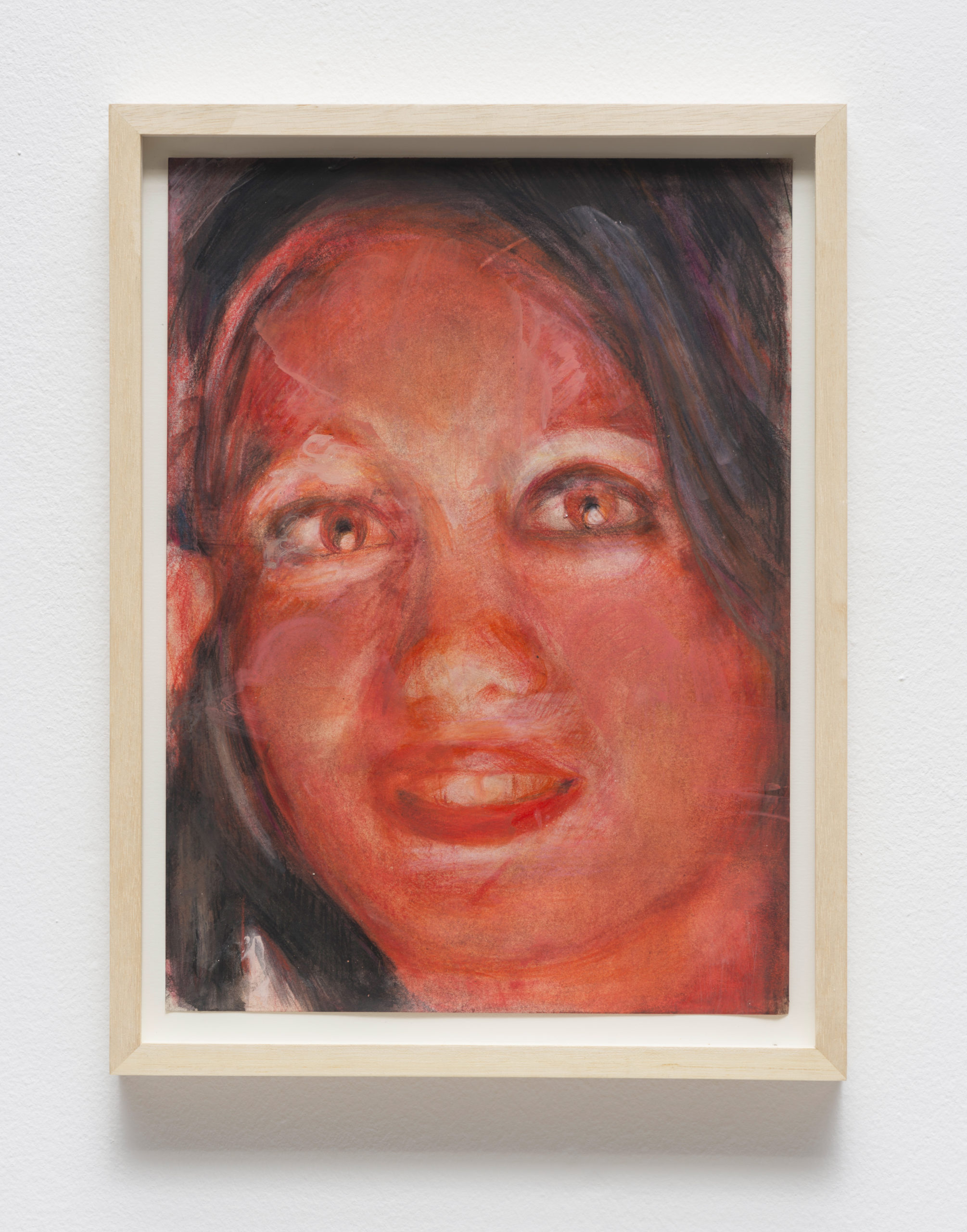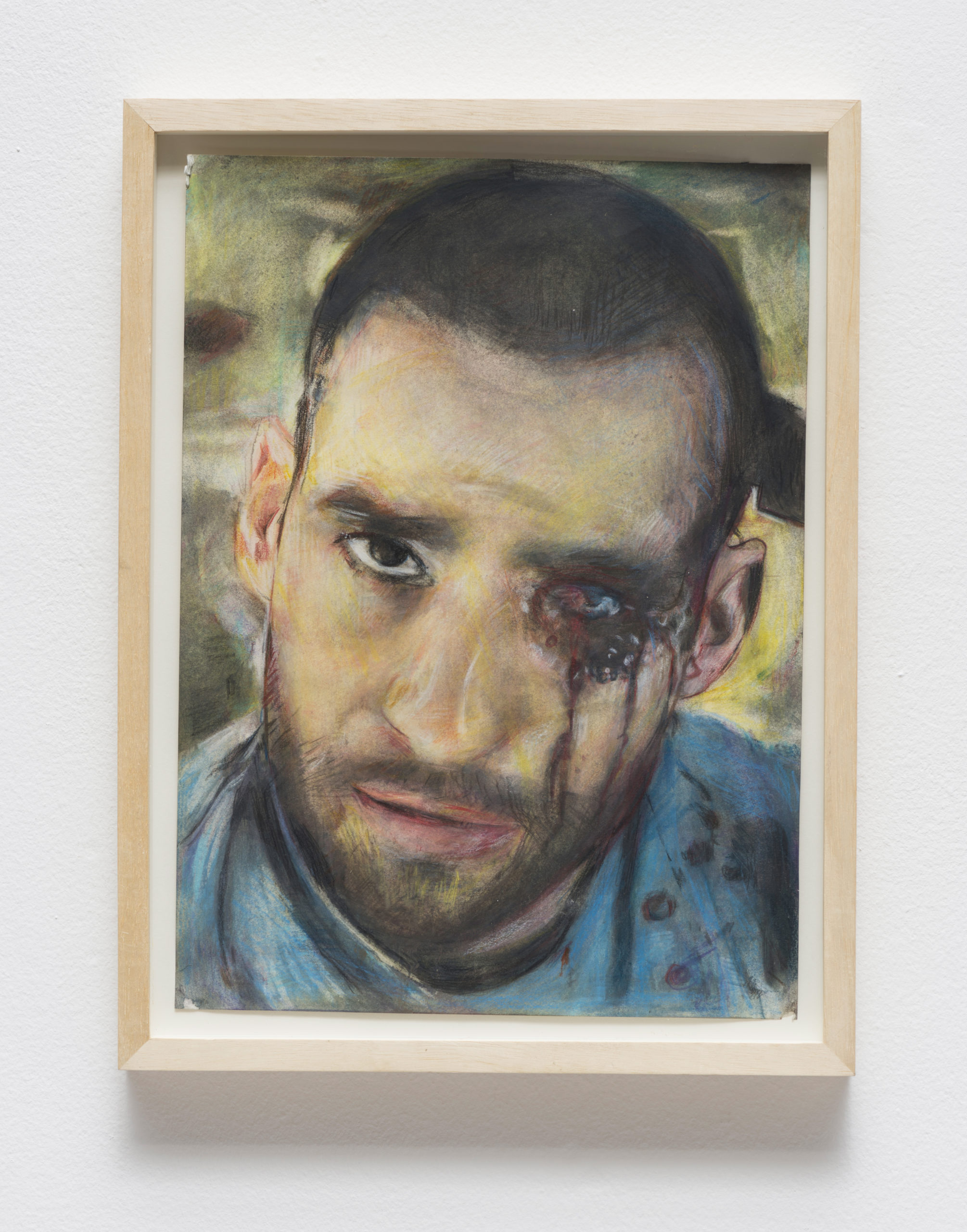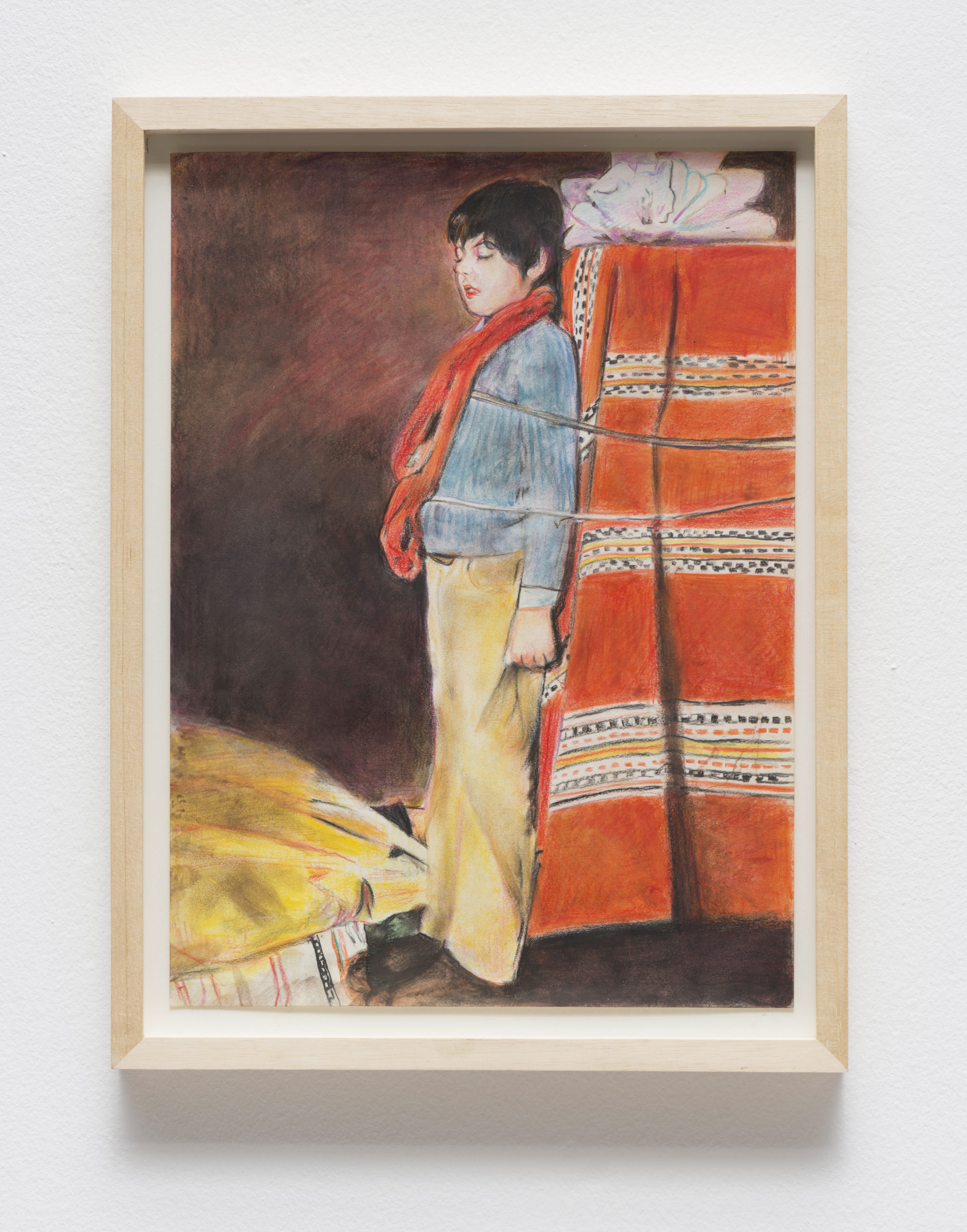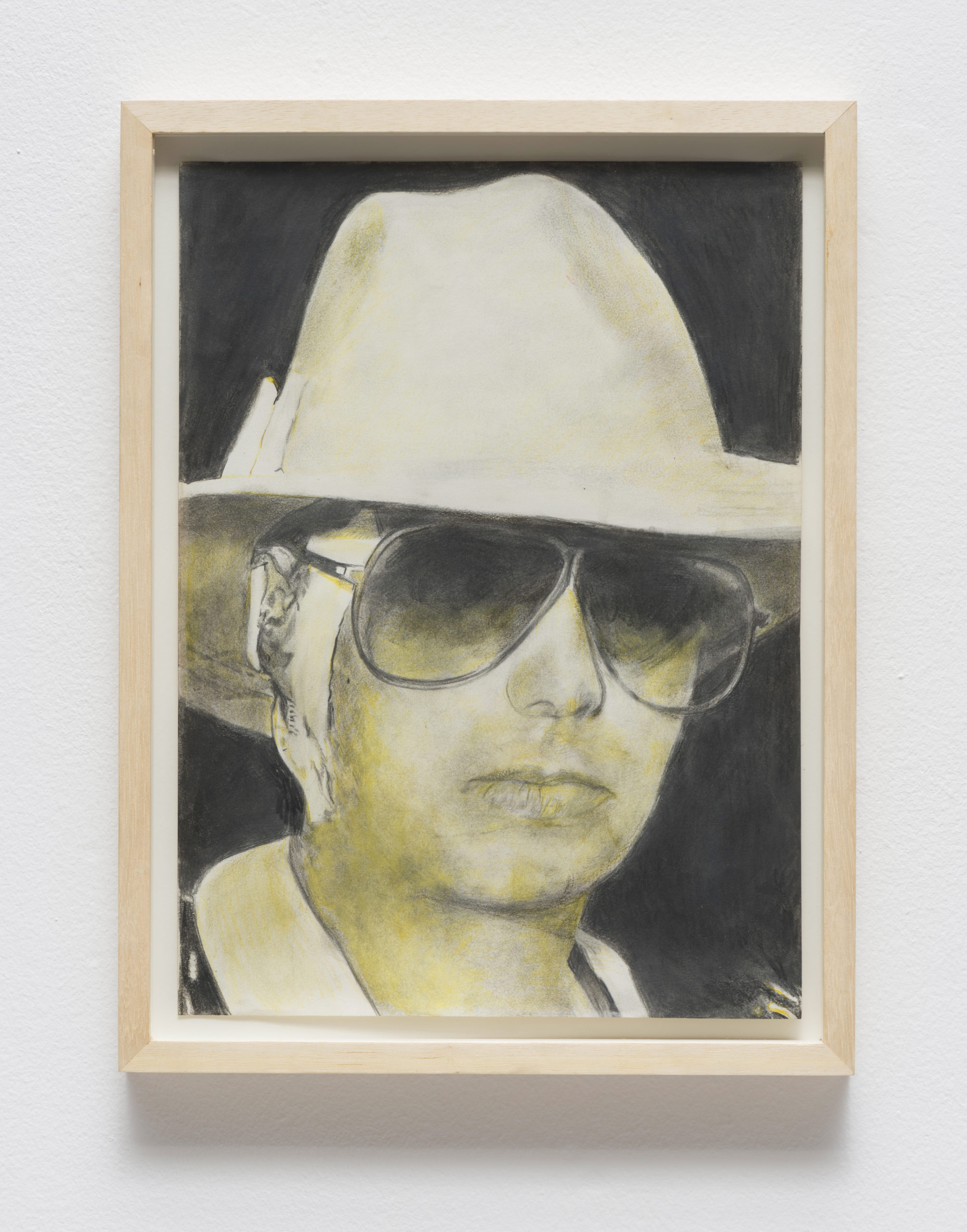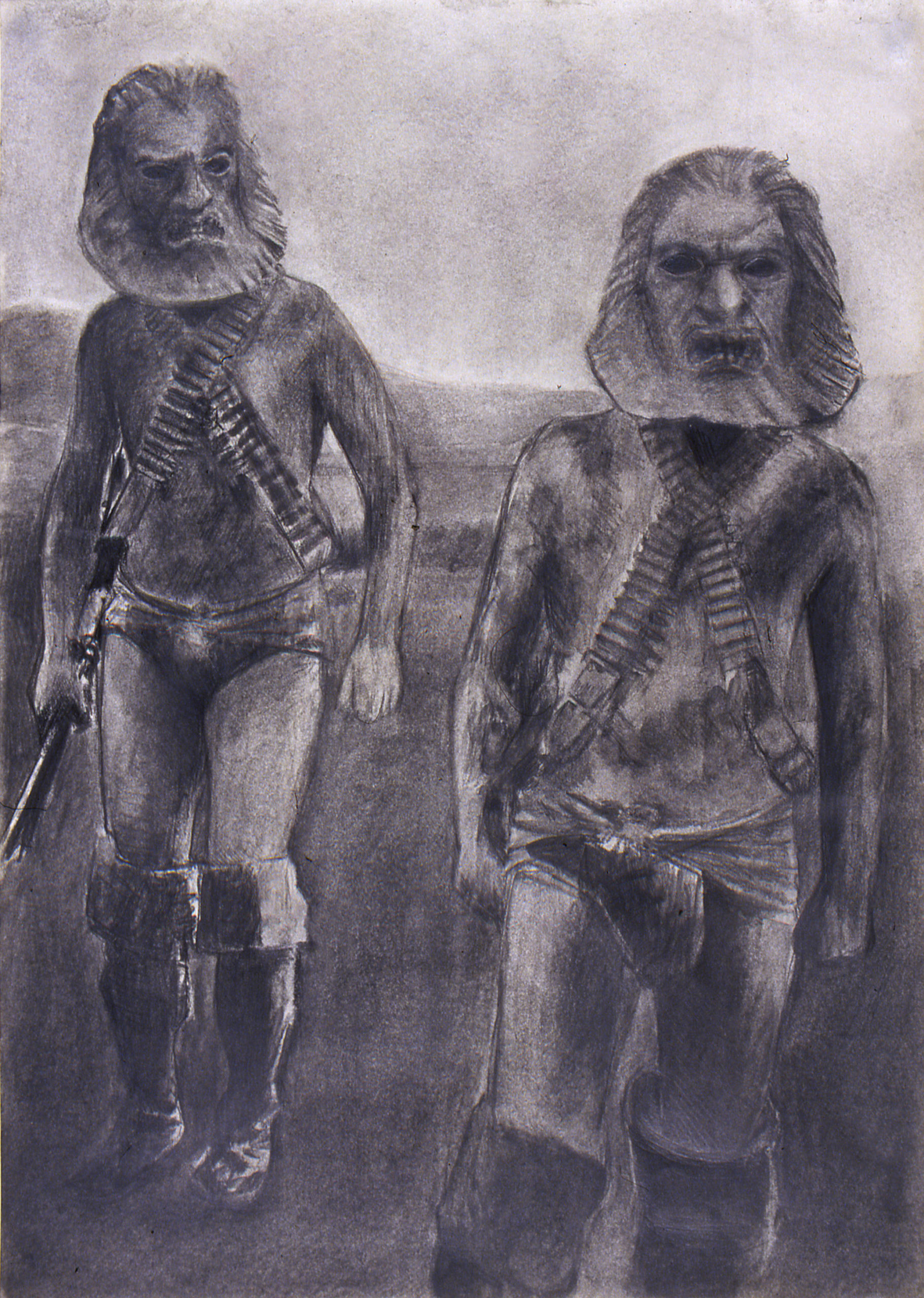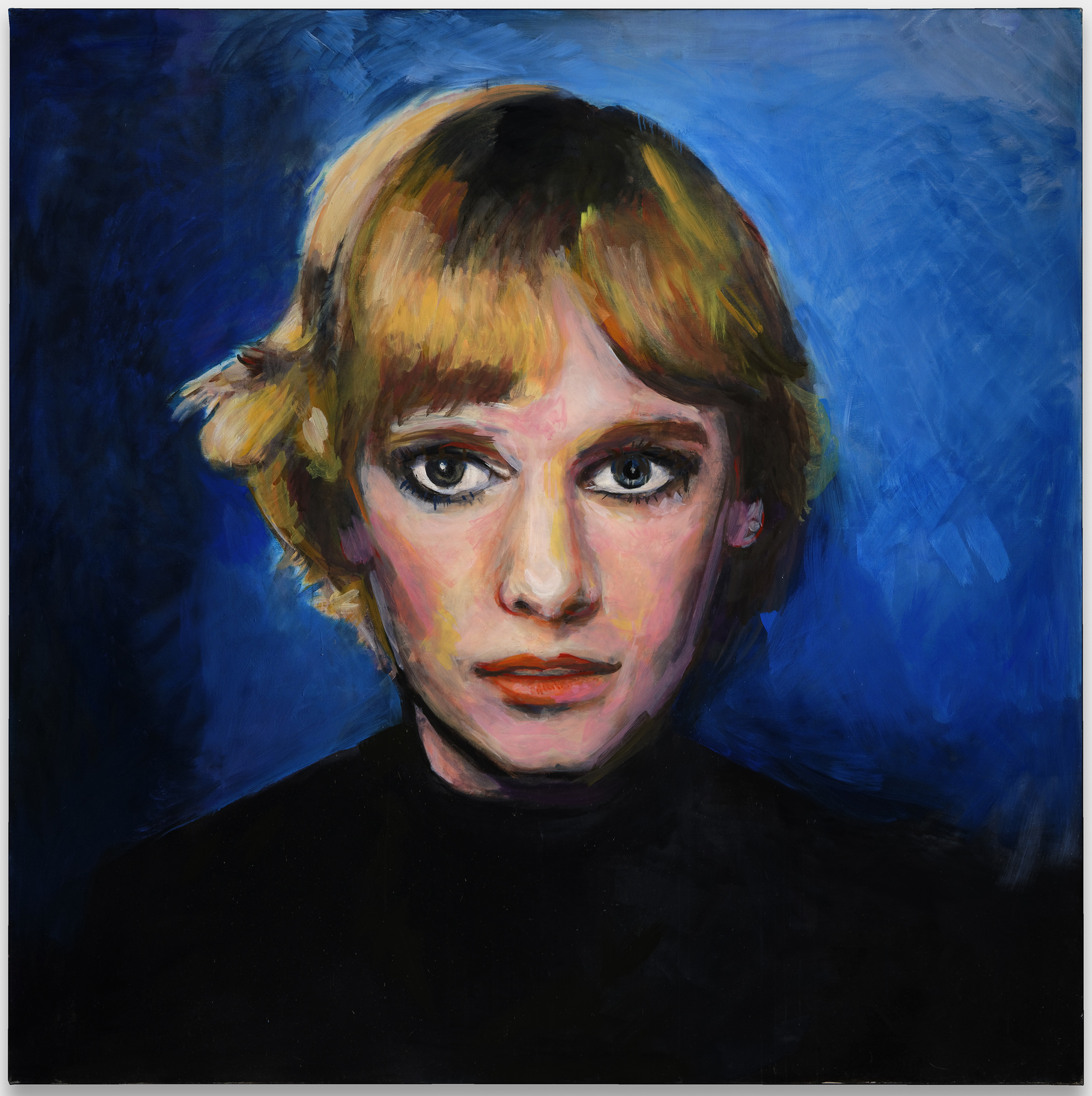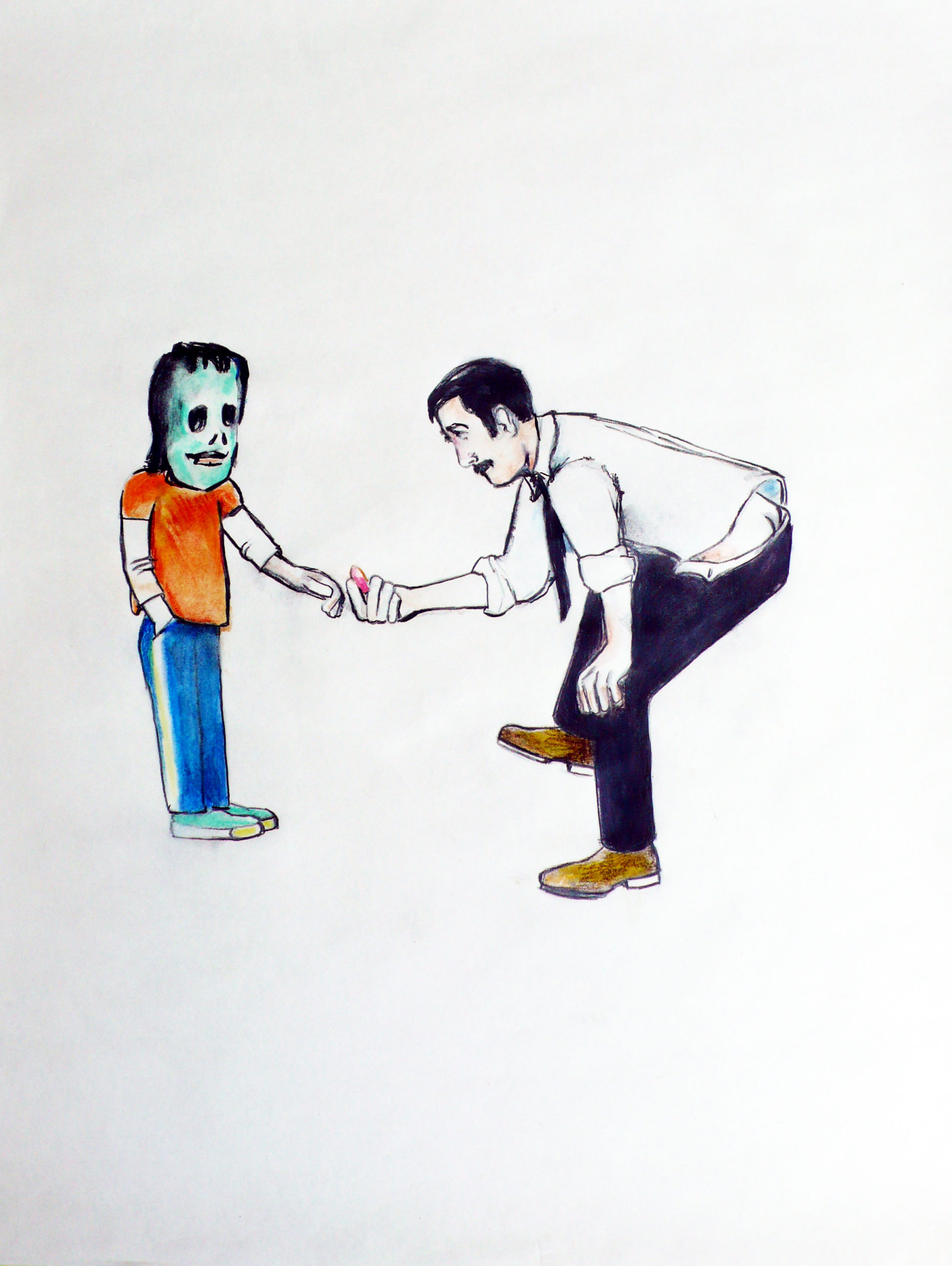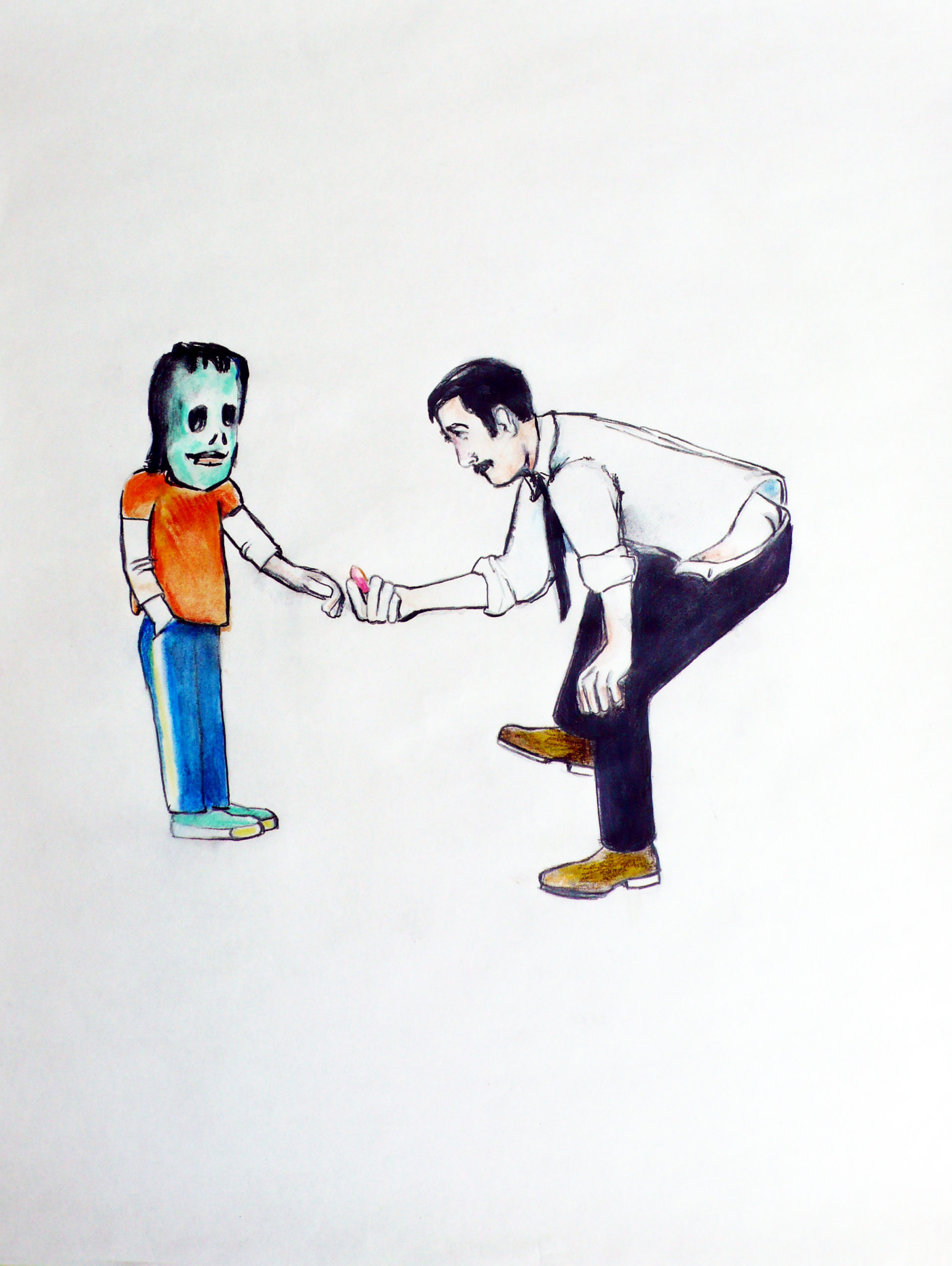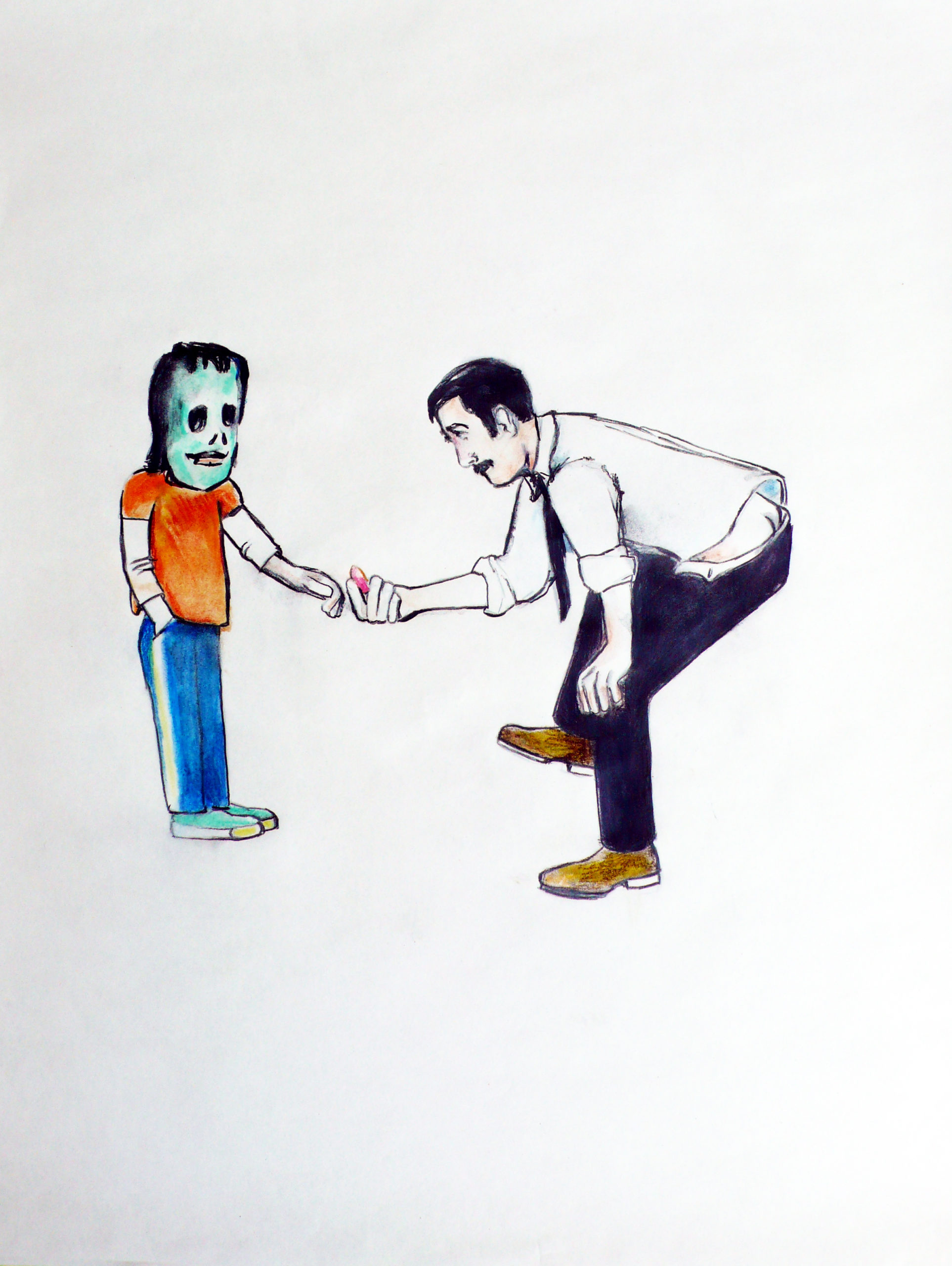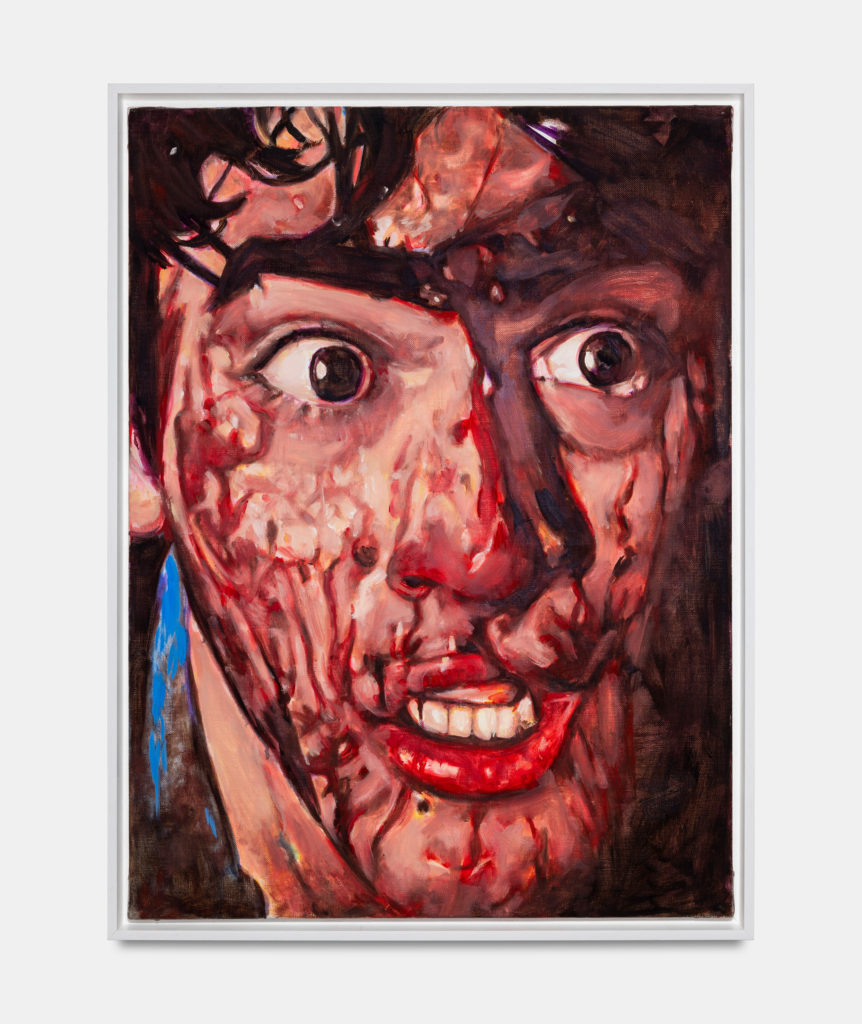
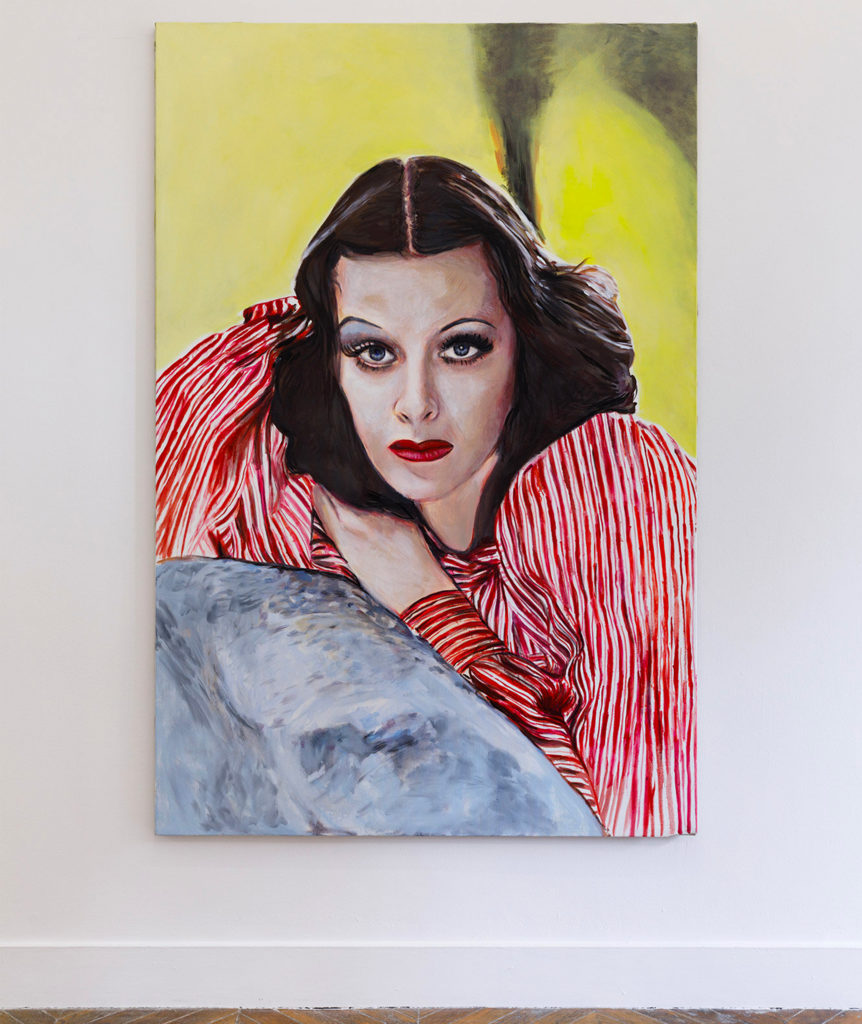
Huile sur toile / Oil on canvas
195 × 130 cm (76 ¾ × 51 ⅛ inches)
Photo Salim Santa-Lucia
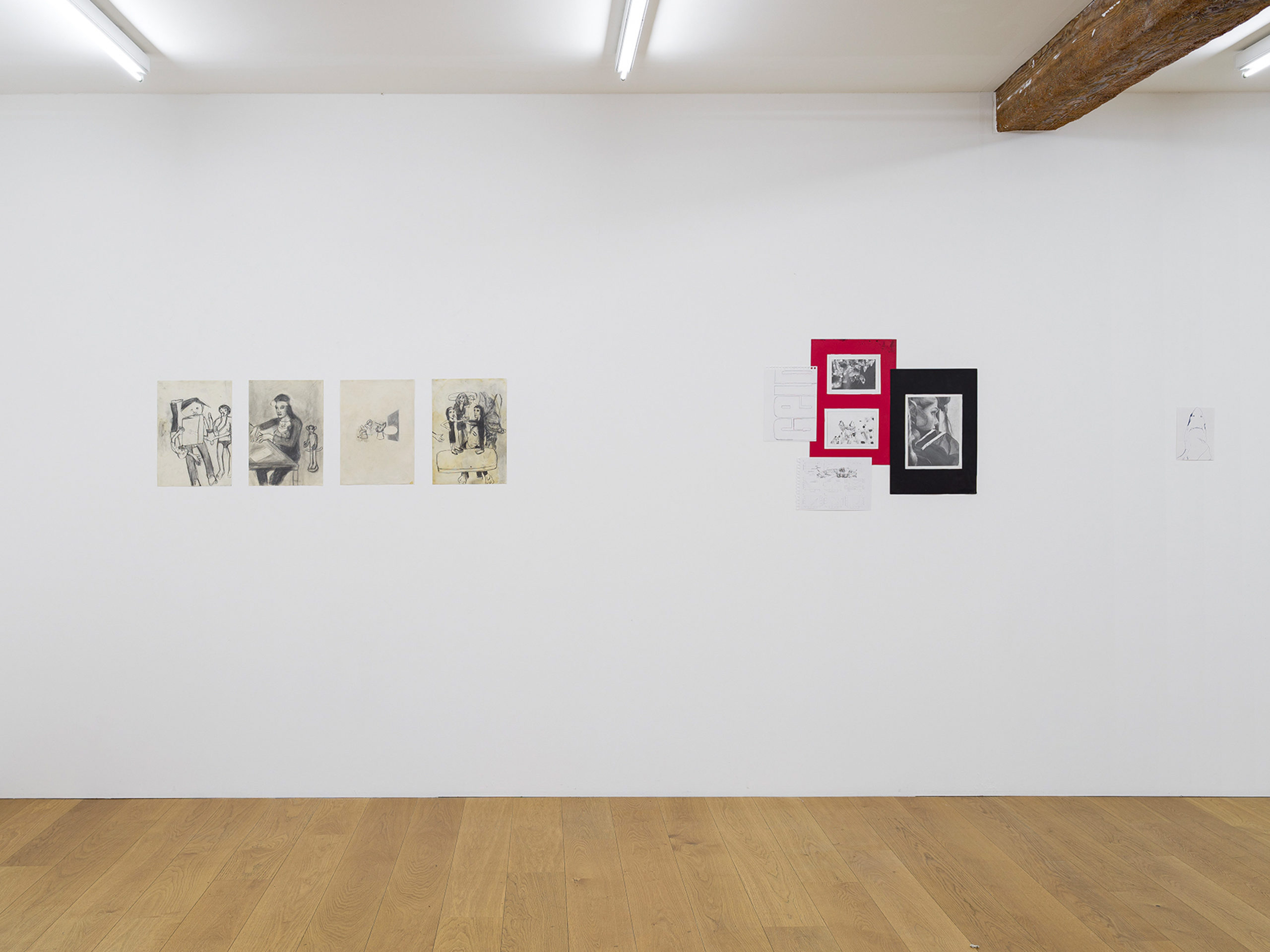
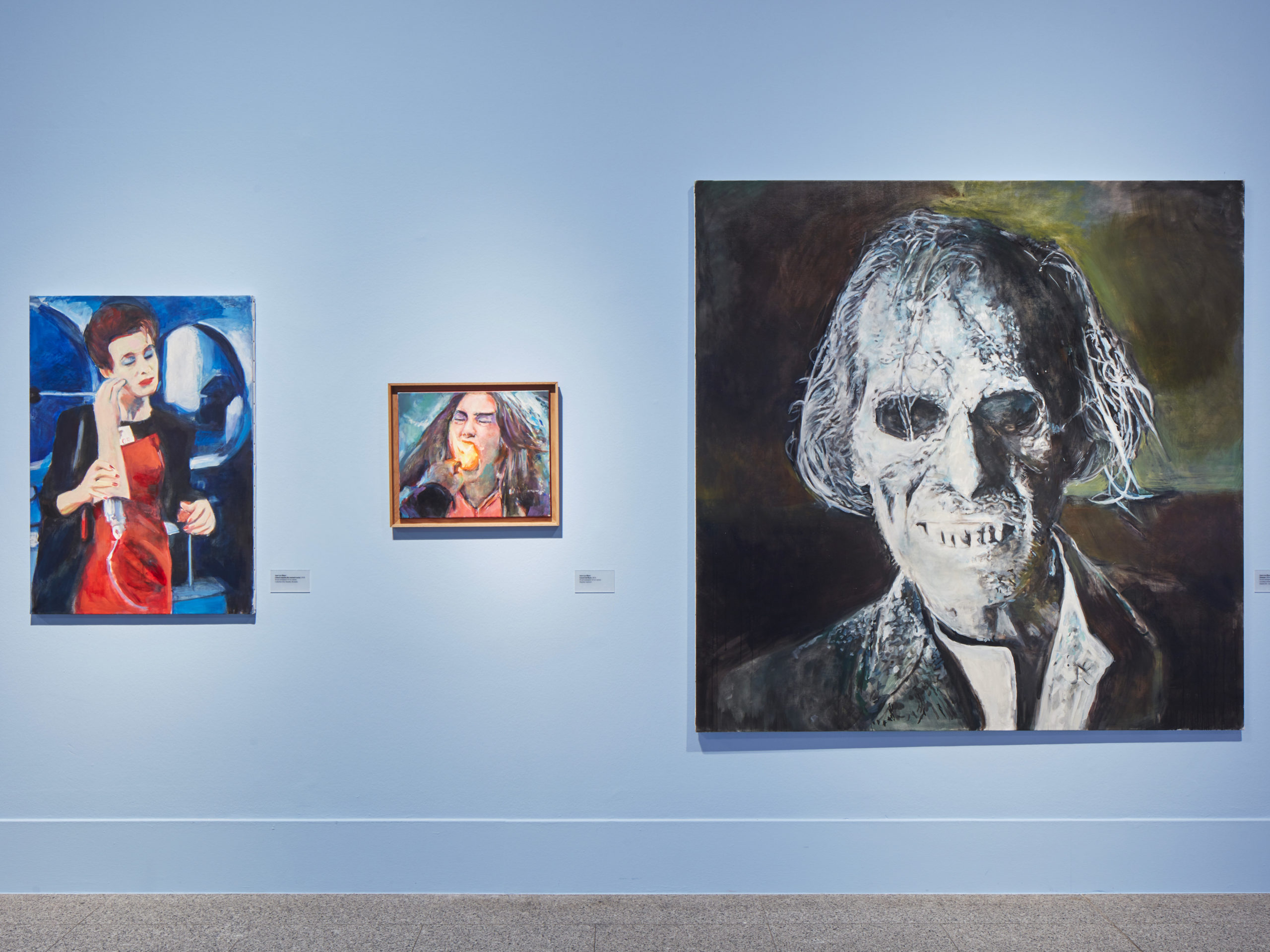
Photo: Mick Vincenz, 2022 © Kunst- und Ausstellungshalle der Bundesrepublik Deutschland GmbH
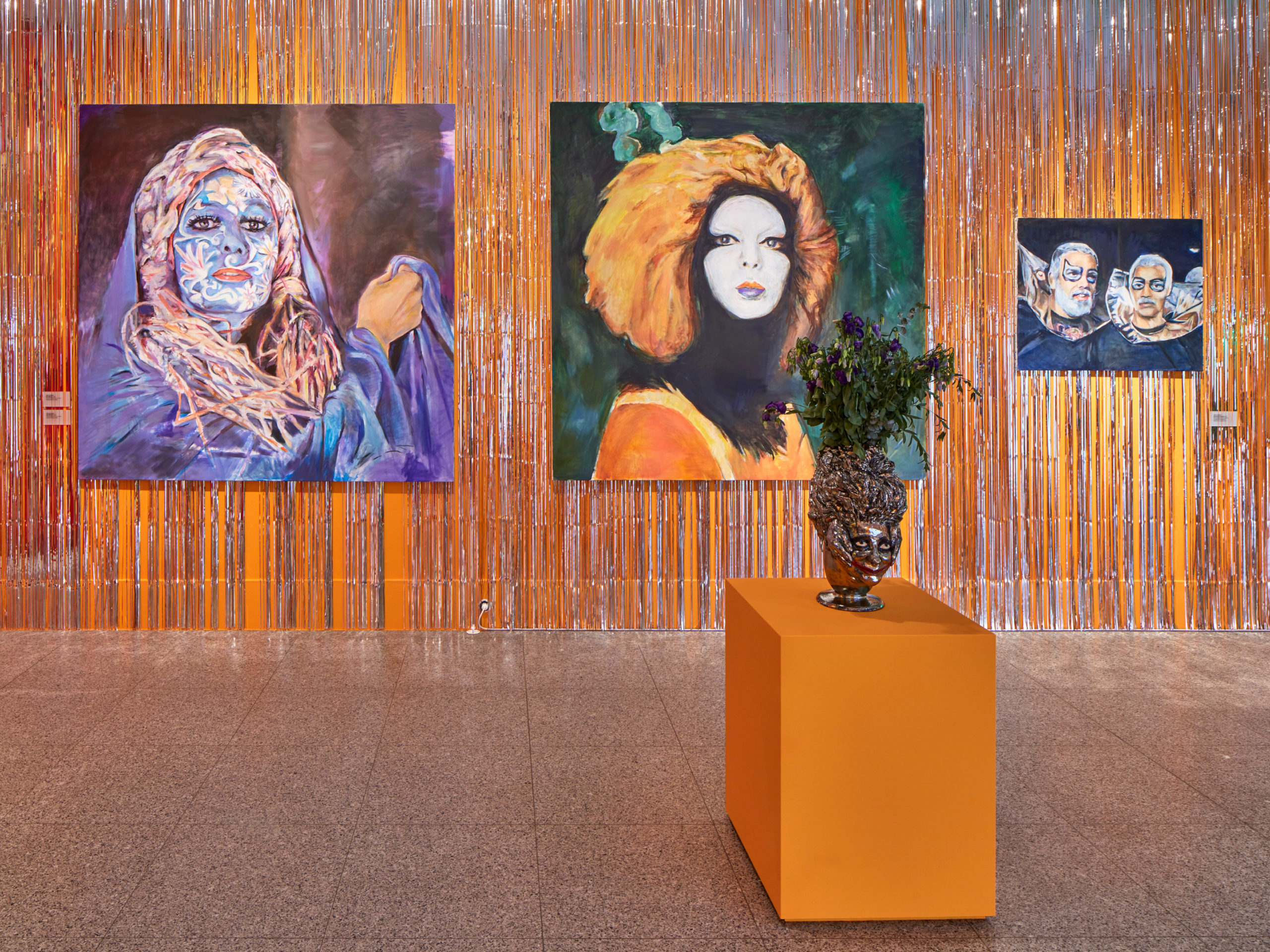
Photo: Mick Vincenz, 2022 © Kunst- und Ausstellungshalle der Bundesrepublik Deutschland GmbH
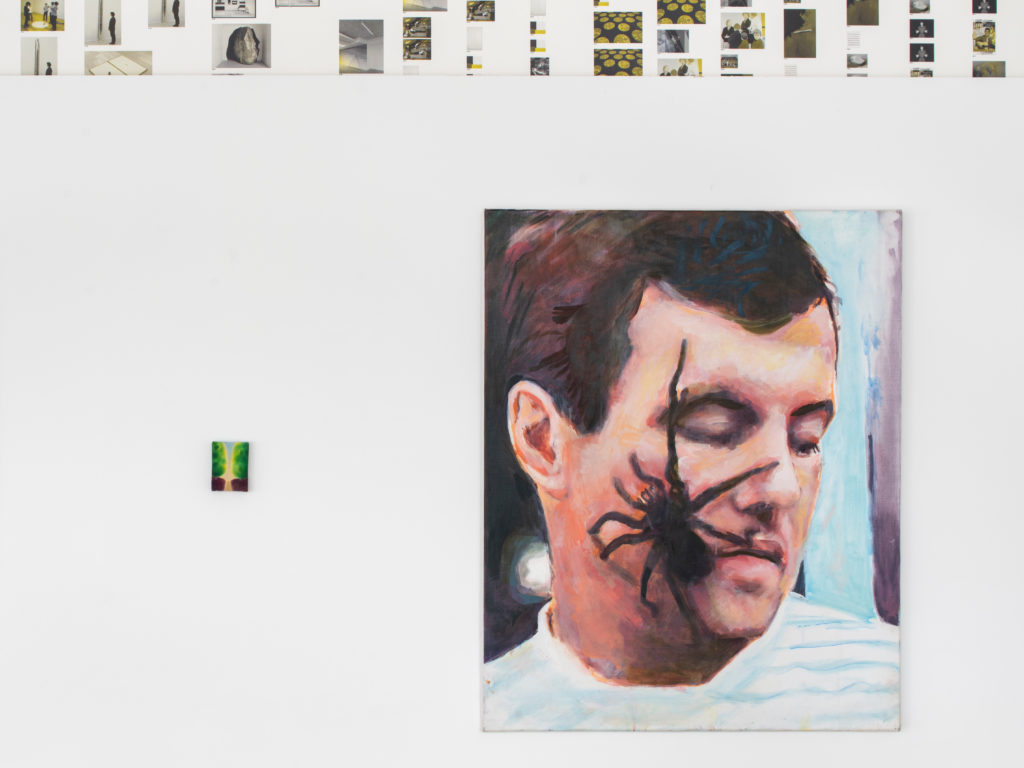
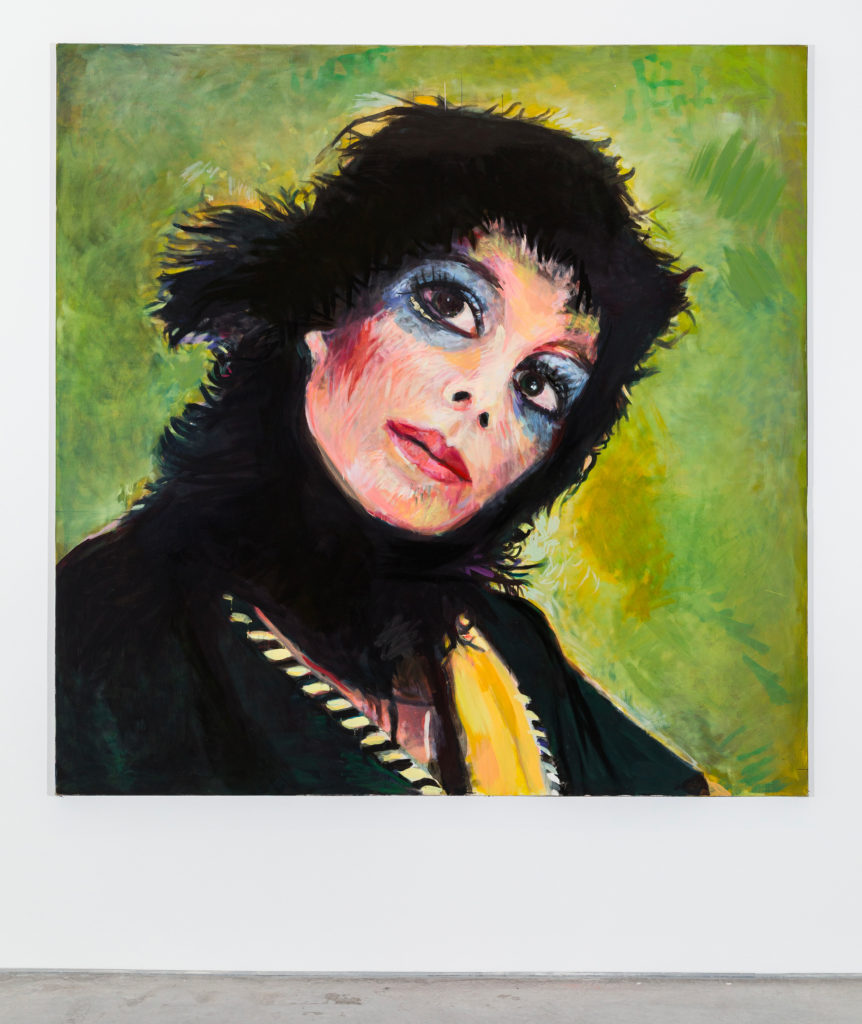
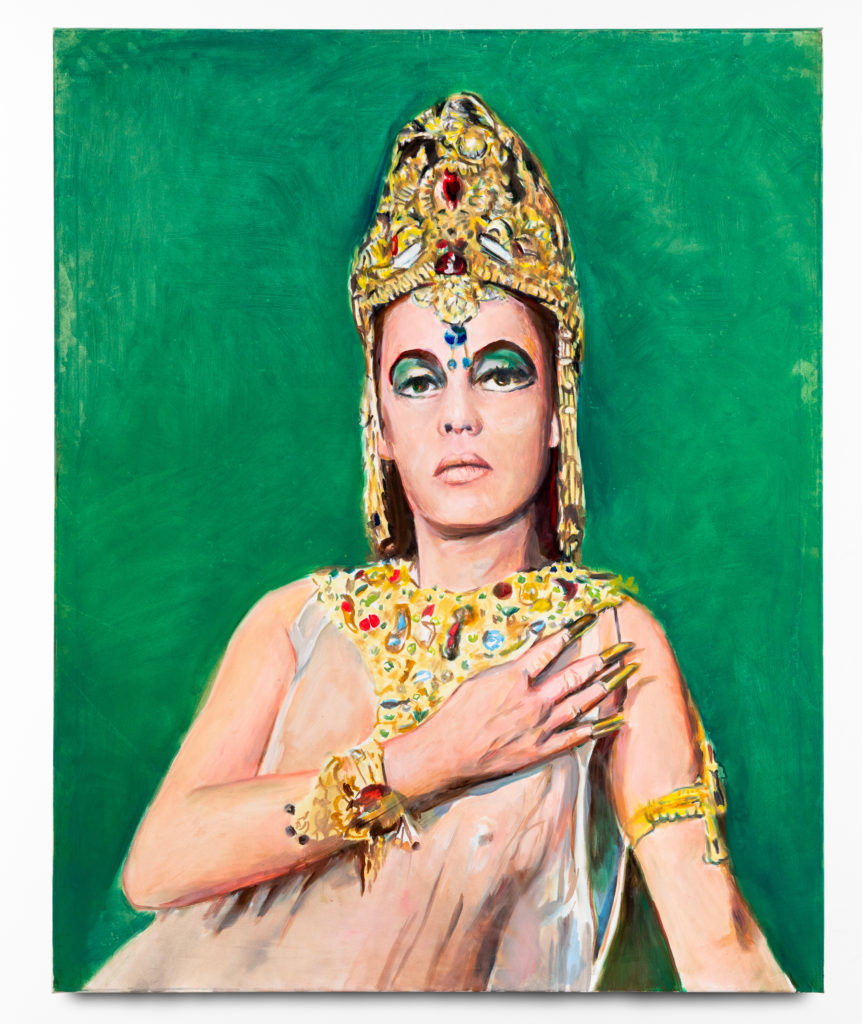

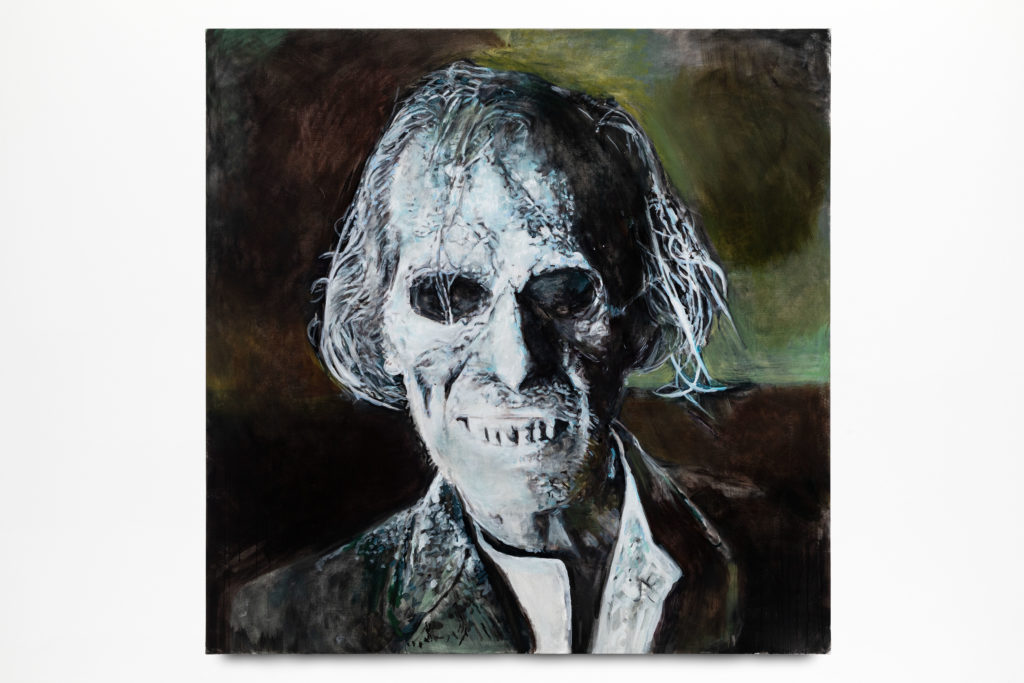
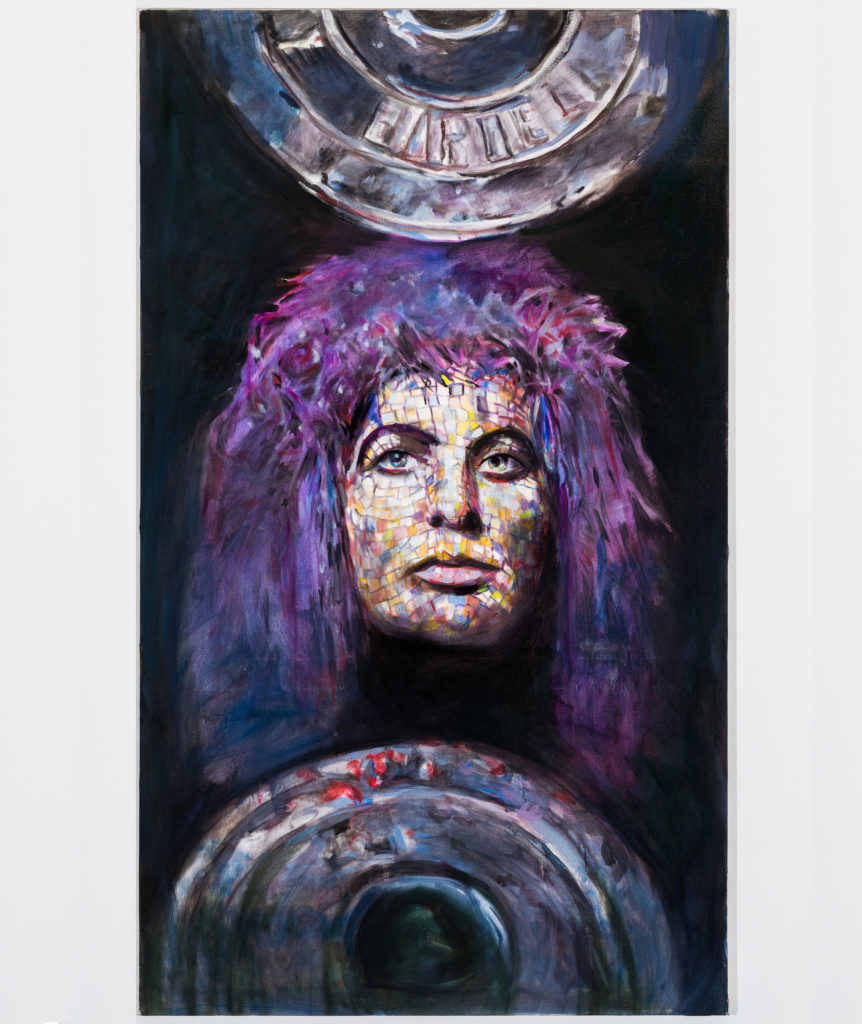
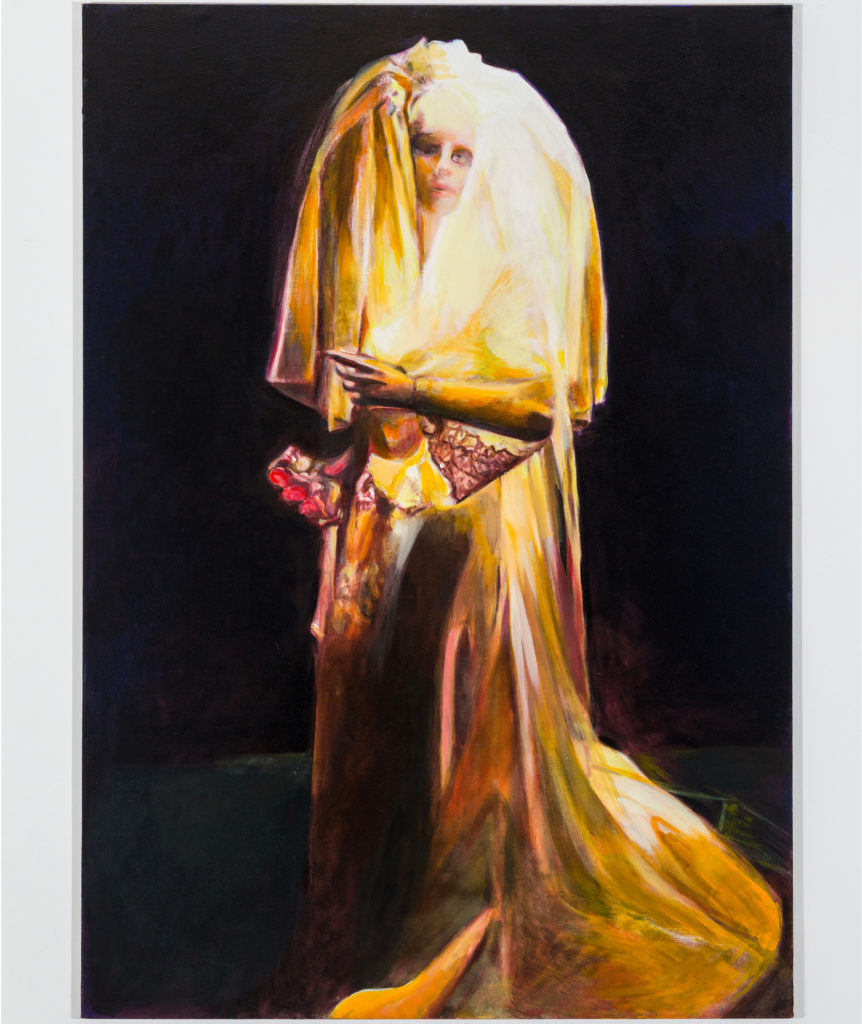
78 3/4 x 55 1/8 in. Photo: Romain Darnaud. Private collection Paris/FR

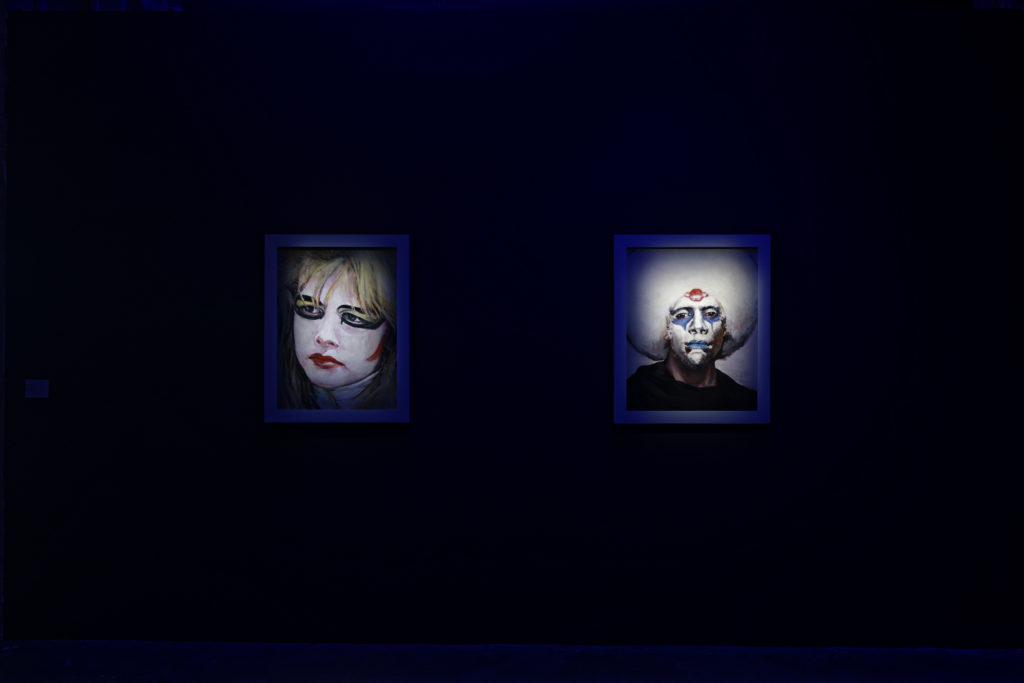
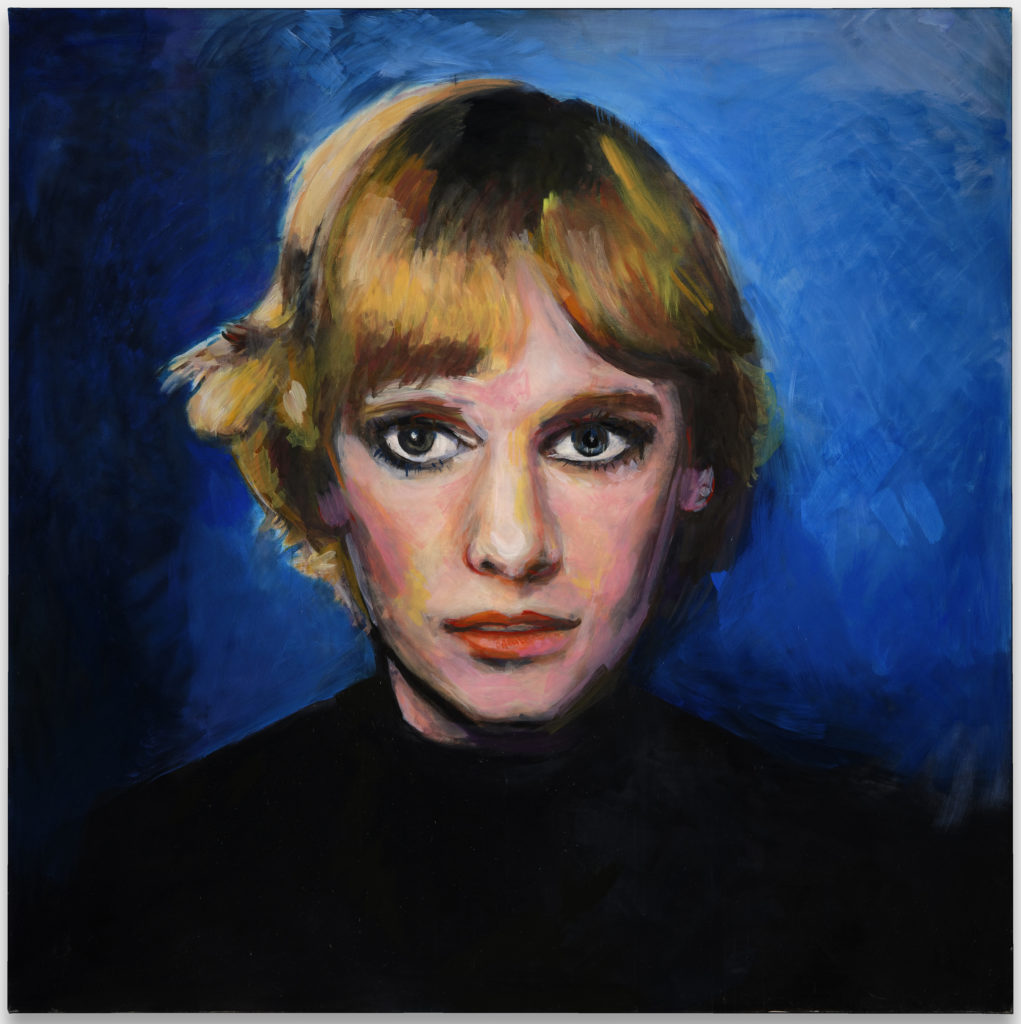
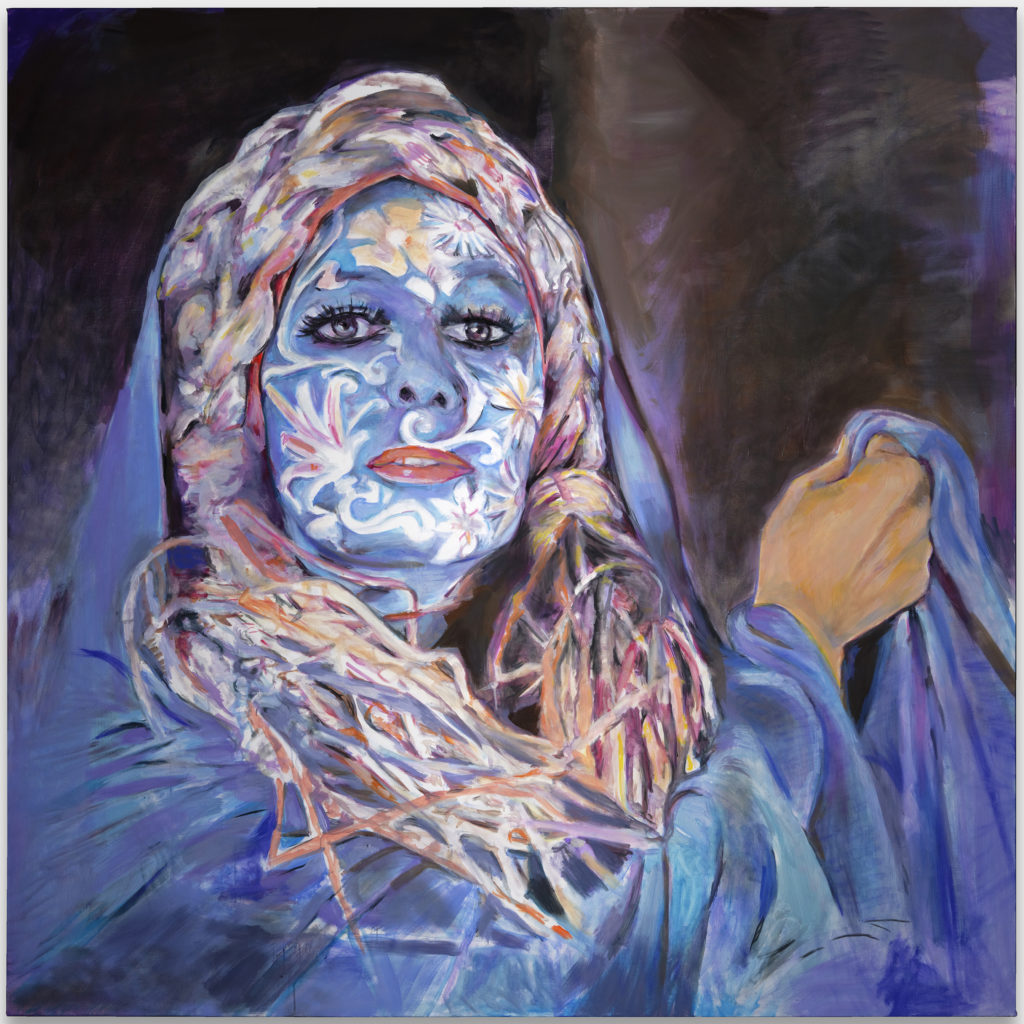
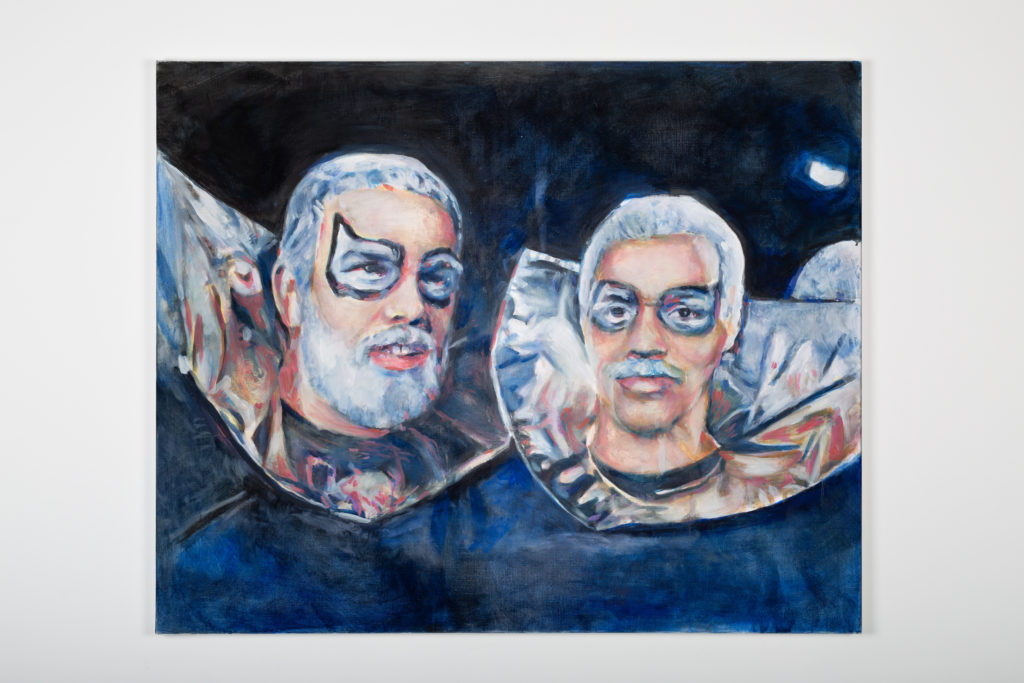
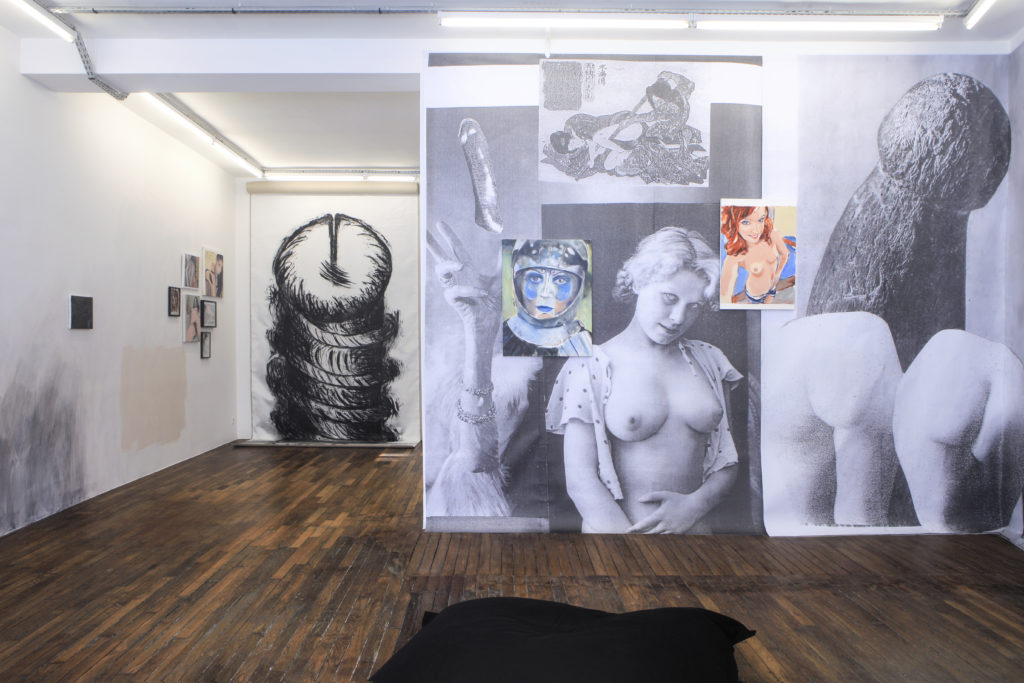
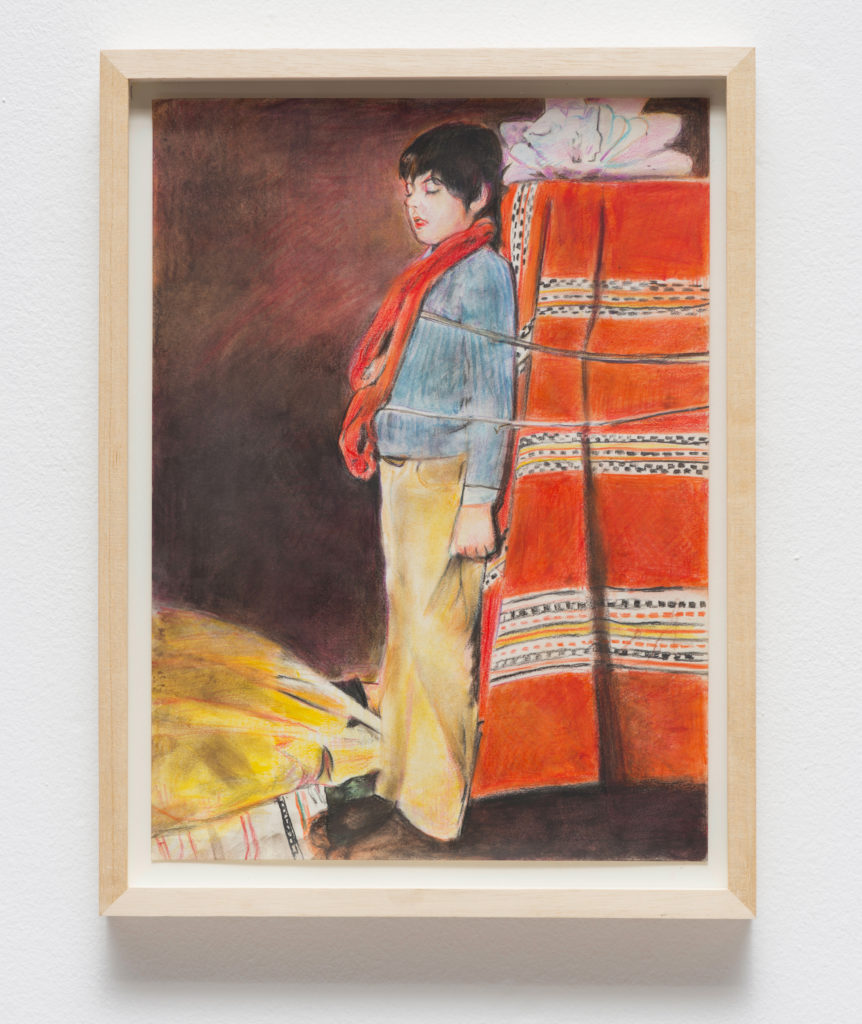
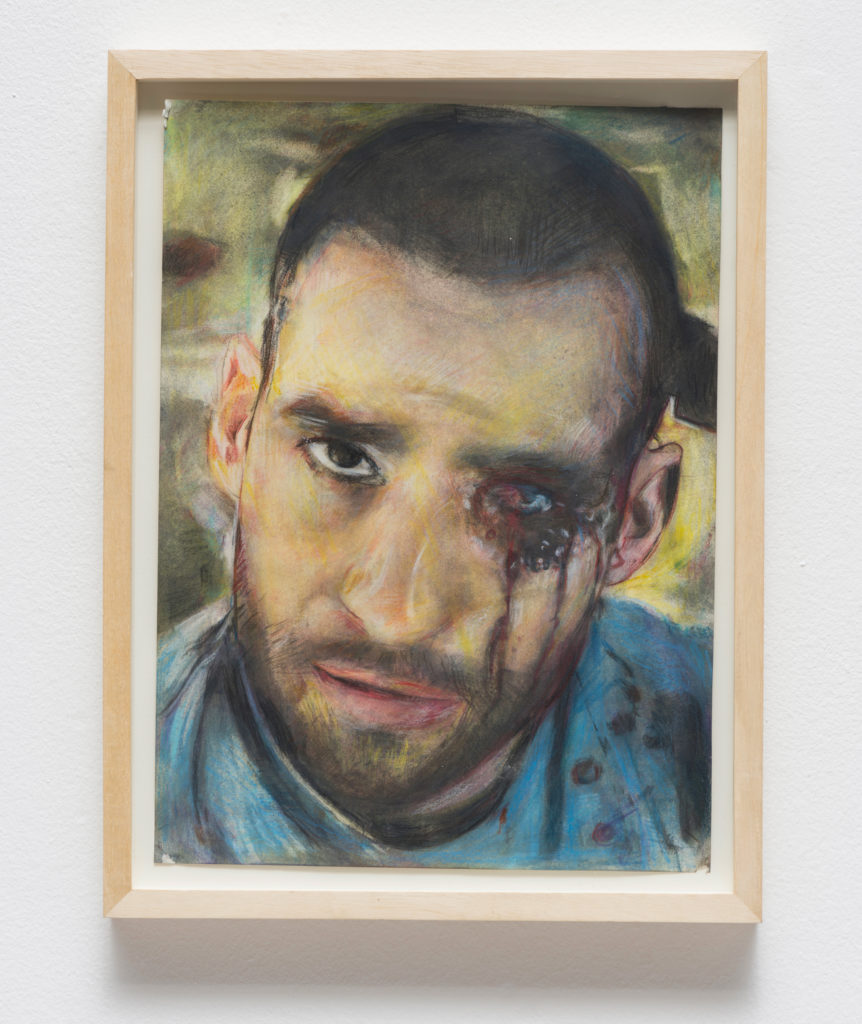
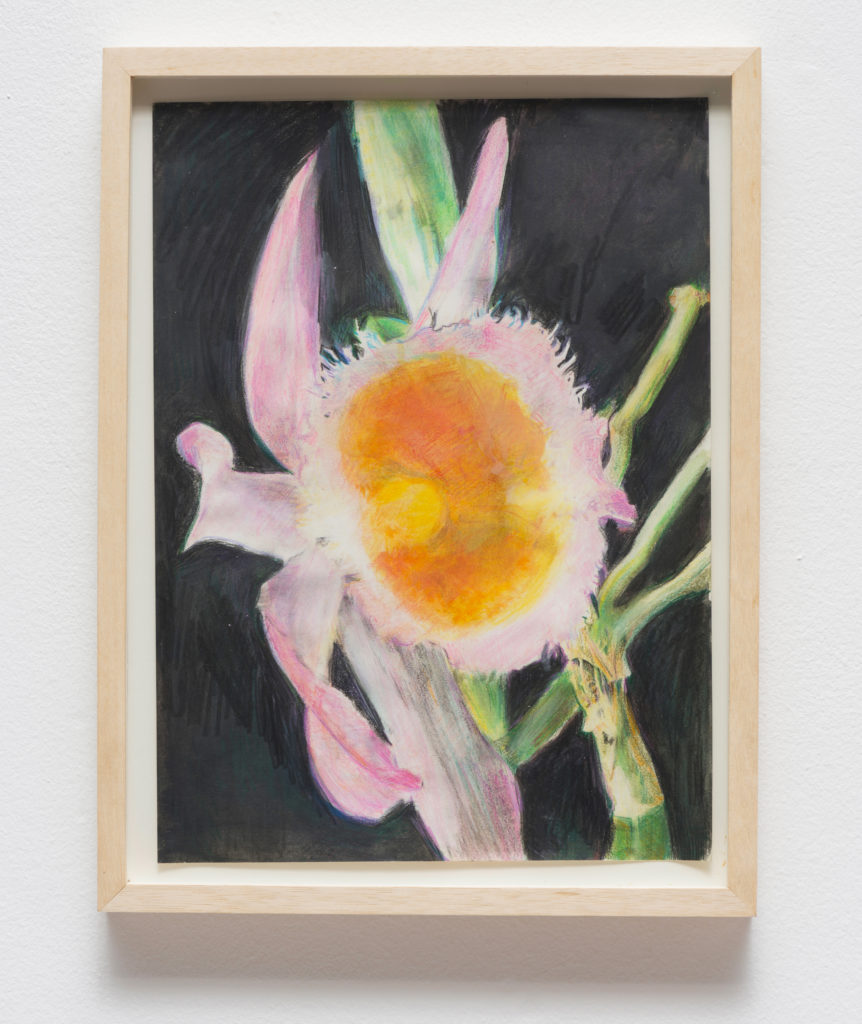
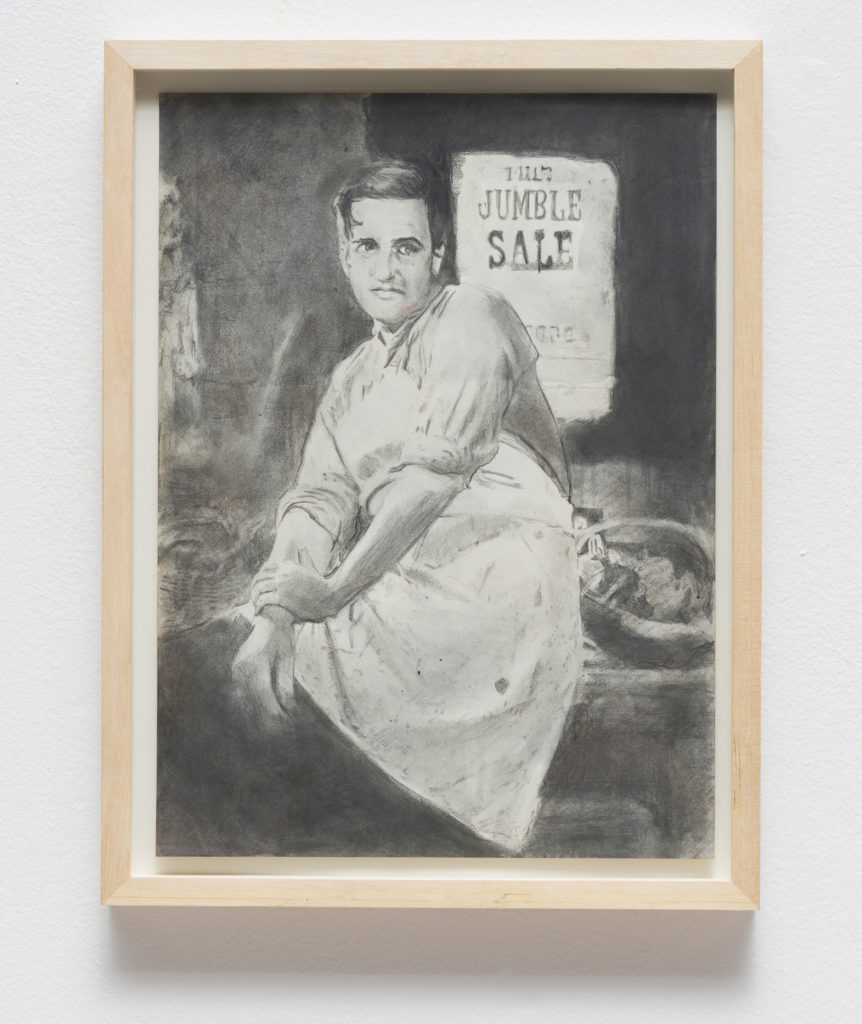
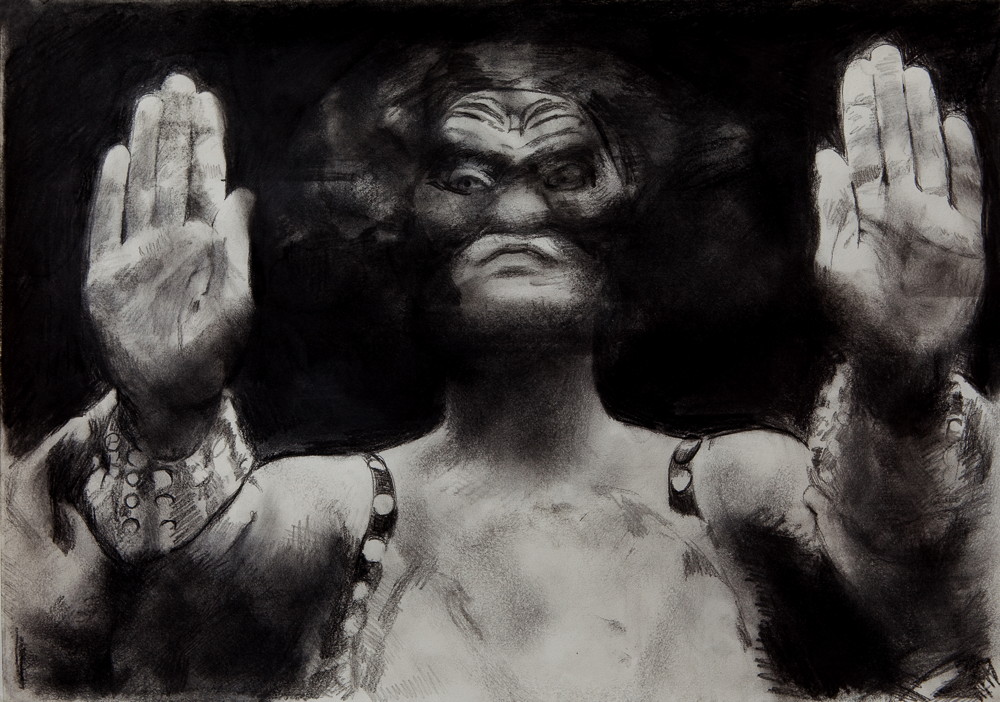
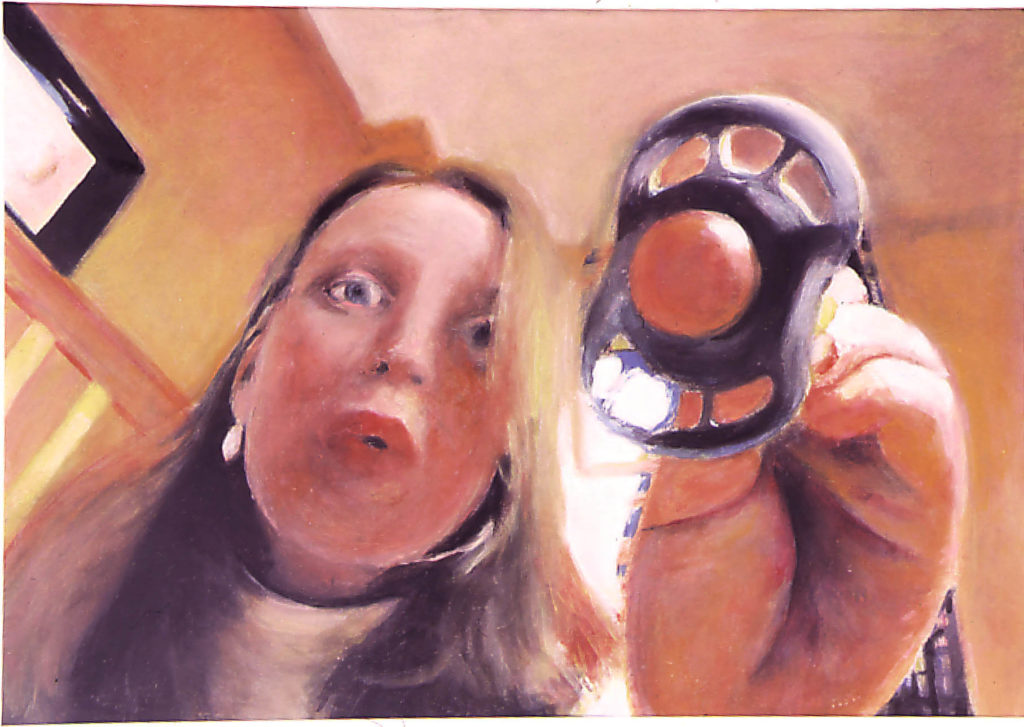
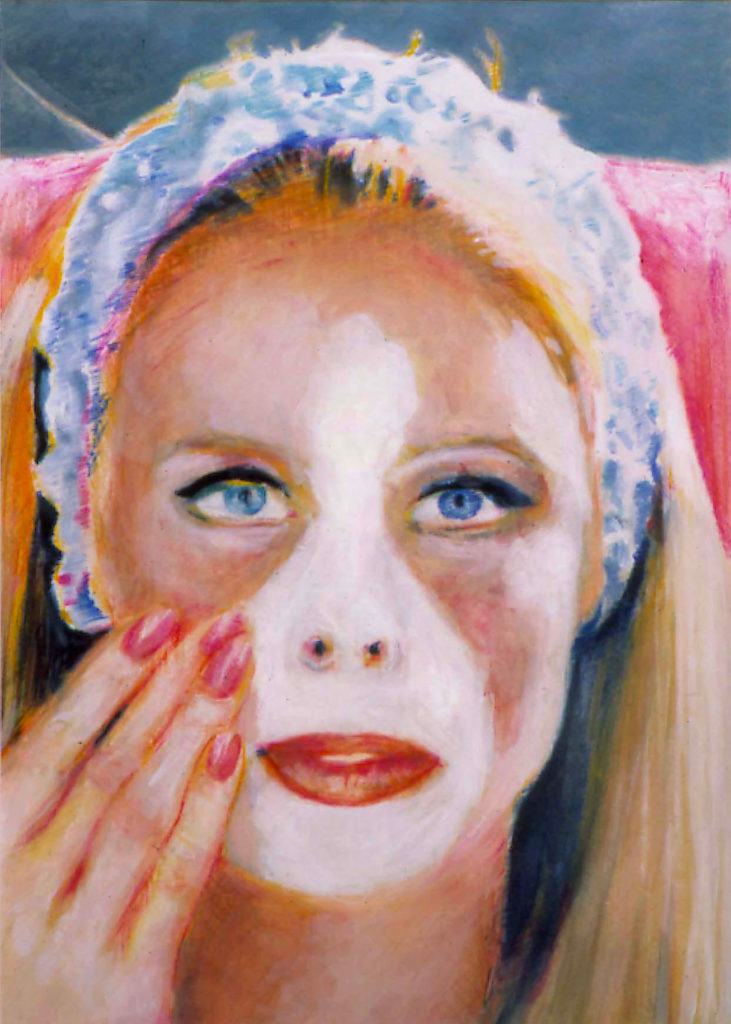
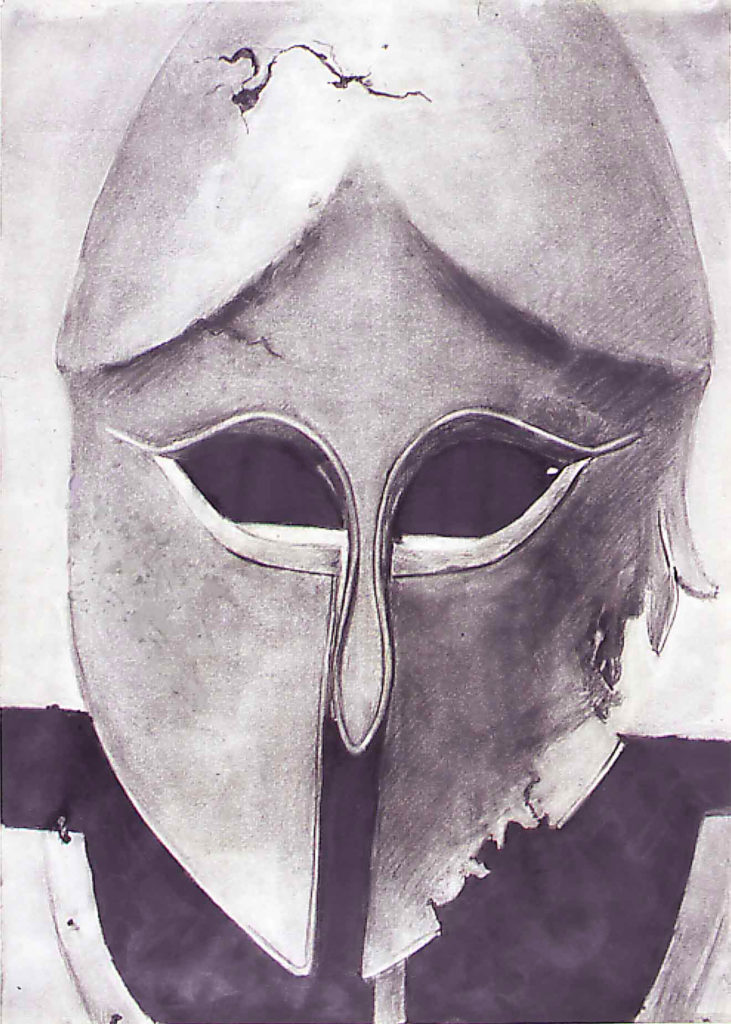
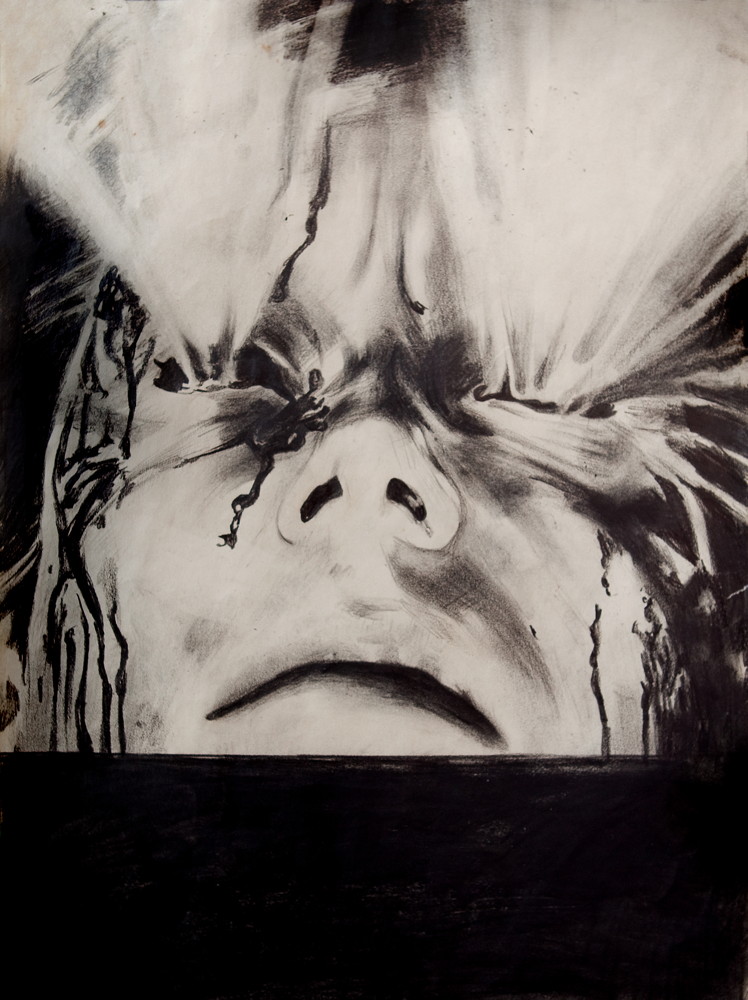
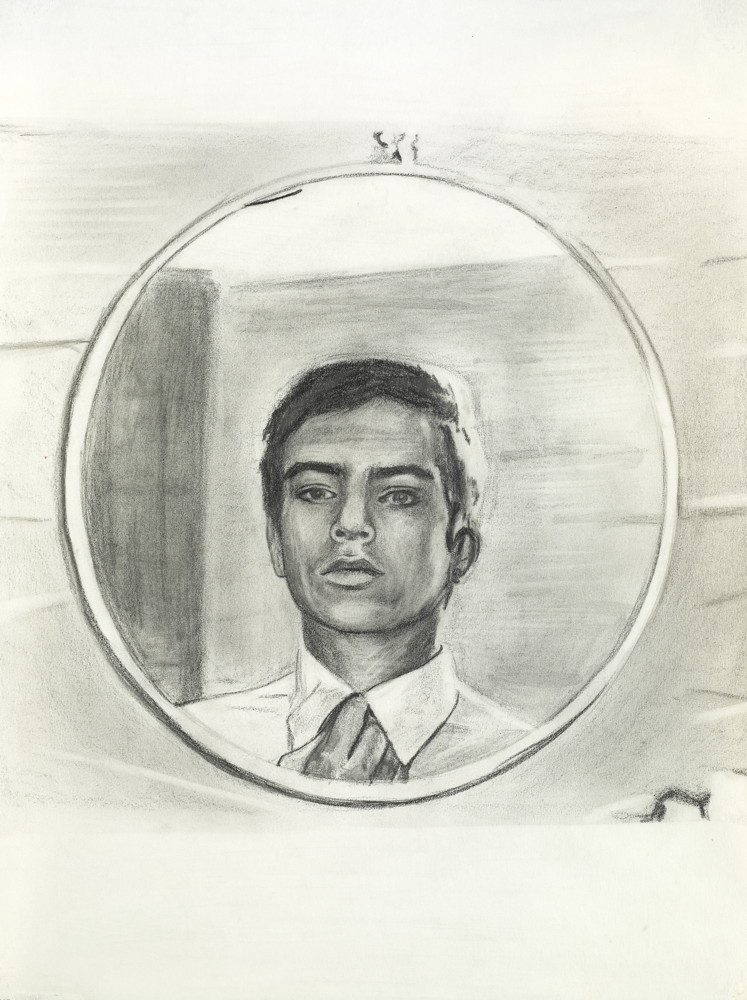
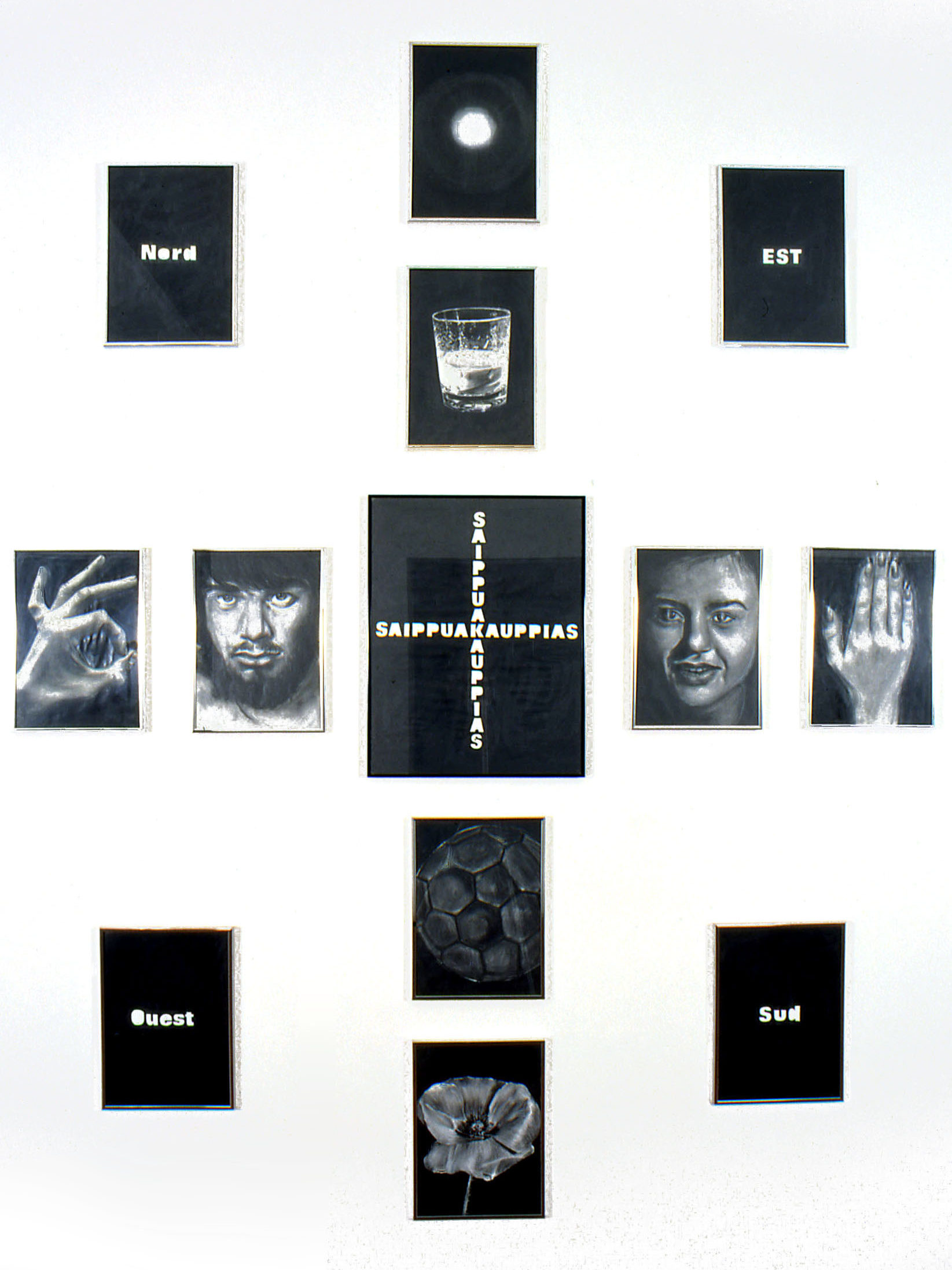
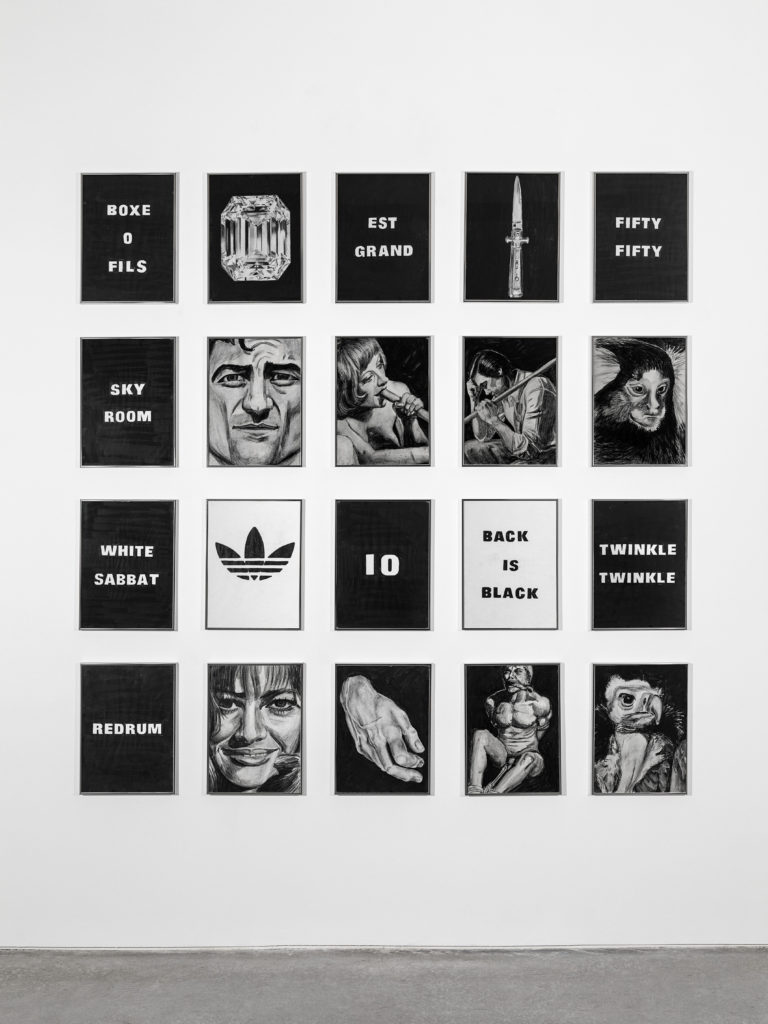
Biography
Jean-Luc Blanc was born in 1965 in Nice. He lives and works in Paris.
The matrix of Jean-Luc Blanc’s artistic project is articulated around an unalterable procedure that gives his works their ambiguous character. Like his drawings, the paintings he has made since the year 2000 are based on a practice of reappropriation. First, the artist collects a corpus of images found from different visual sources (cinema, magazines, press articles, postcards, adverts or lately Serge Diakonoff’s face paintings). He then repaints these patterns on a large canvas by isolating them.
Much as Picabia remained faithful to the photographs from which he was inspired, J.-L. Blanc reloads and re-presents them: “My passion leads me to these already established images that I then organize in a very disparate way to find them another breath, another voice.” The cinematographic aspect of his works allows him to create his own language: like a filmmaker, he reframes his subjects, most often in a close-up. For example, the portrait of a young man in a turtleneck jumper from an advertisement for a bank in the 1970s is completely reworked to give it an atmosphere other than that of the original image. By adding dark circles to the face of this man, the painter gives him a vampiric dimension, referring, among other things, to the aesthetics of German Expressionist films. In this way, the canvases act on the viewer just as J.-L. Blanc needs the images to act upon him. These are first and foremost gazes – we could almost say camera-gazes – that call out to us and fix us. So close and yet so far…
J.L. Blanc’s work highlights the tension between a perfectly mastered technique and the enigmatic character that this representation sends back to the viewer. But don’t we recognize images we have already seen, even if we can’t manage to clearly identify them?
The apparent simplicity of the sketches and the banality of the people in his portraits do not capture the long process of maturing that brought them to life. Elsewhere, an indescribable universe conveys another meaning whose traces are parsimoniously revealed. These scattered elements of fiction progressively build up a set of troublingly charismatic characters who reveal a strange banality. In J.-L. Blanc there is thus a “secret to reveal behind each image”. And it’s up to the viewer to let themselves get carried away in the mind and language games.
The artist presented several large scale paintings and drawings in the exhibition ‘Future, Former, Fugitive’ at the Palais de Tokyo, Paris (2019-2020). In 2018,he presented his work in the exhibition ‘Divided We Stand’ for the Busan Biennale in South Korea and in 2009 the CAPC Bordeaux gave him a ‘carte blanche’ for his Opera Rock. In 2004, his work was shown at the MAMCO Geneva. He recently participated in the exhibitions DUST : The Plates of the Present, Centre Pompidou, Paris (2020); Milléniales. Peintures 2000 – 2020, FRAC Nouvelle-Aquitaine MÉCA, Bordeaux (2020); Michael On The Wall, Grand Palais, Paris (2018); The Crime was Almost Perfect, Witte de With, Rotterdam (2014); L’Heure des Sorcières, Le Quartier, Quimper; Pléiades, Les Abattoirs, Toulouse (2013); L’Arbre de Vie, Le Collège des Bernardins, Paris (2013); et Sociétés Secrètes, CAPC, Bordeaux (2011).
His work is part of numerous public collections among which: Musée d’Art Moderne de Paris; MAC VAL – Musée d’Art Contemporain du Val-de-Marne; MAMCO, Geneva ; Fonds National d’Art Contemporain, Paris ; FRAC Artothèque Nouvelle-Aquitaine, Limoges; FRAC Rhône-Alpes, Villeurbanne; FRAC Provence-Alpes-Côte d’Azur, Marseille ; FRAC Haute Normandie, Sotteville-lès-Rouen; FRAC des Pays de la Loire, Carquefou; Domaine départemental de Chamarande.
At the gallery
Video
Downloads
Catalogues
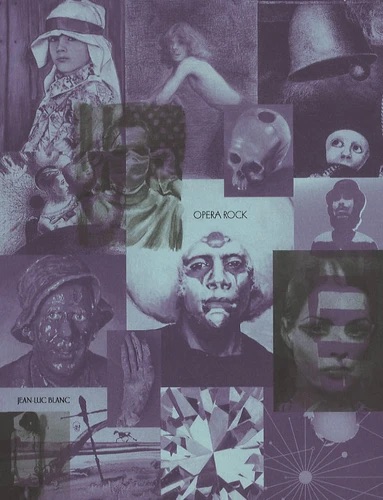
Jean-Luc Blanc [Catalogue de l’exposition Opéra Rock CAPC Bordeaux, 2009], 2009
Alex Farquharson, Thierry Jousse, Melvin Moti, Alexis Vaillant
Sternberg Press, CAPC Musée d’art contemporain
Edition bilingue (français / anglais)
27,5 x 28 cm, 219 p. ; ill.
ISBN : 978-1-9331286-9-6
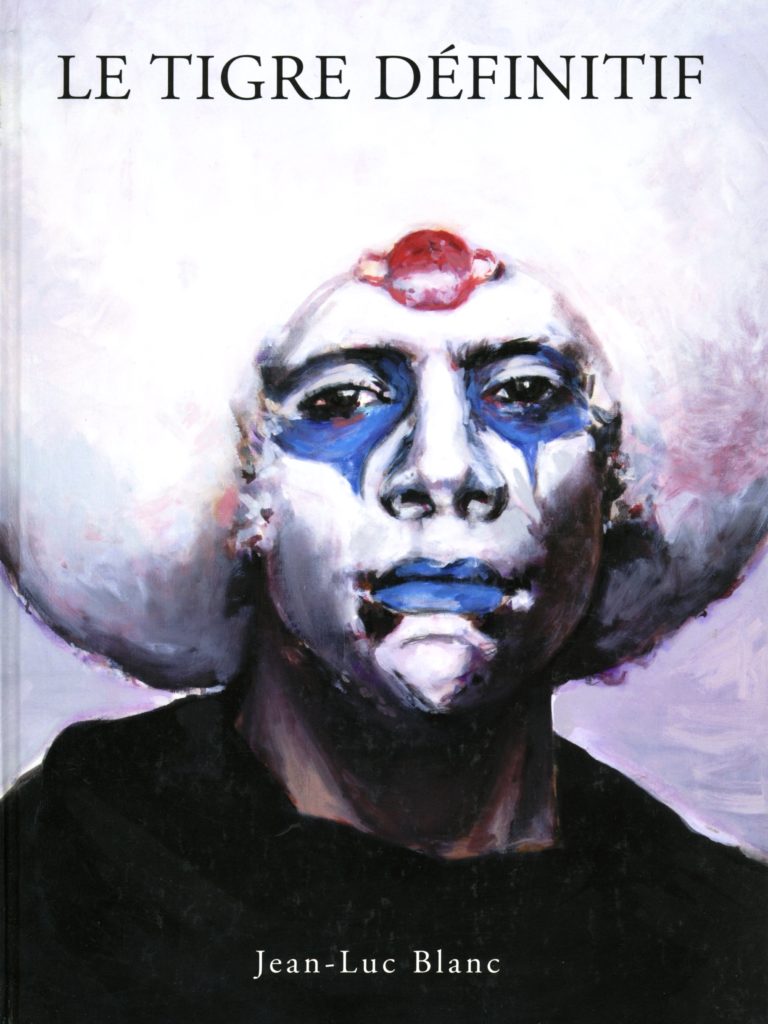
Jean-Luc Blanc, Le tigre définitif, 2006
Editions Quiquandquoi, Genève
21 x 29 cm. 40 pages
ISBN-13 : 978-2940360130
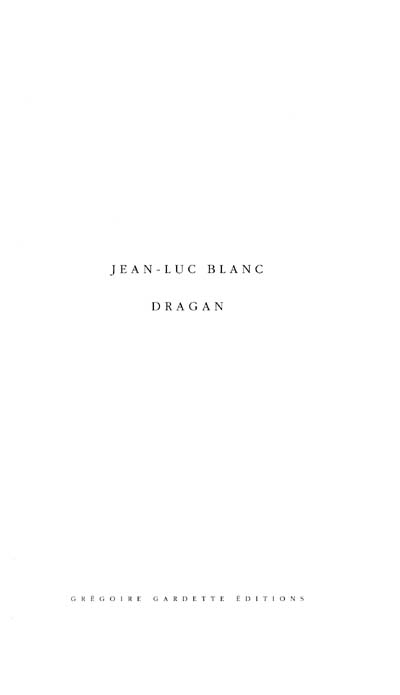
Jean-Luc Blanc, Dragan, 1999
Eric Troncy, Pascale Cassagnau, Jean-Luc Blanc
Grégoire Gardette Editions, Nice
25 cm, 60 p.
ISBN : 978-2-909767-18-5
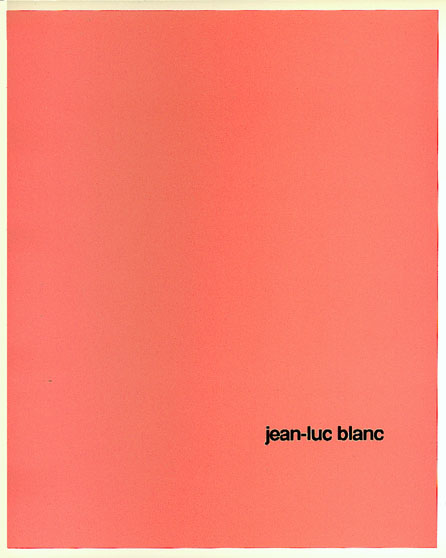
Nicolas Bourriaud, Jean-Luc Blanc, 1993
Coédition : Nice, Villa Arson & Art : Concept ; Paris, Jennifer Flay
10 p.































